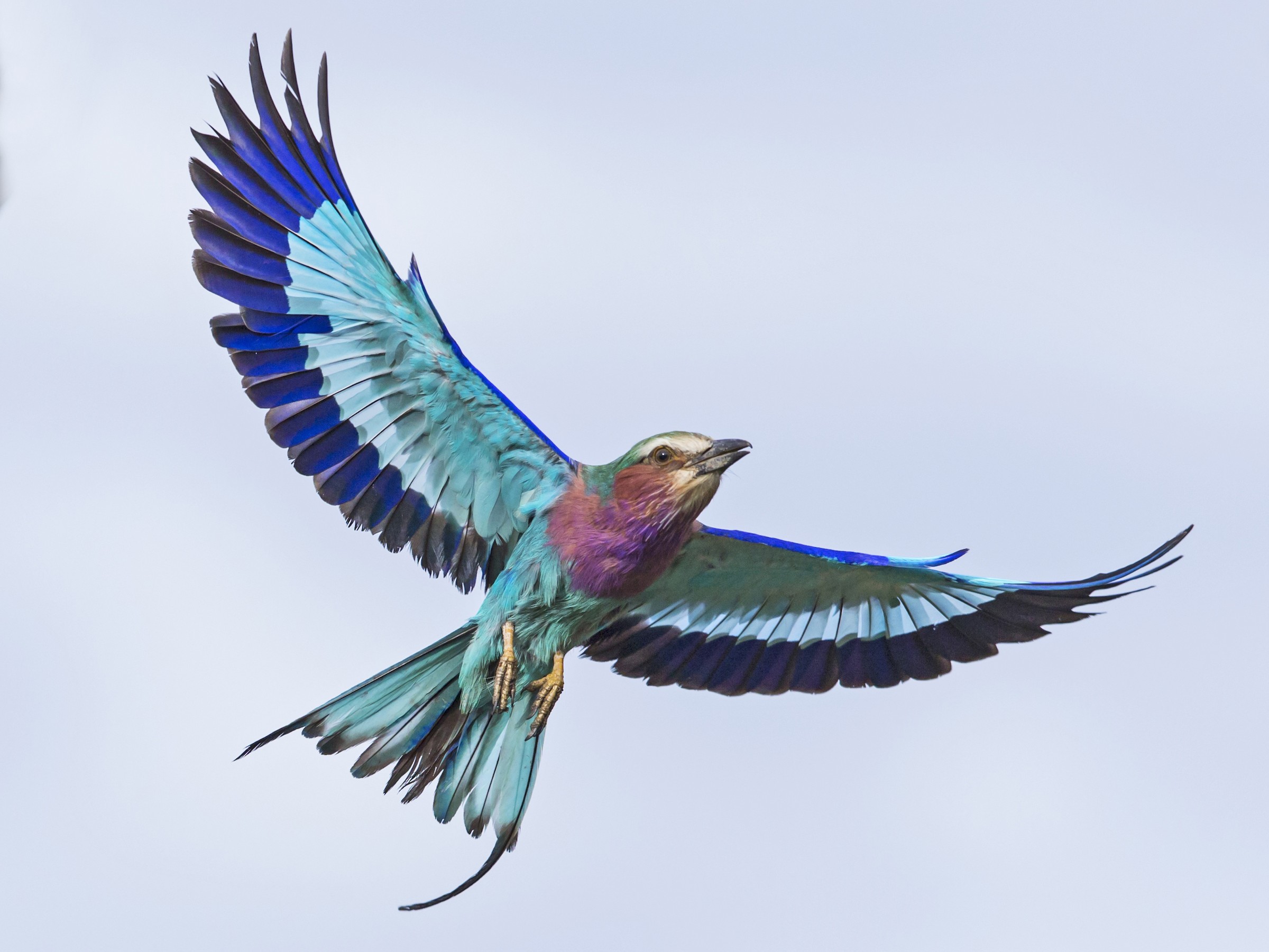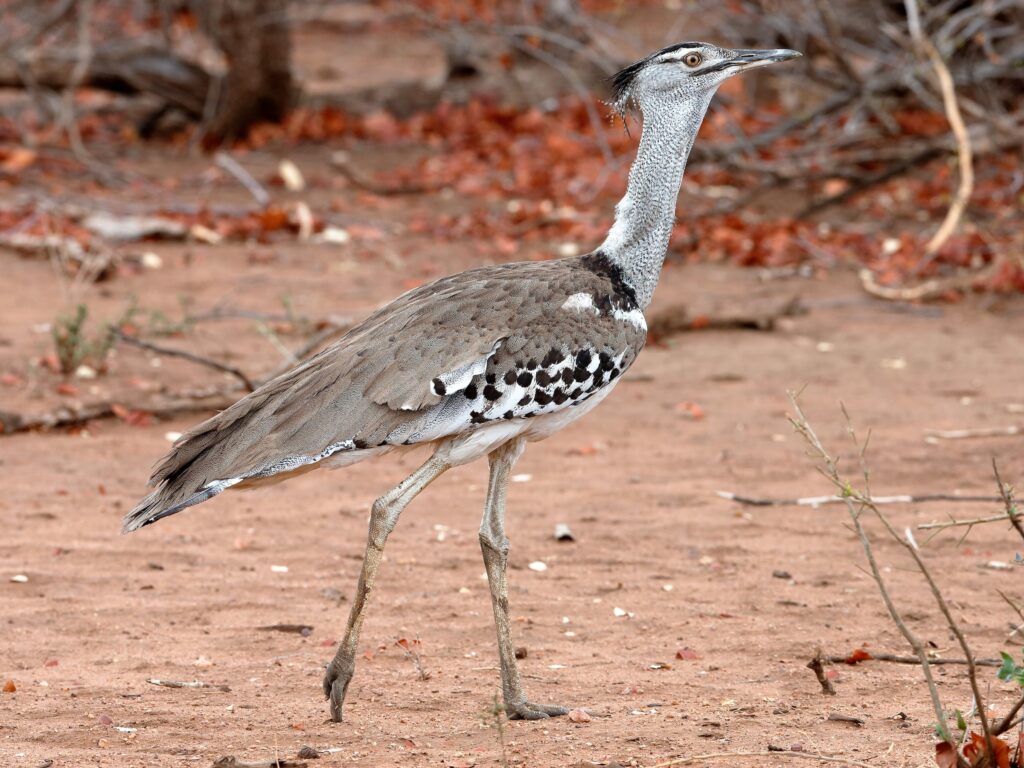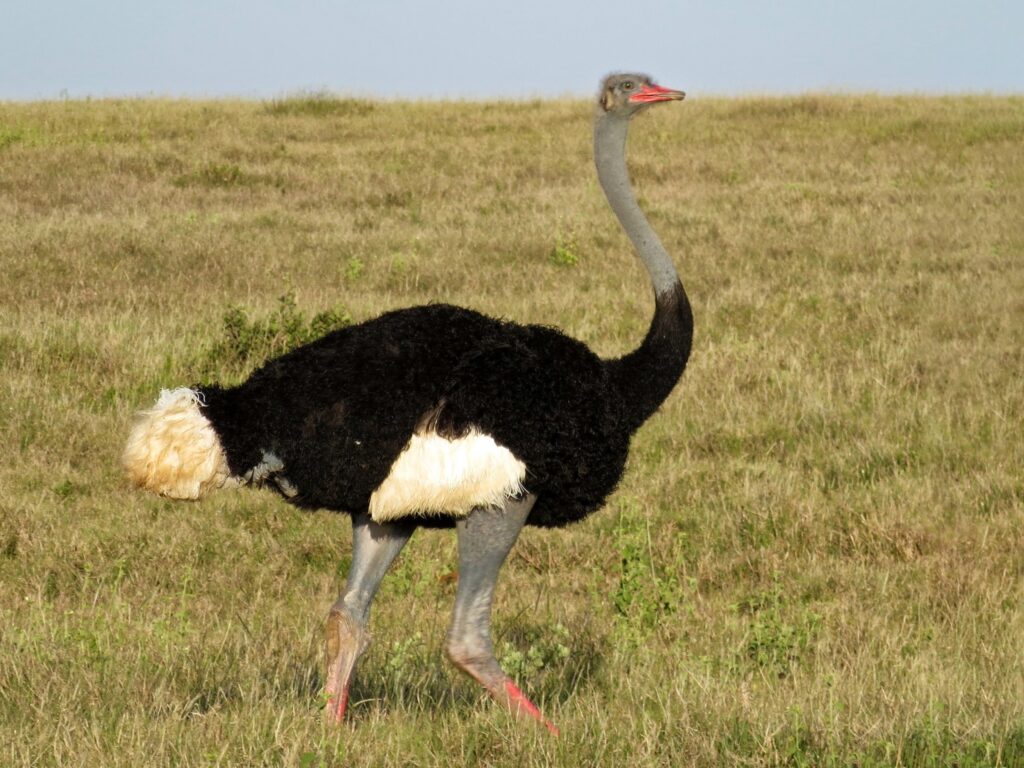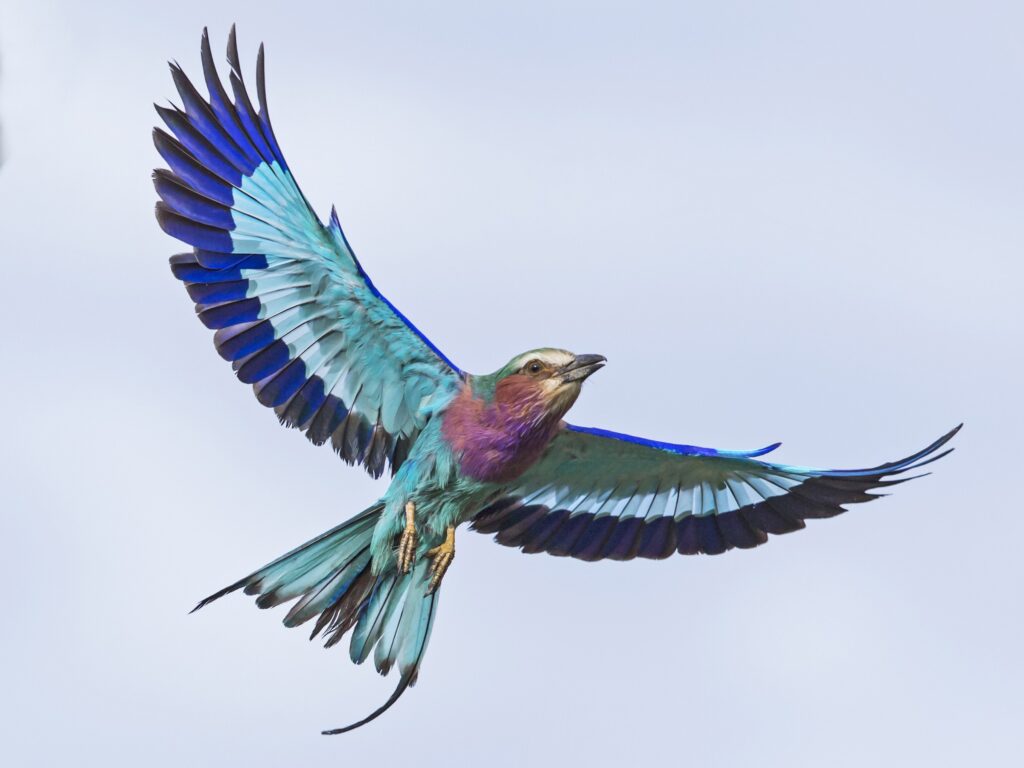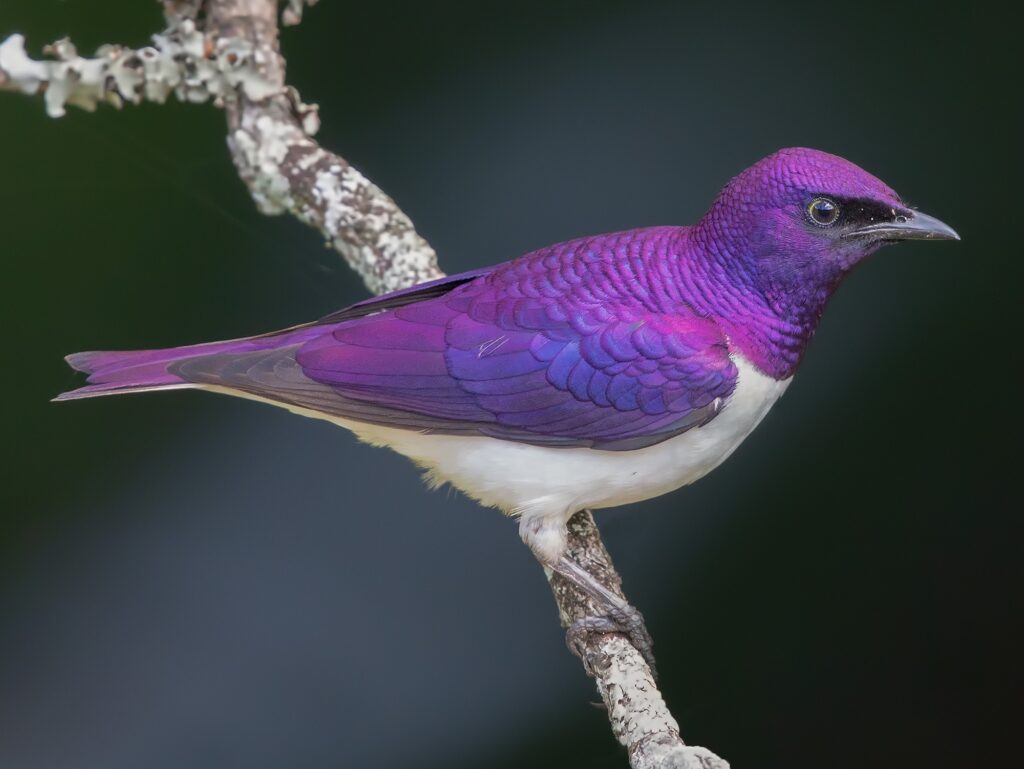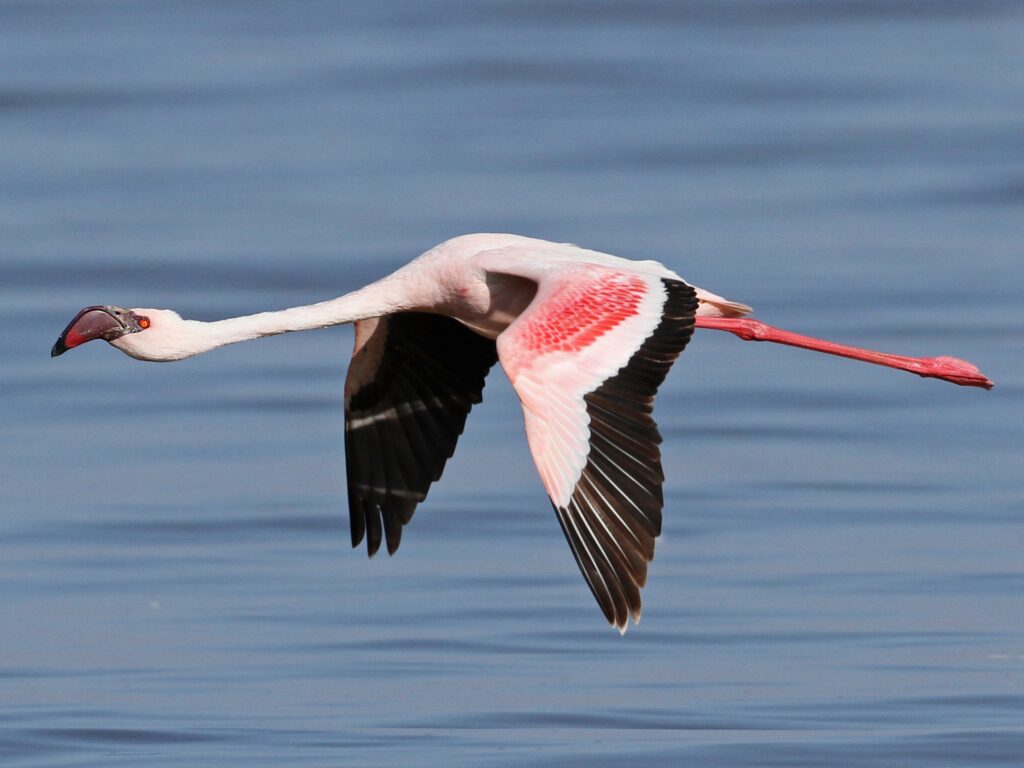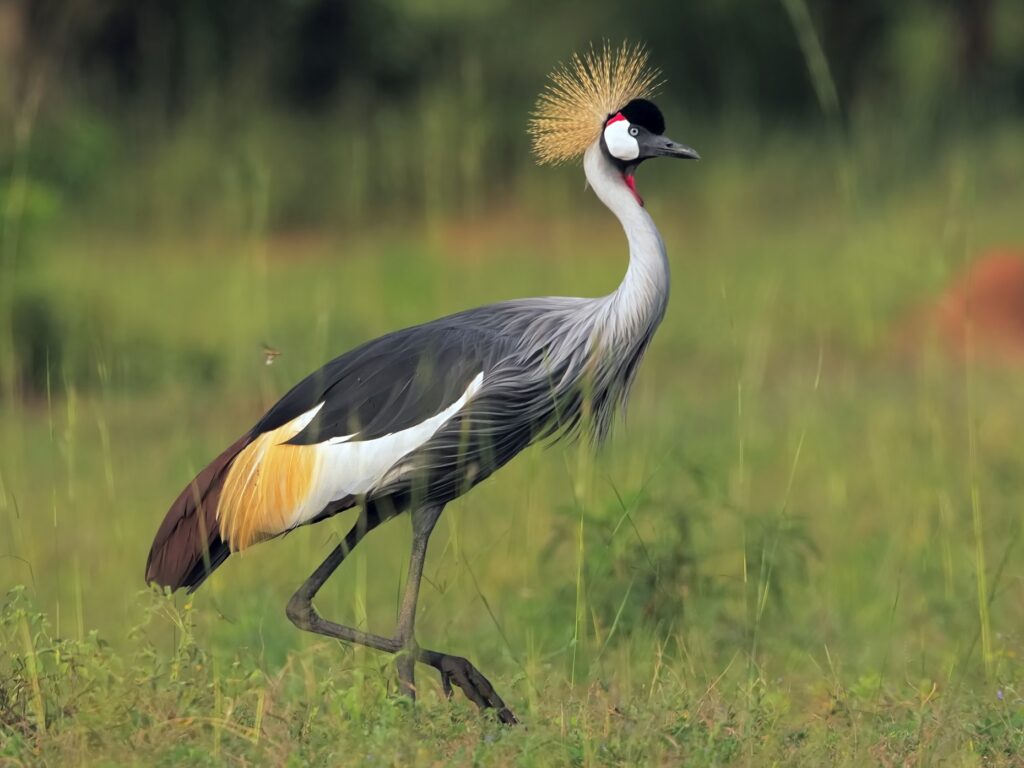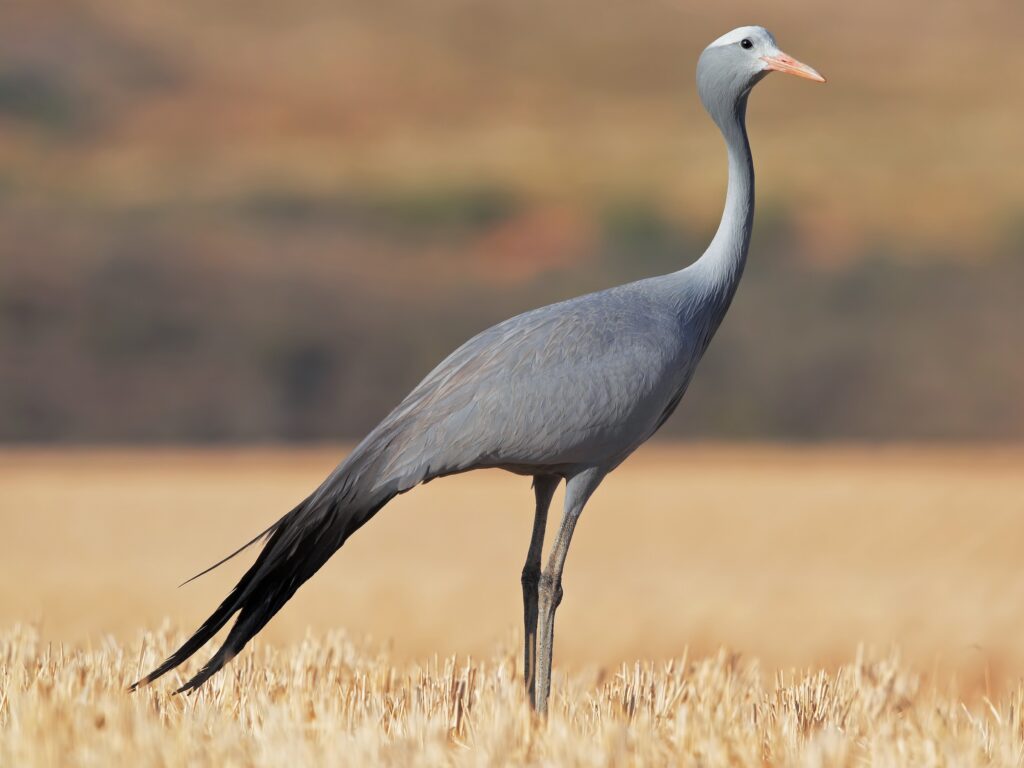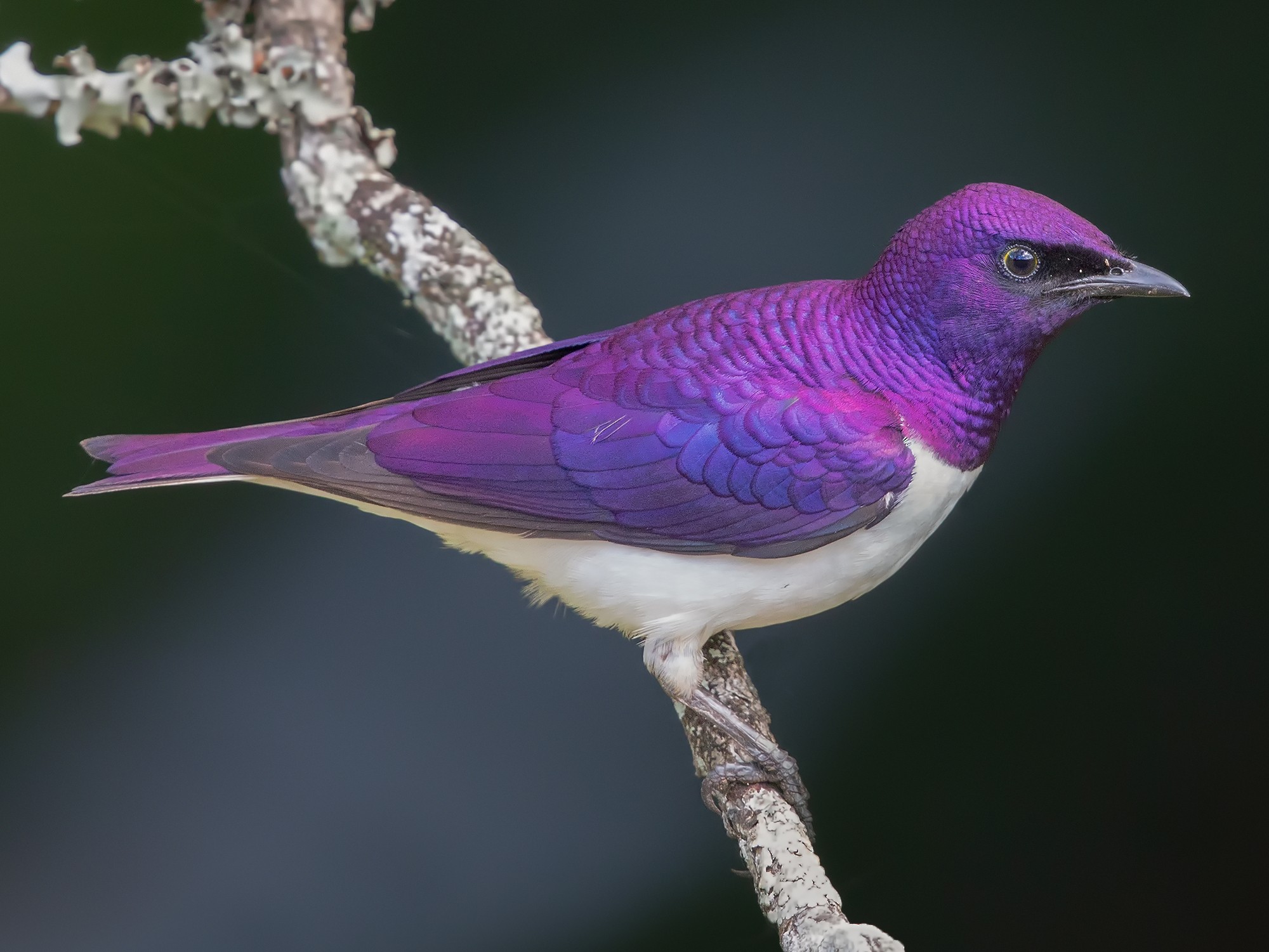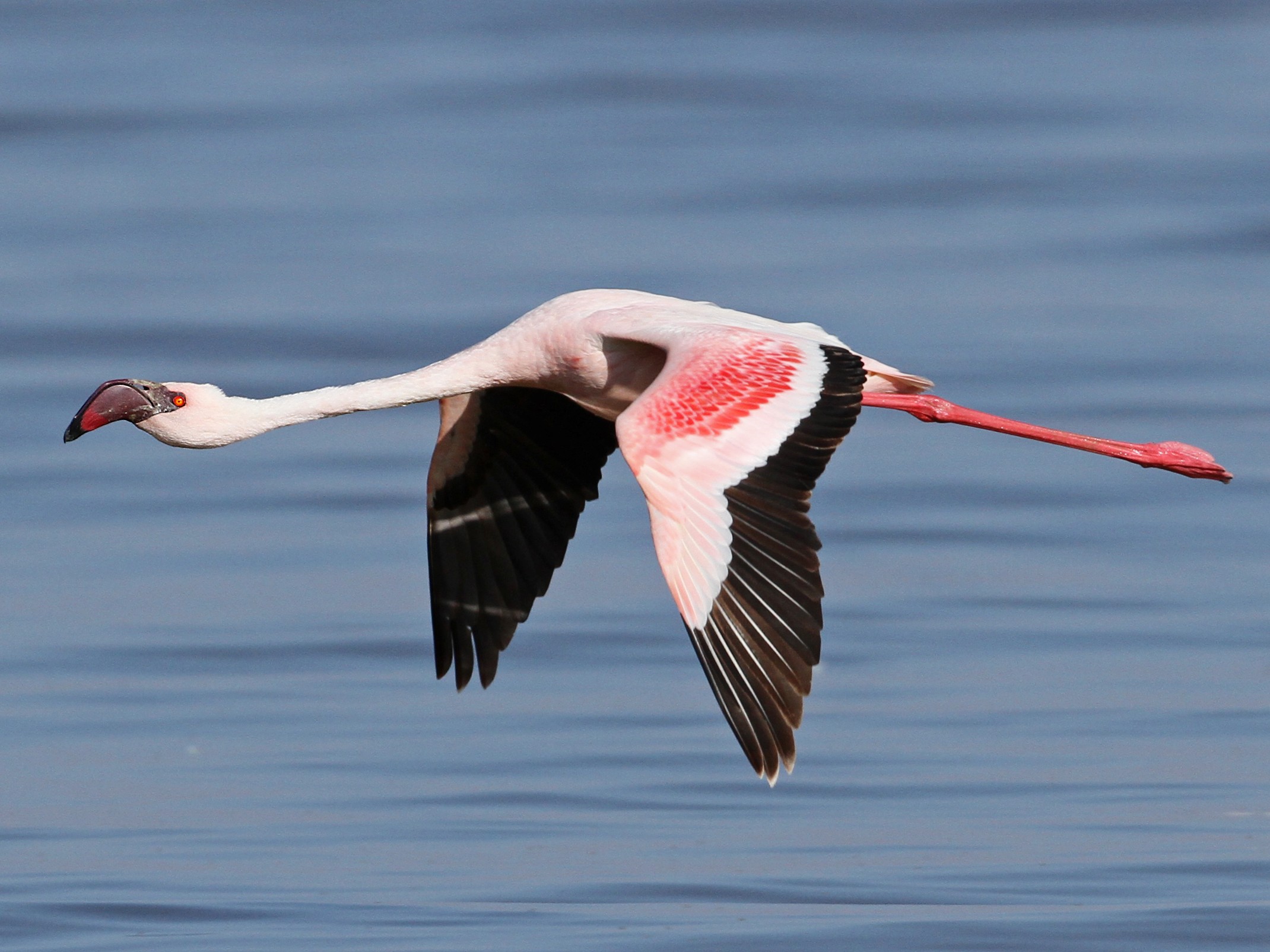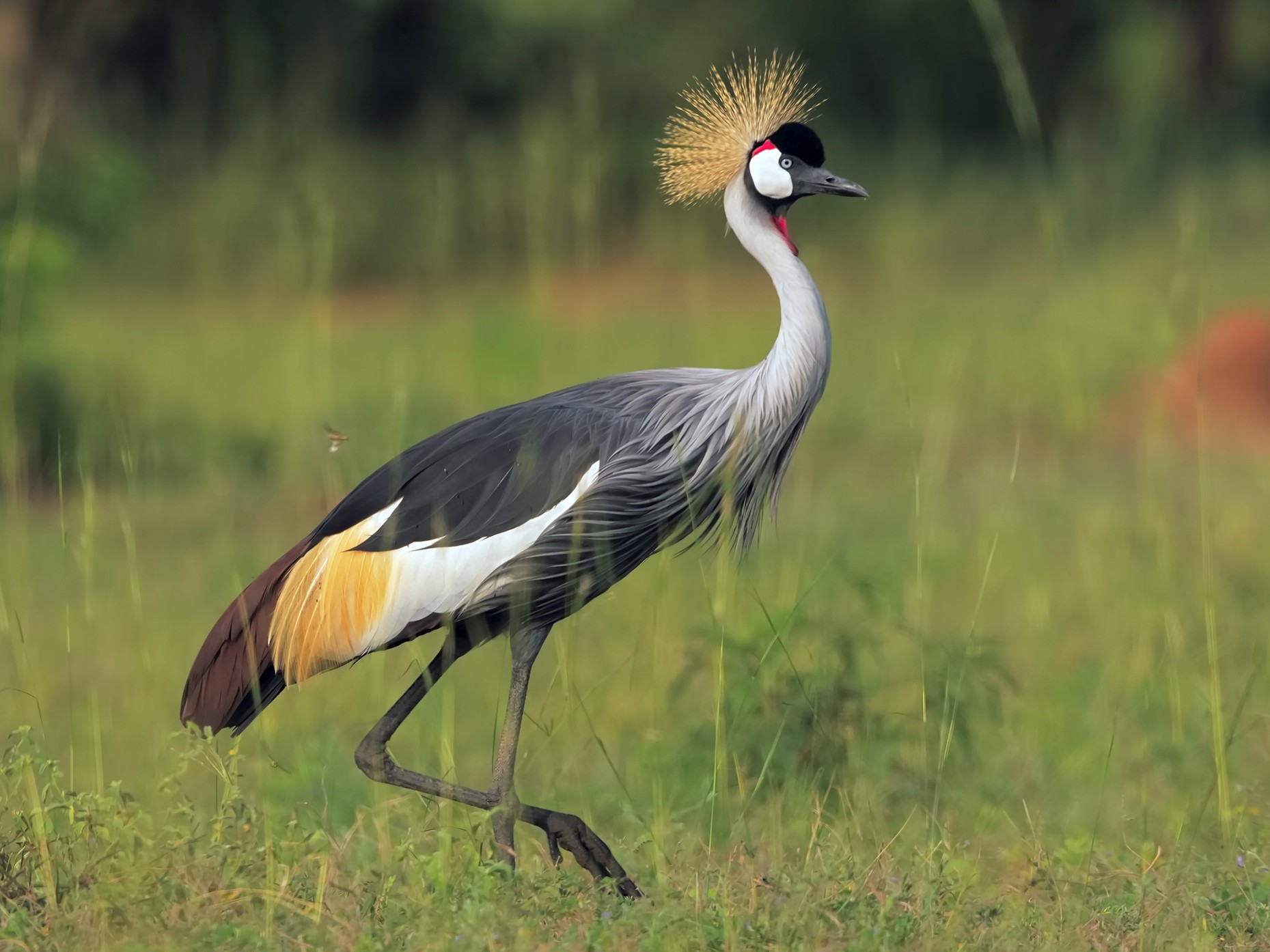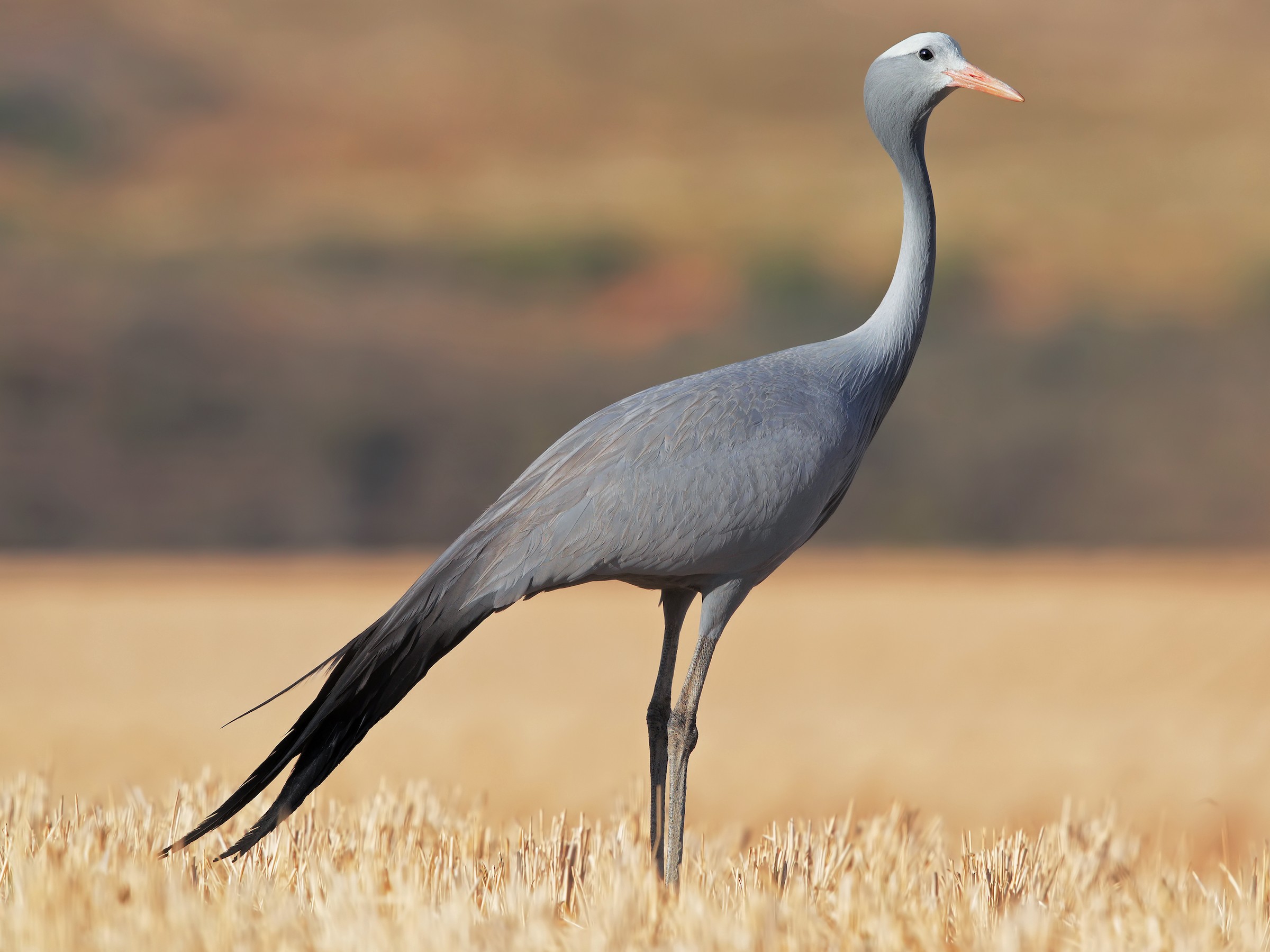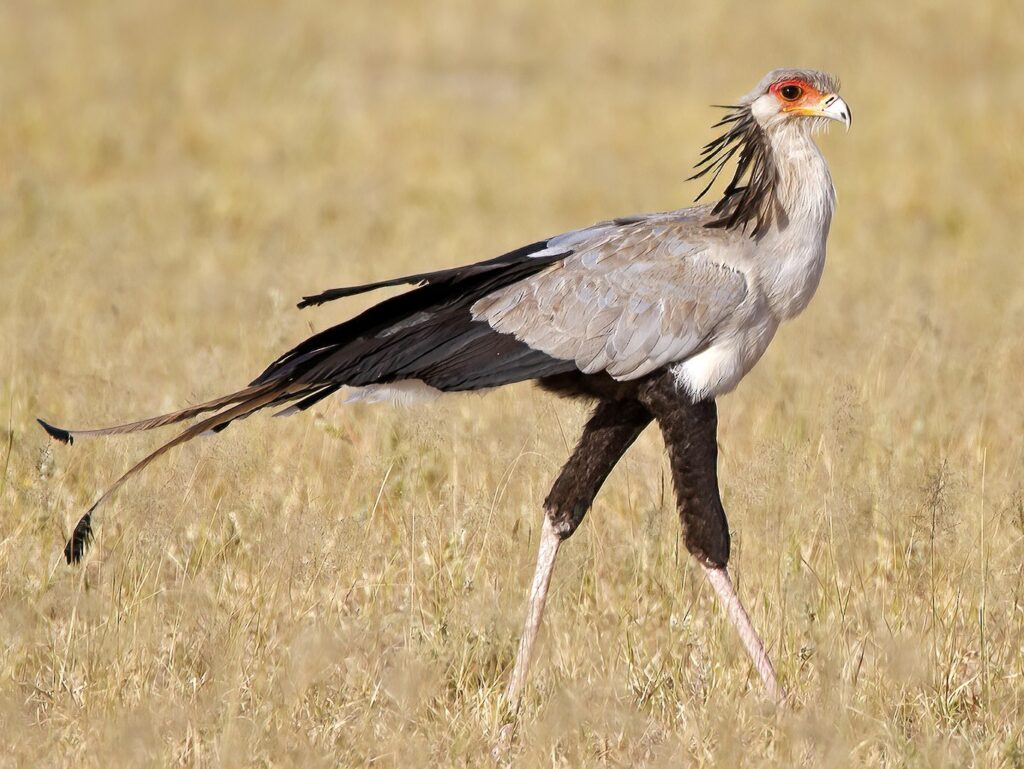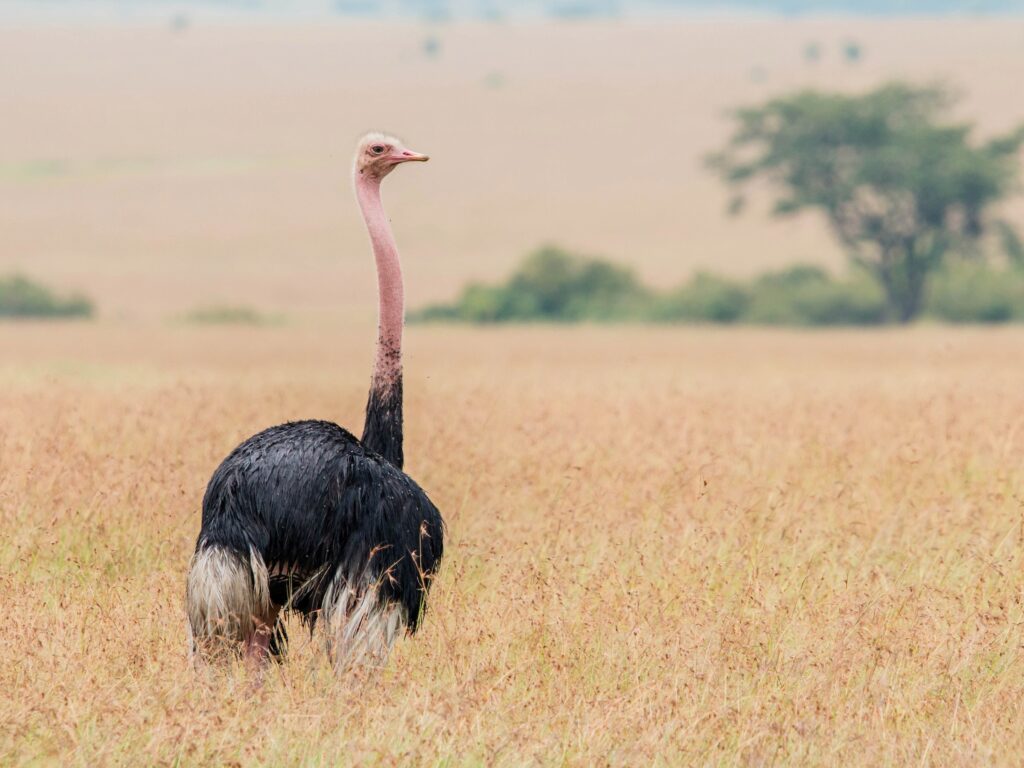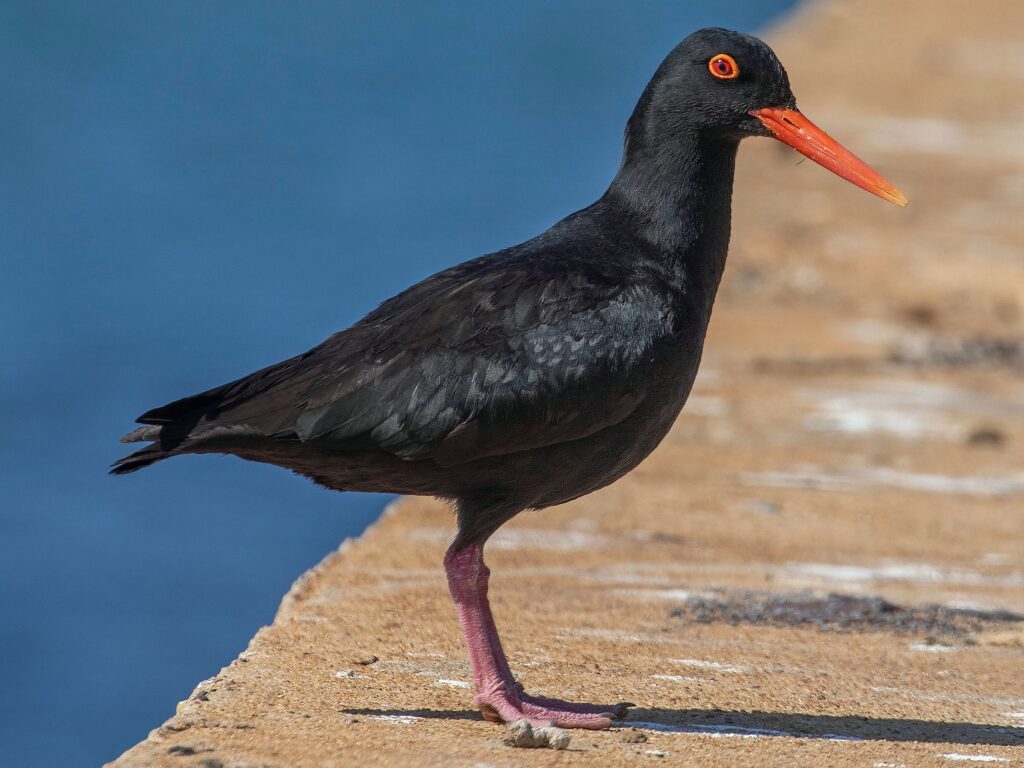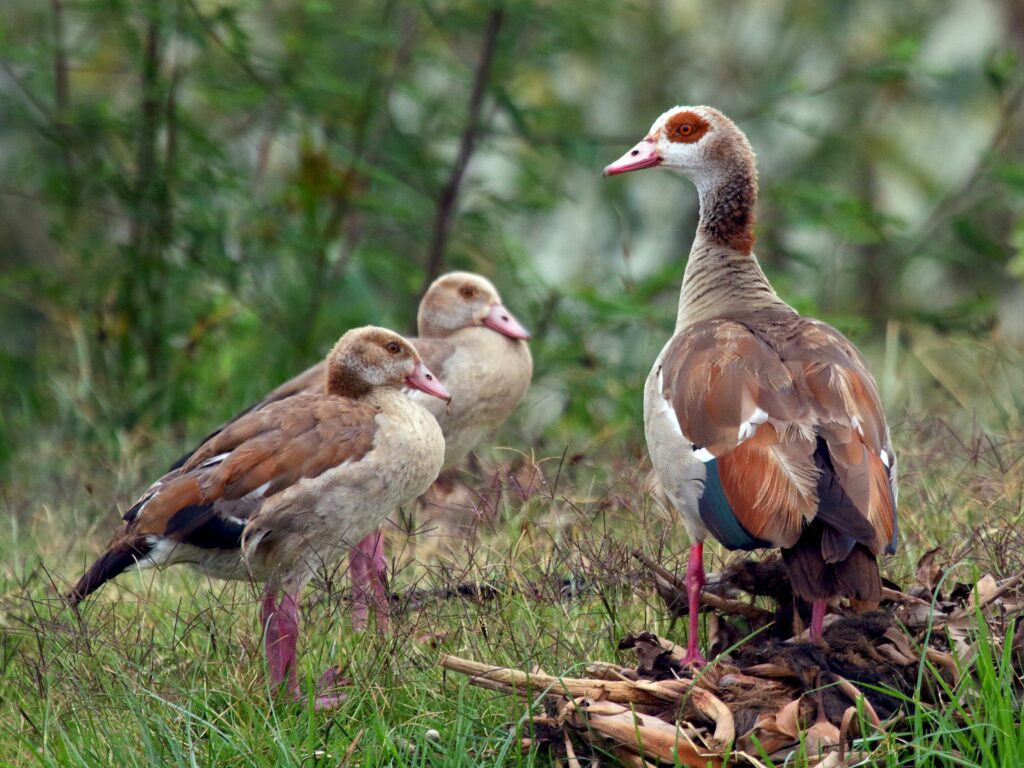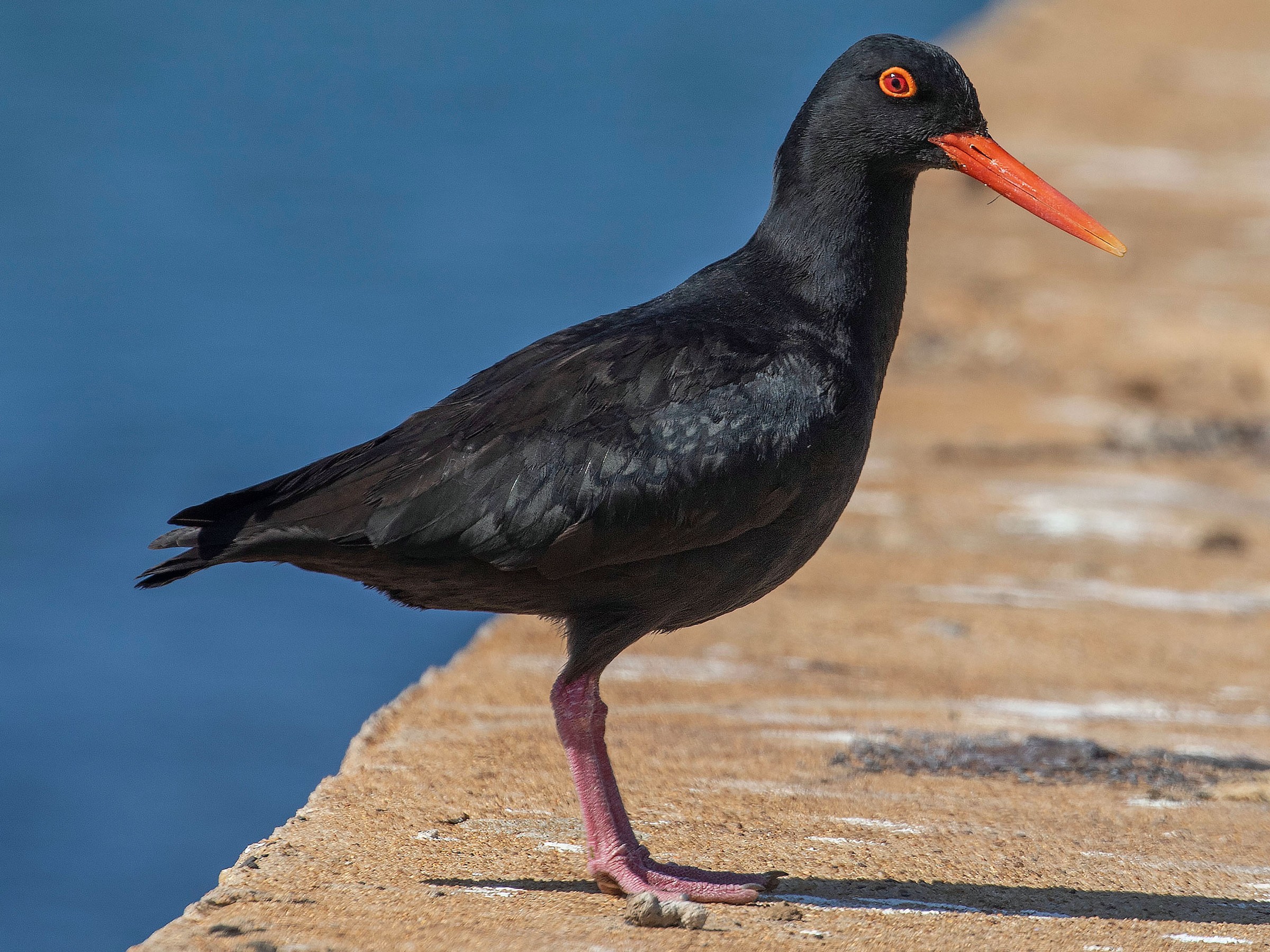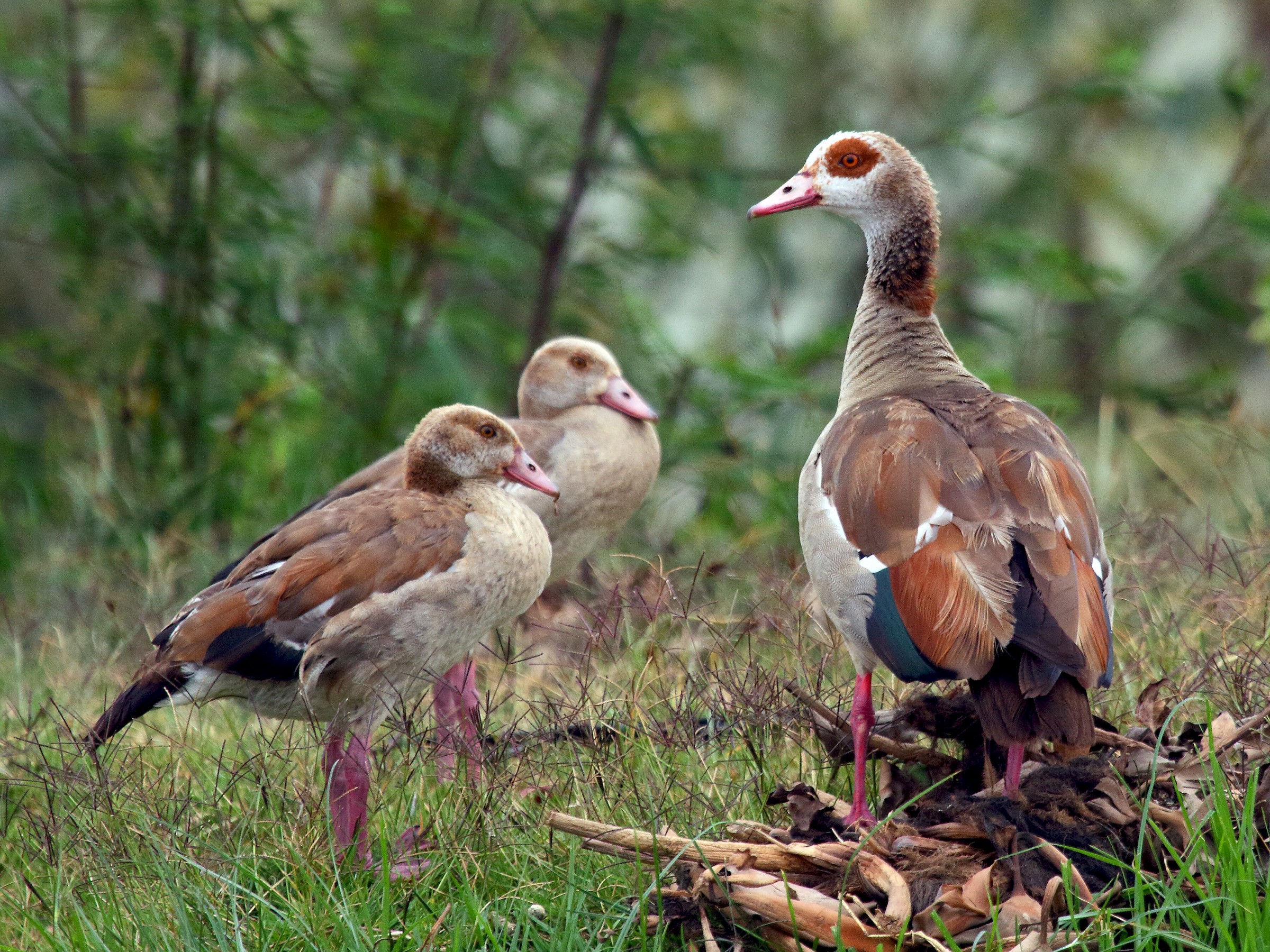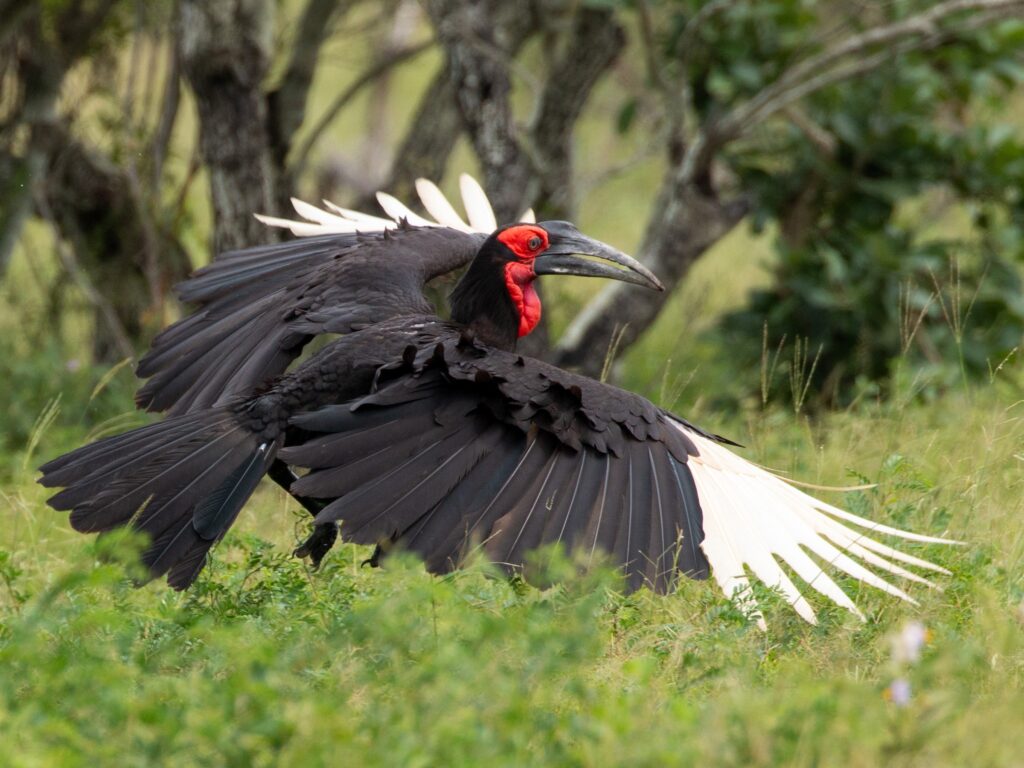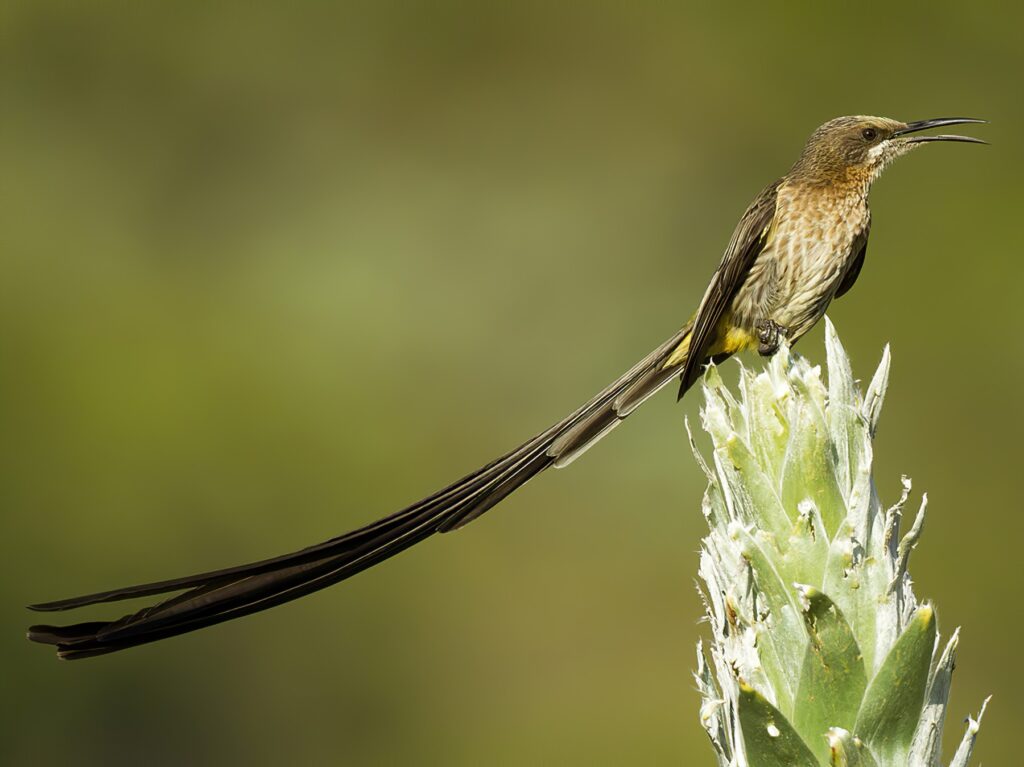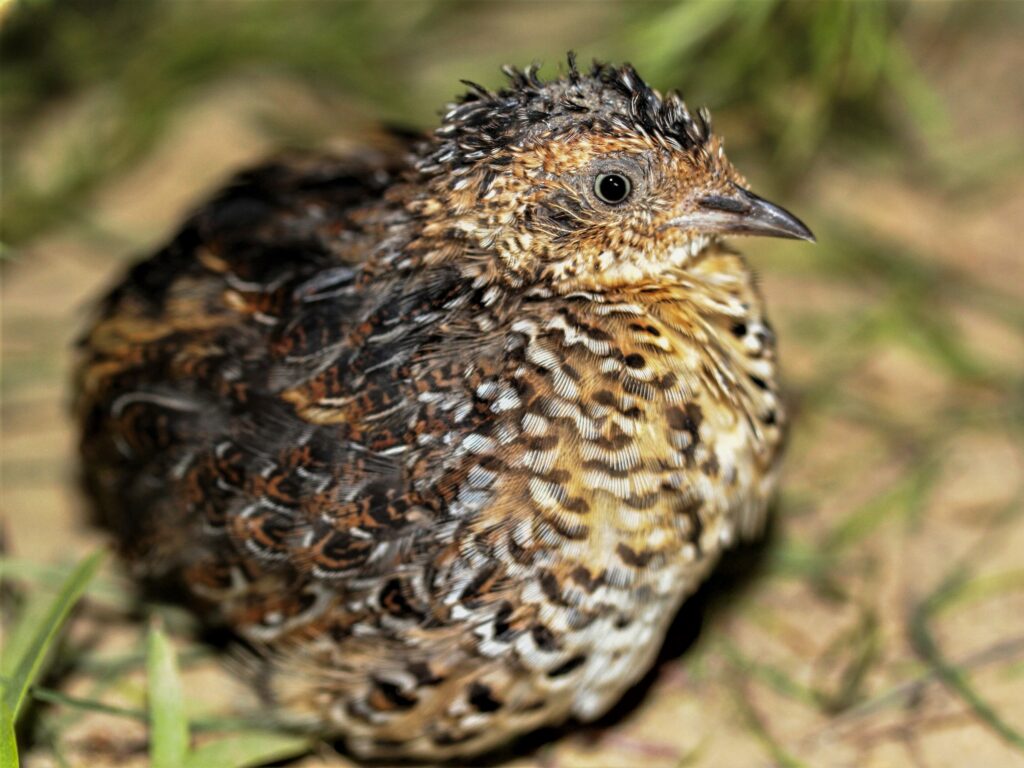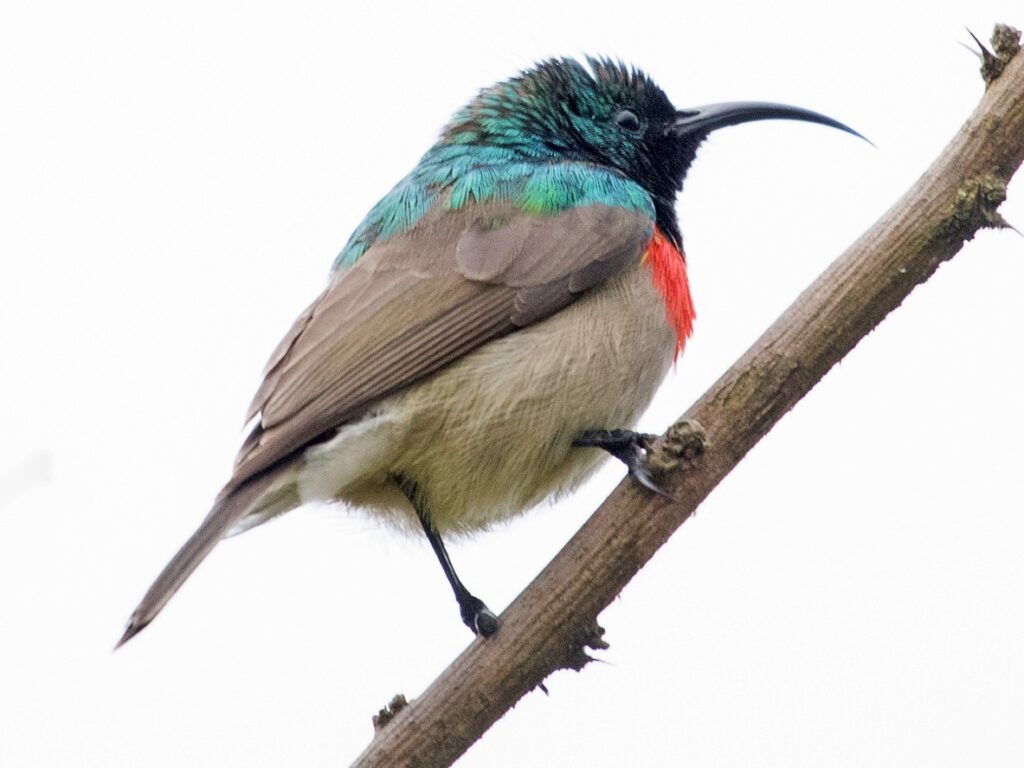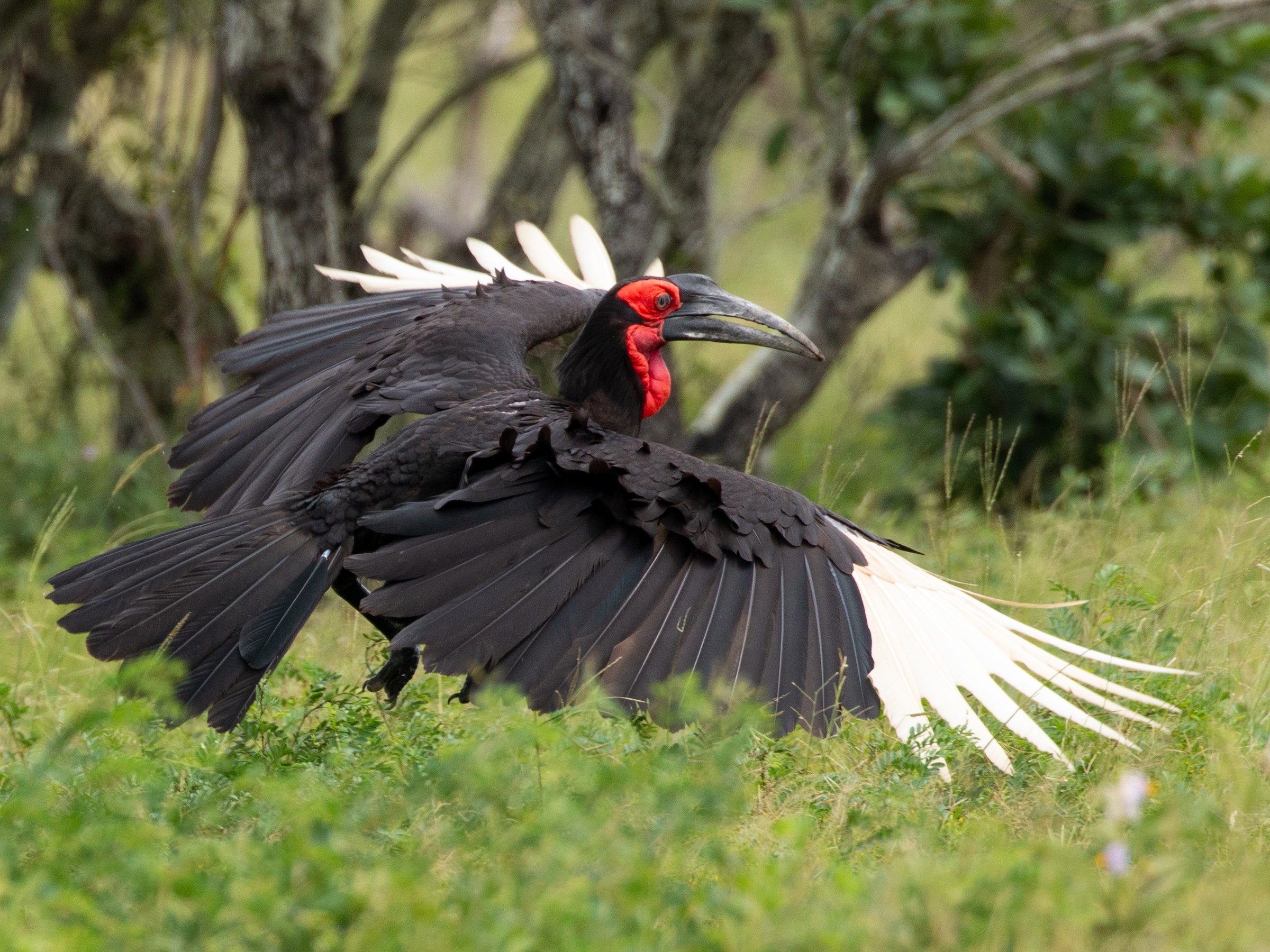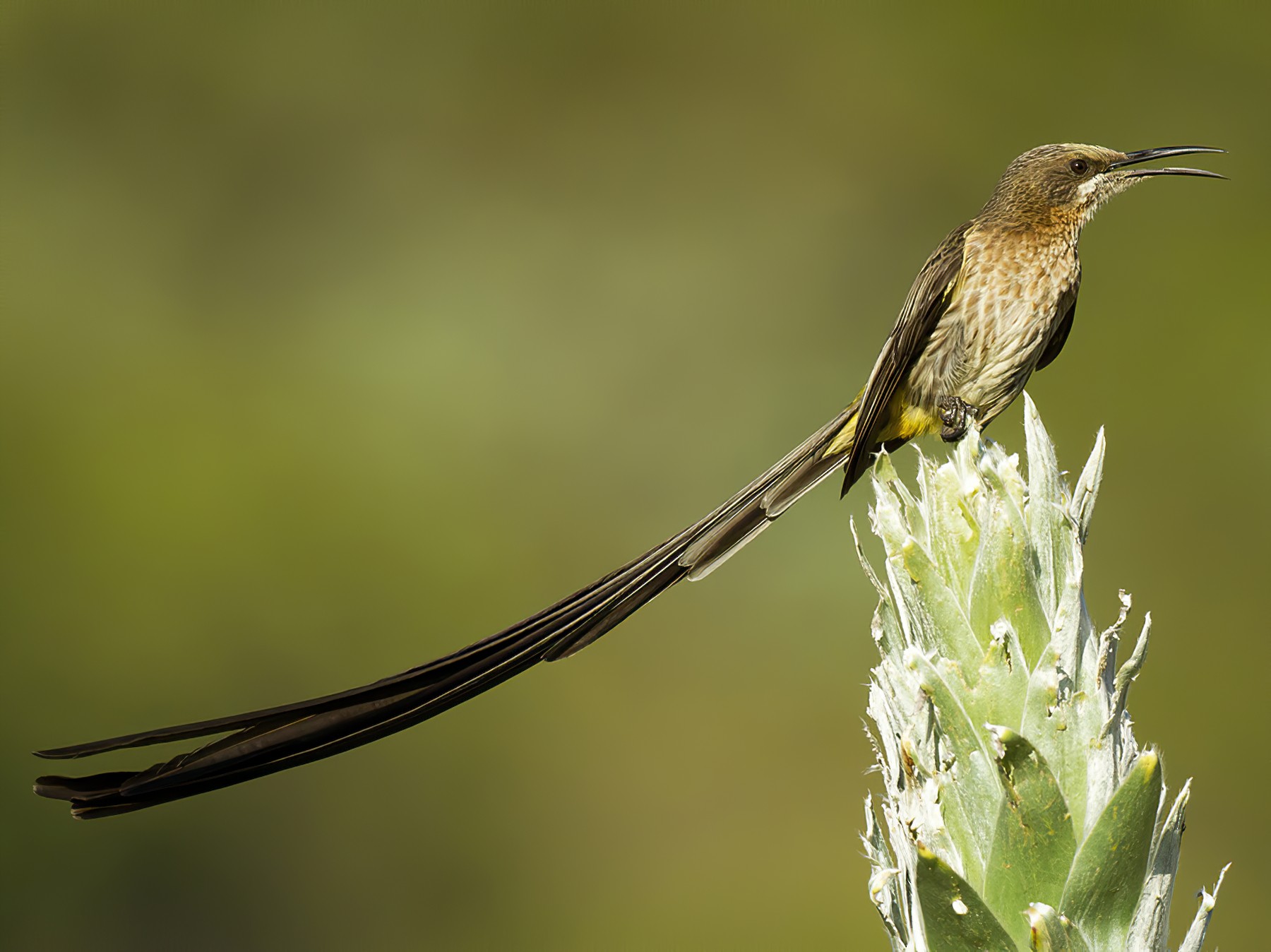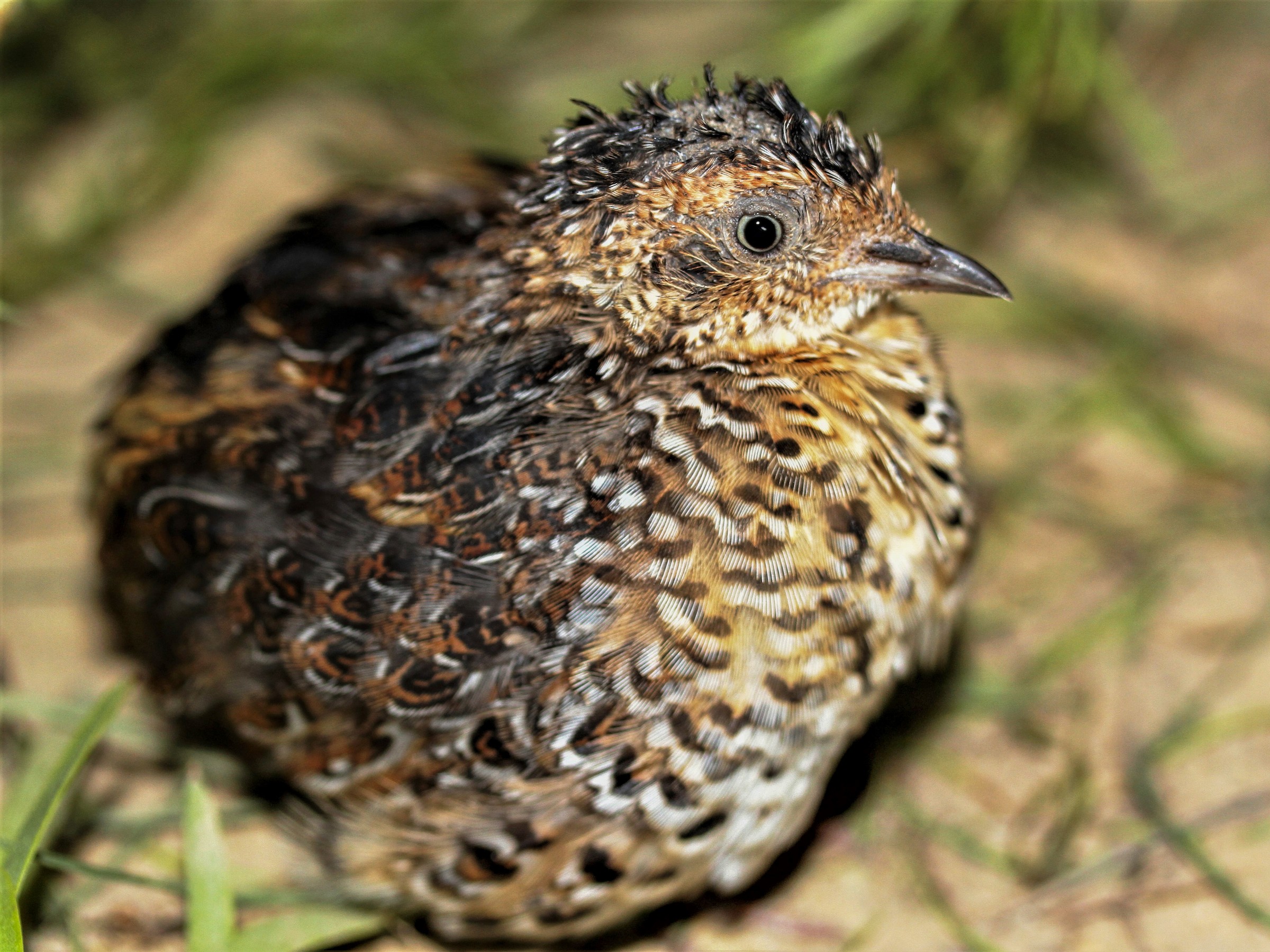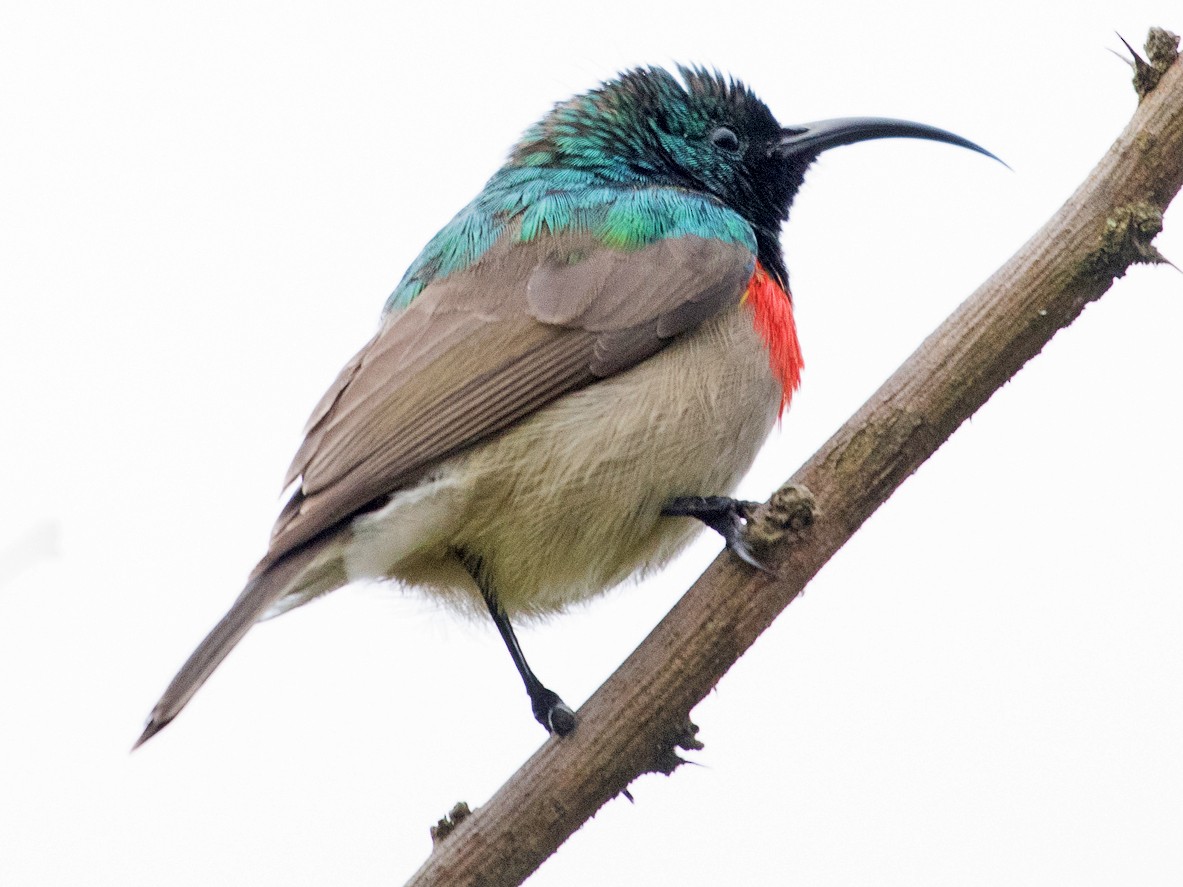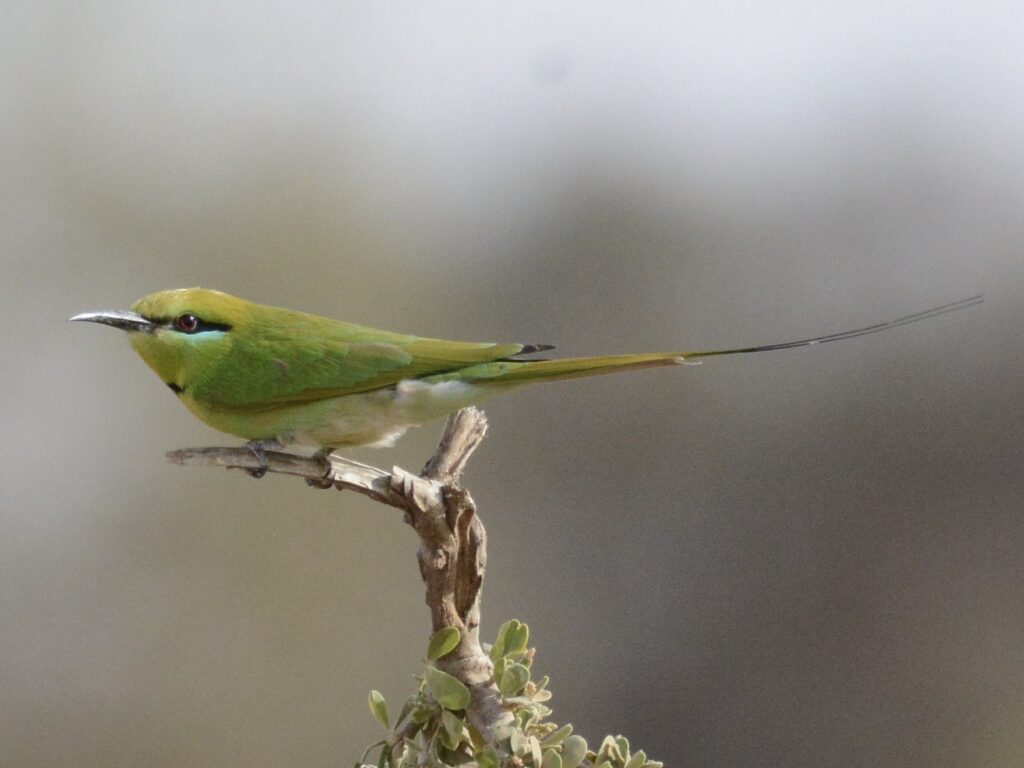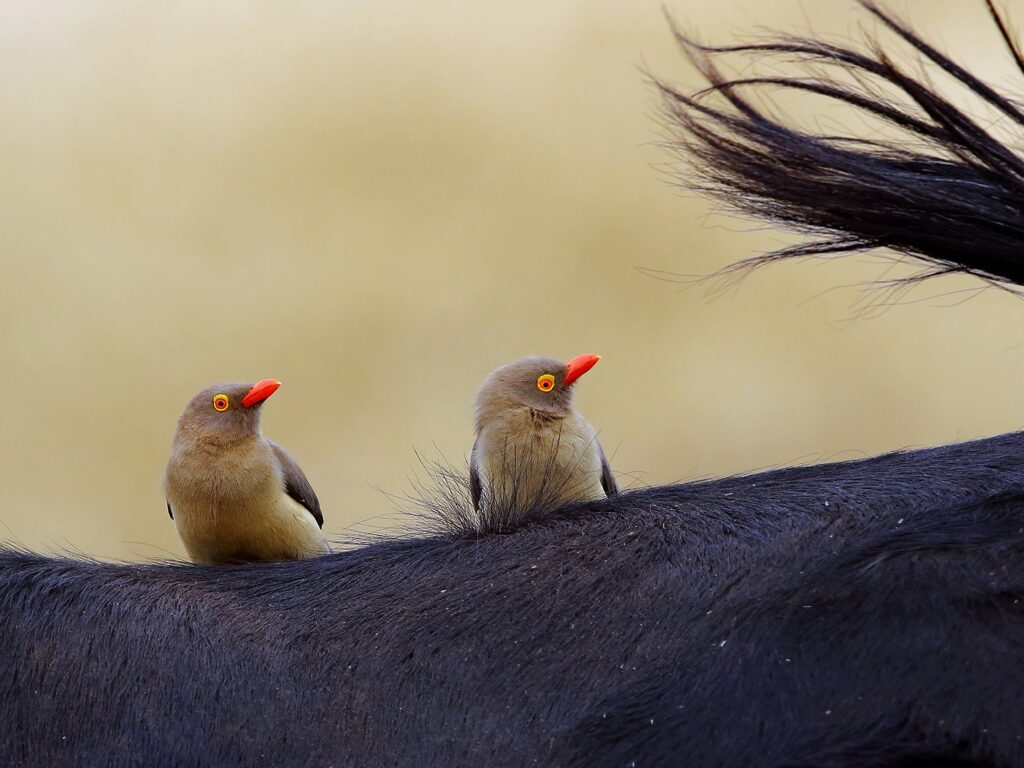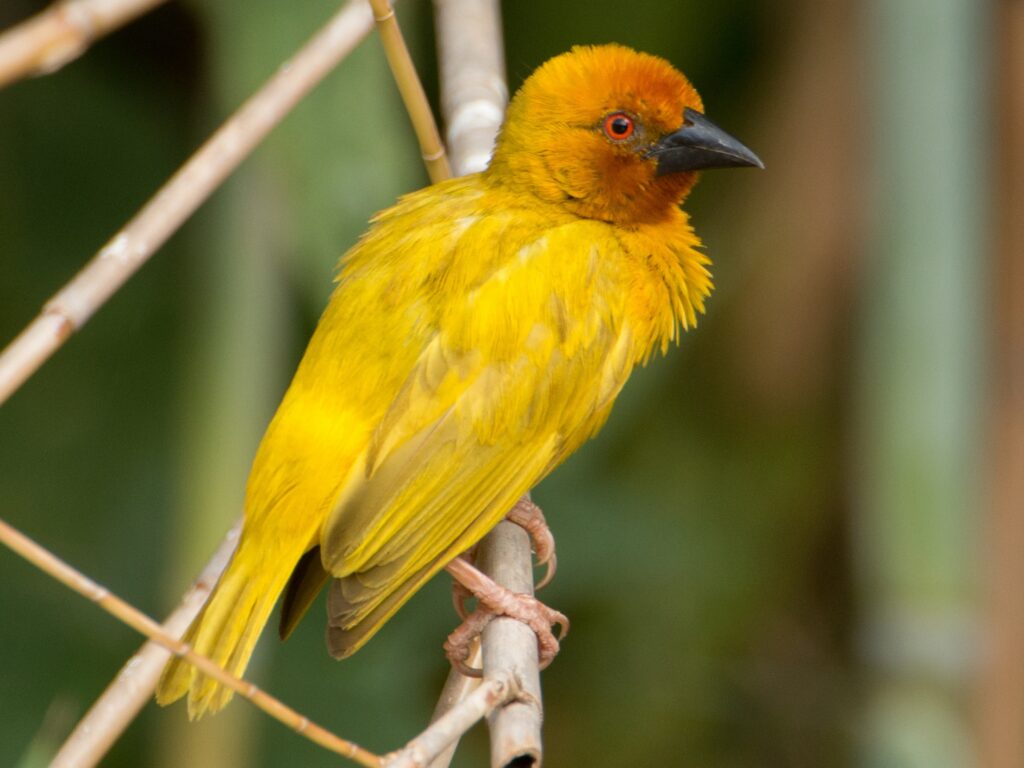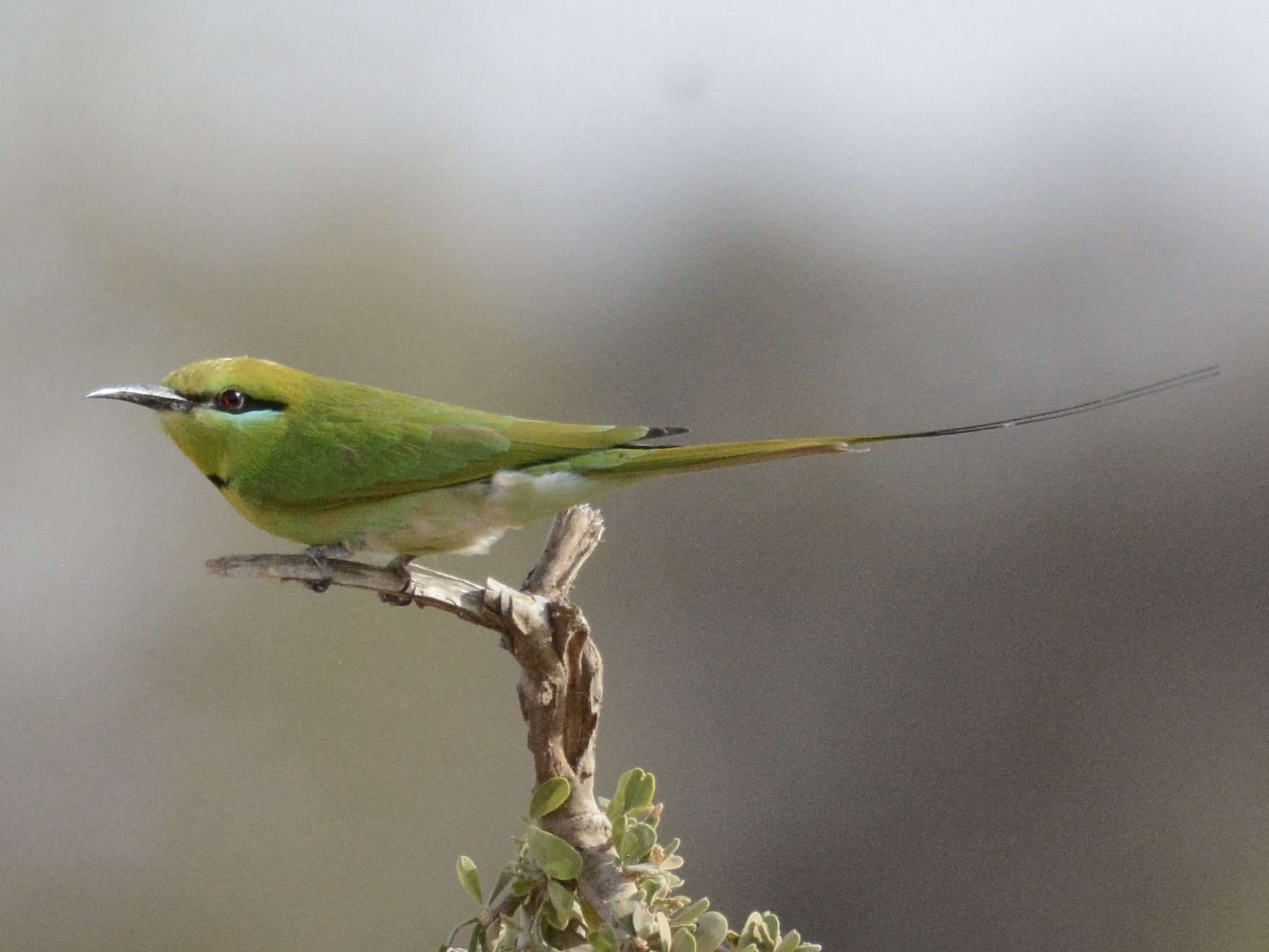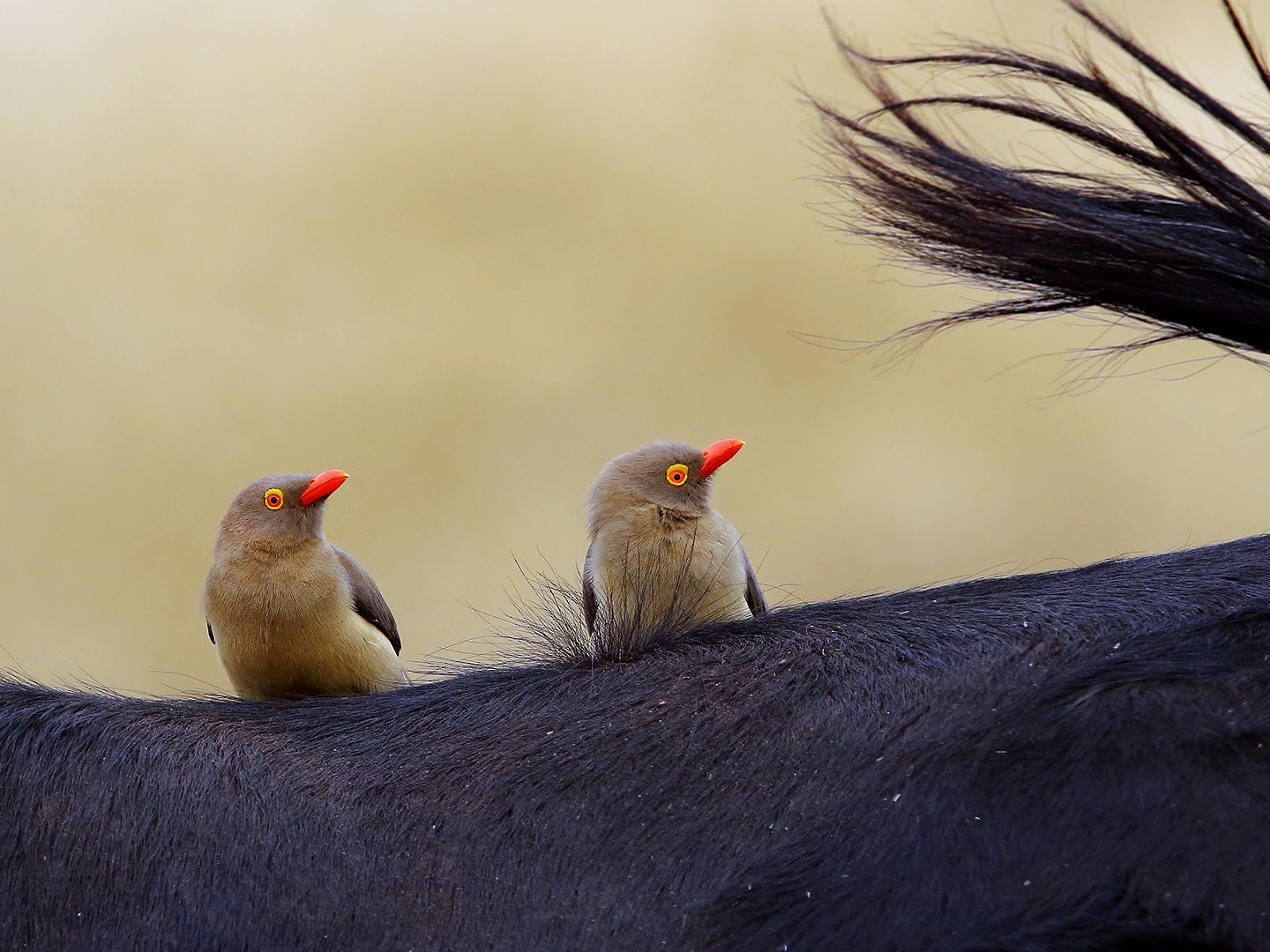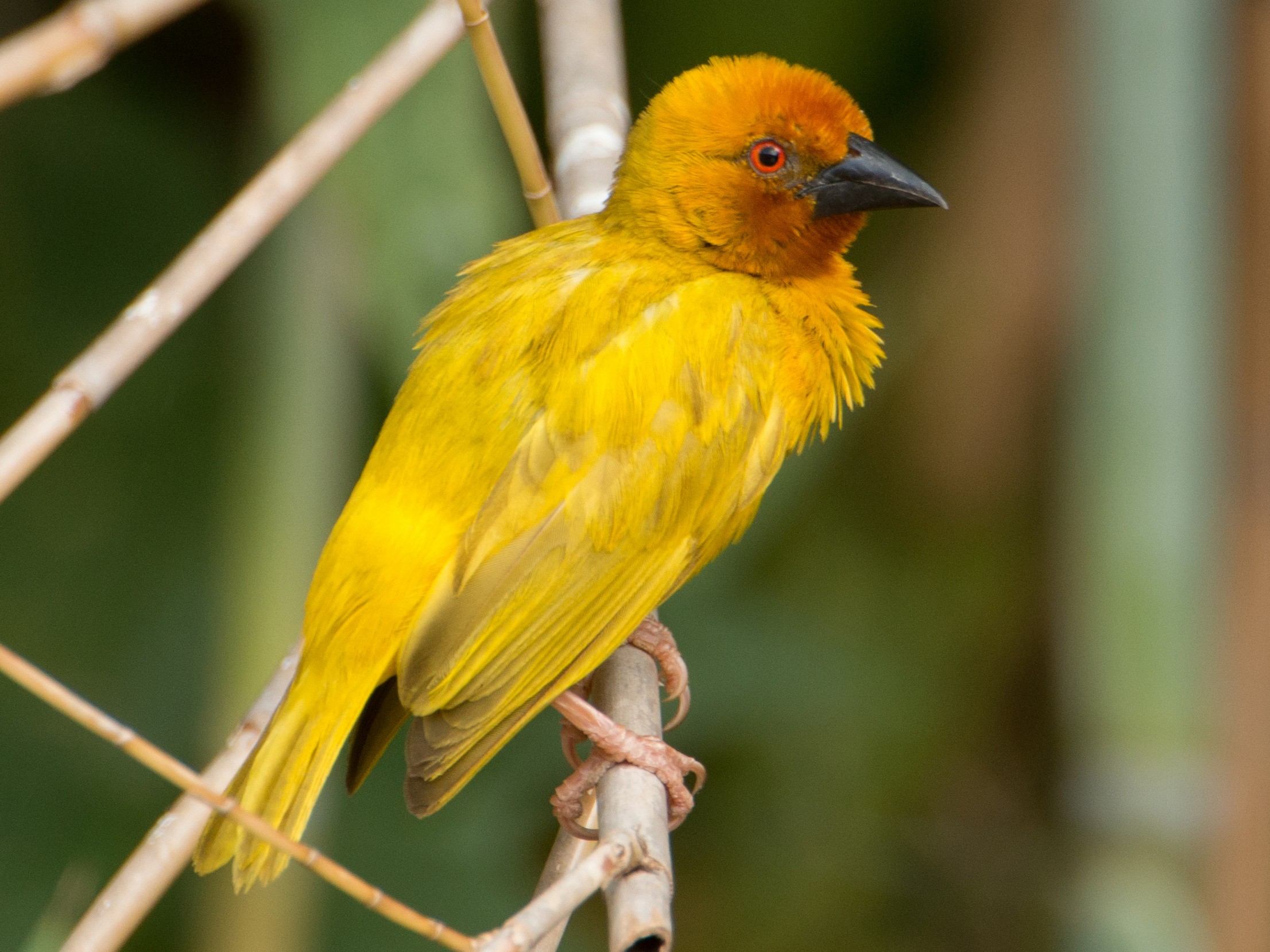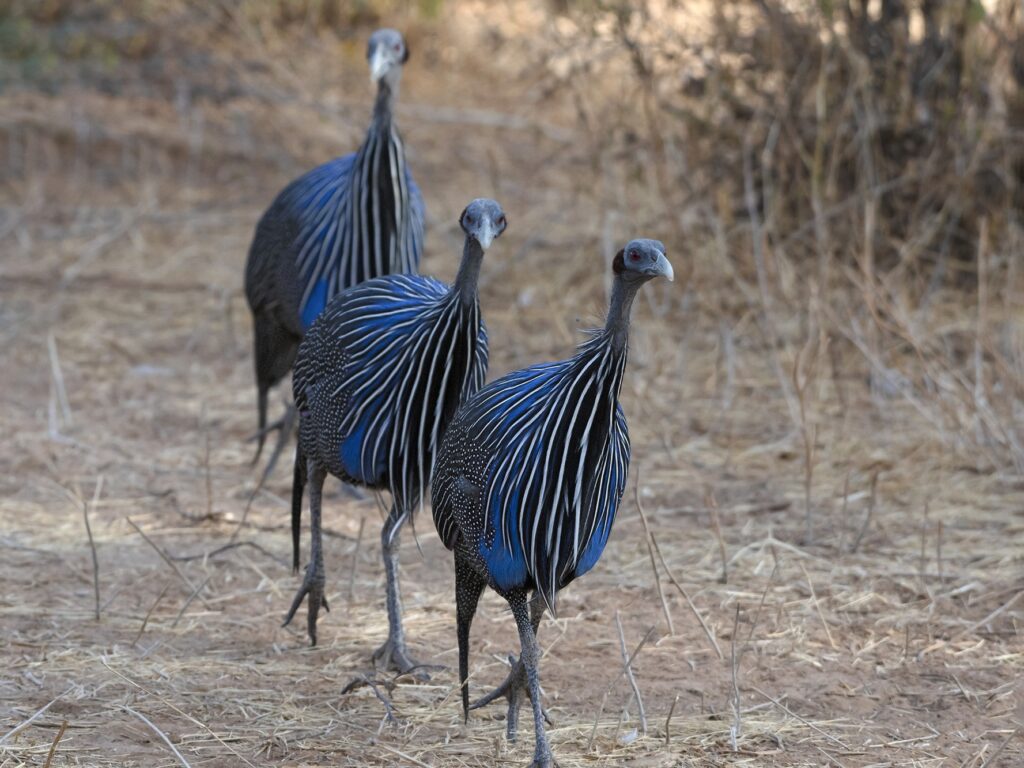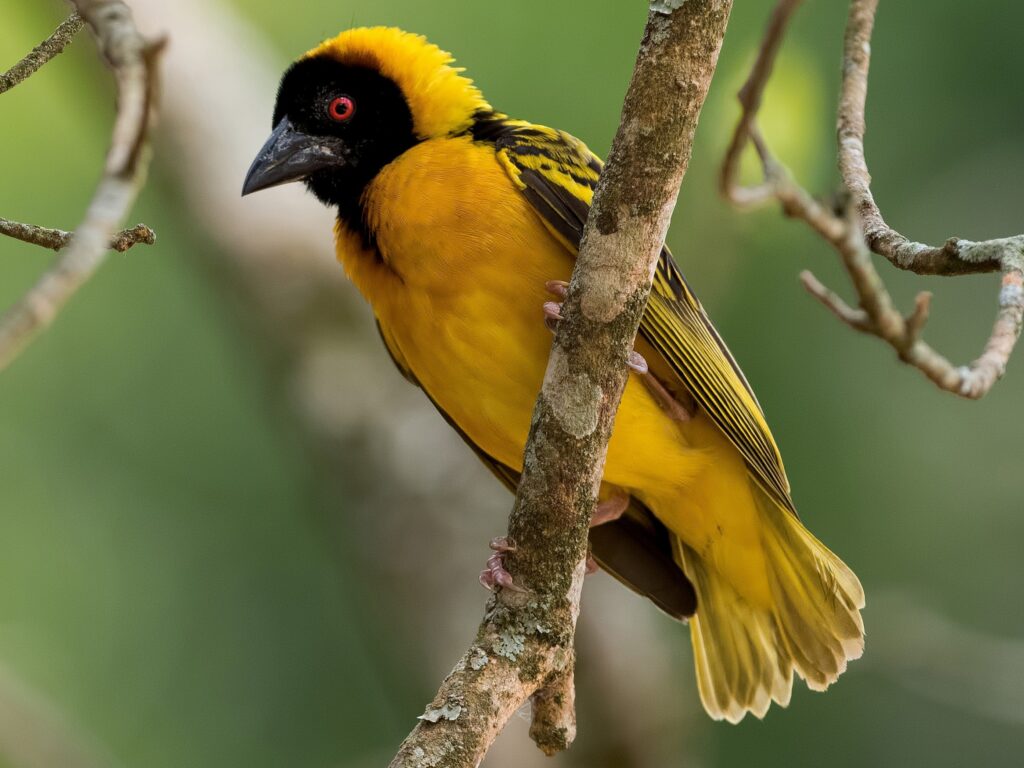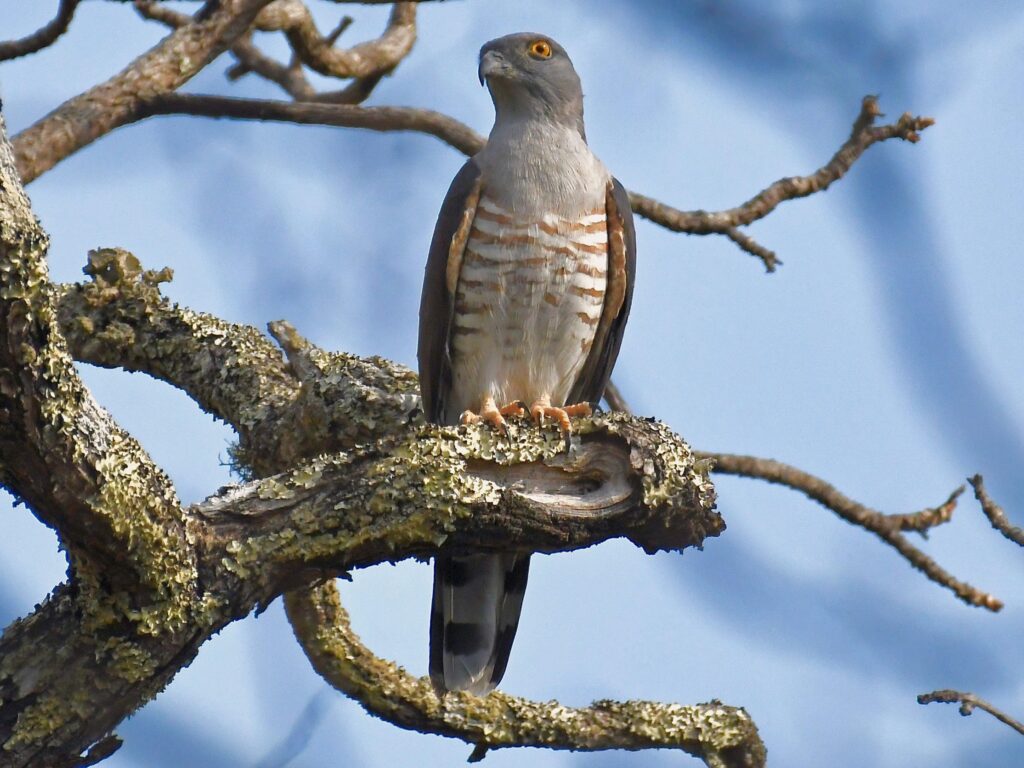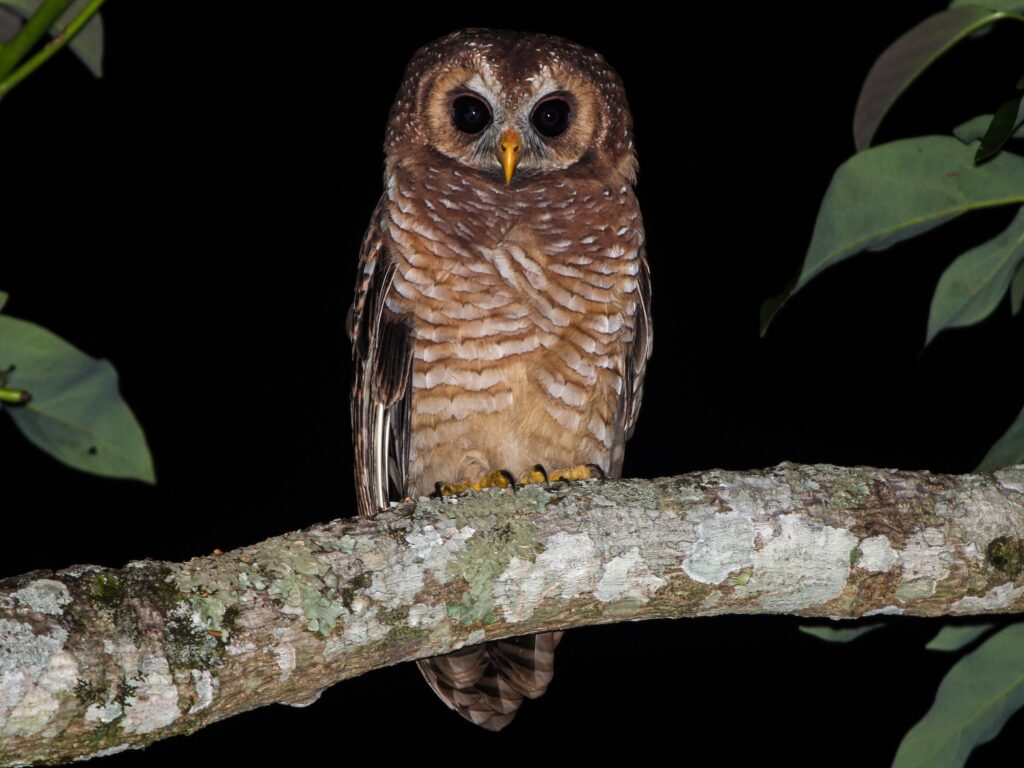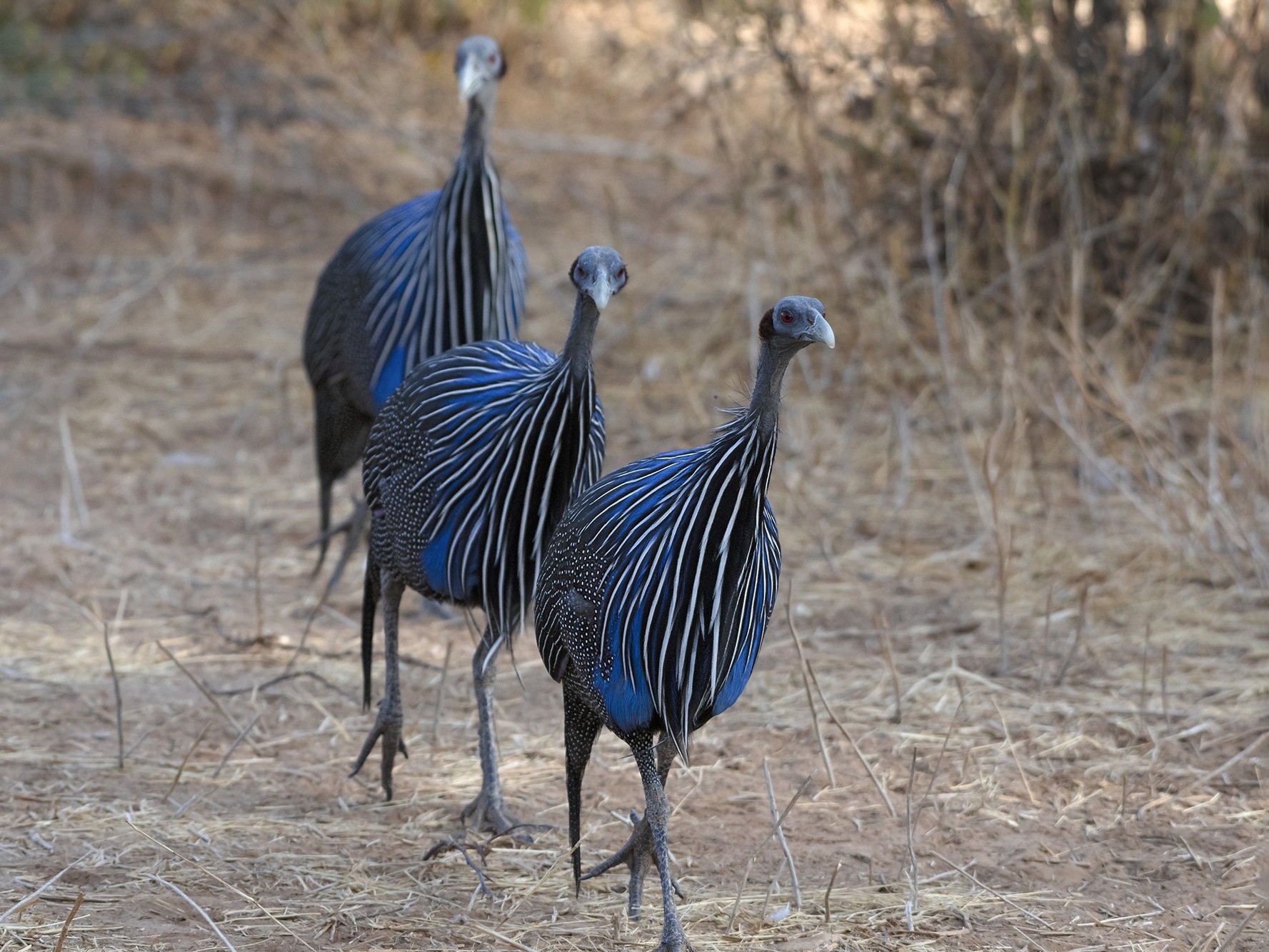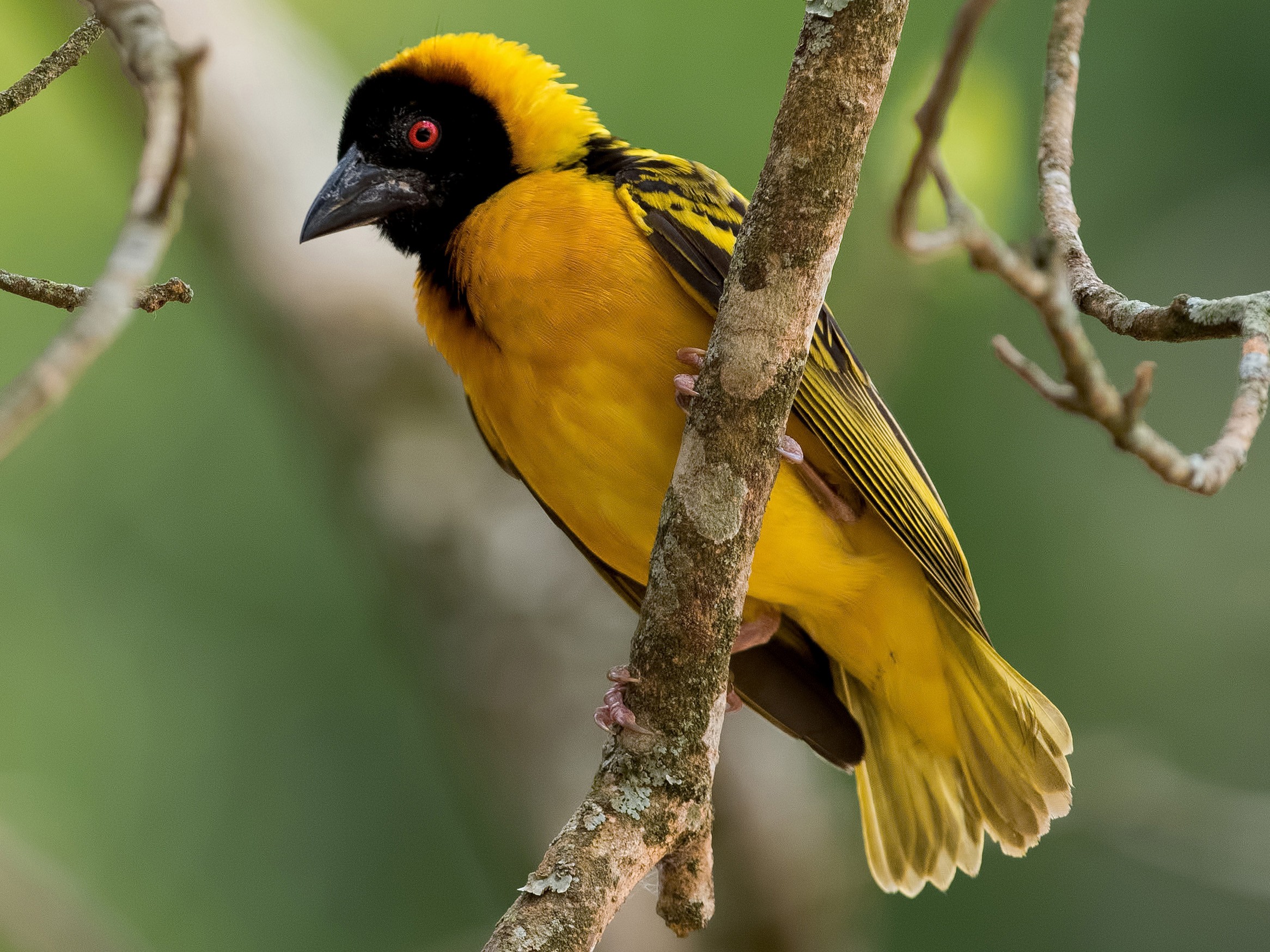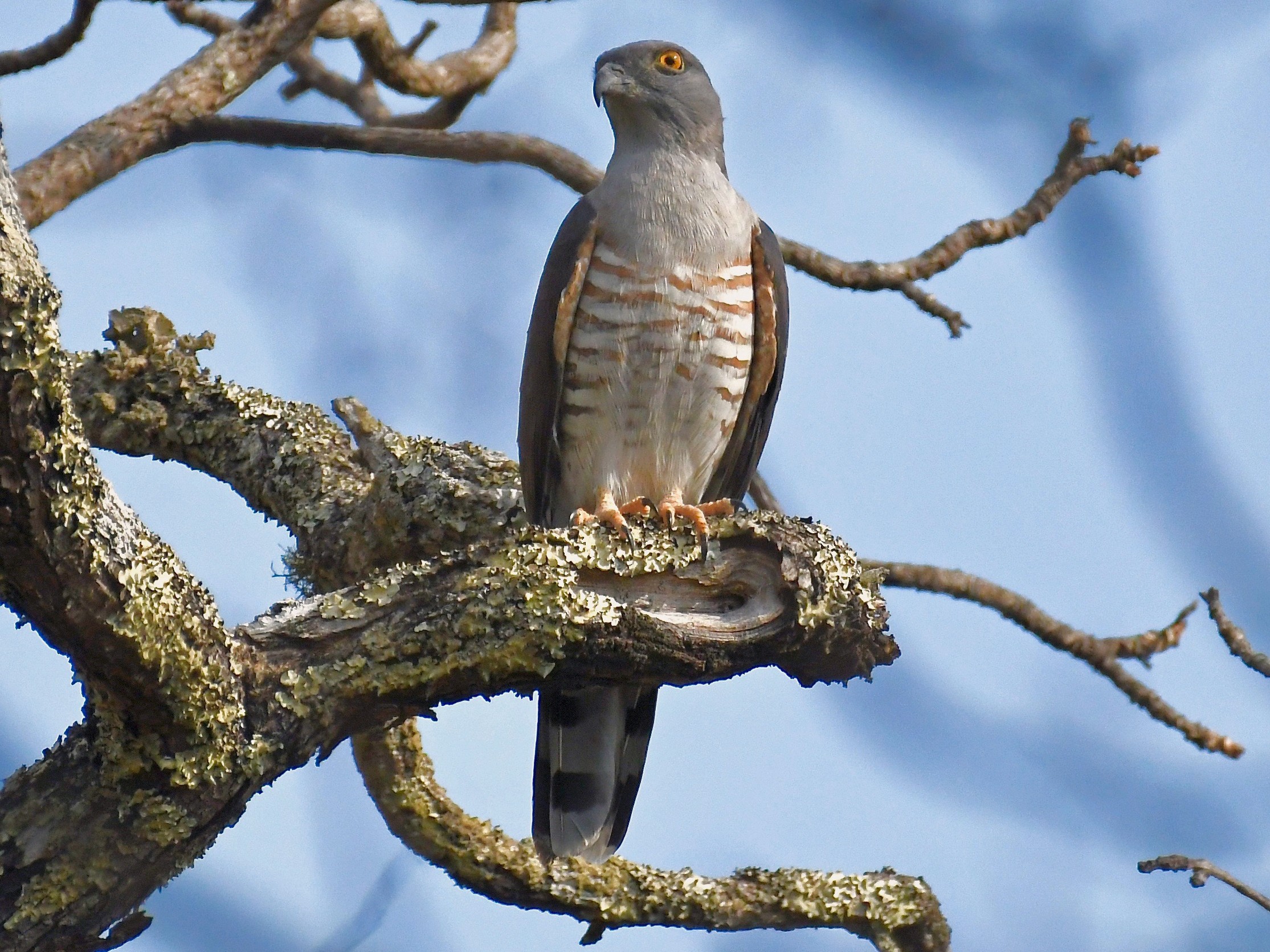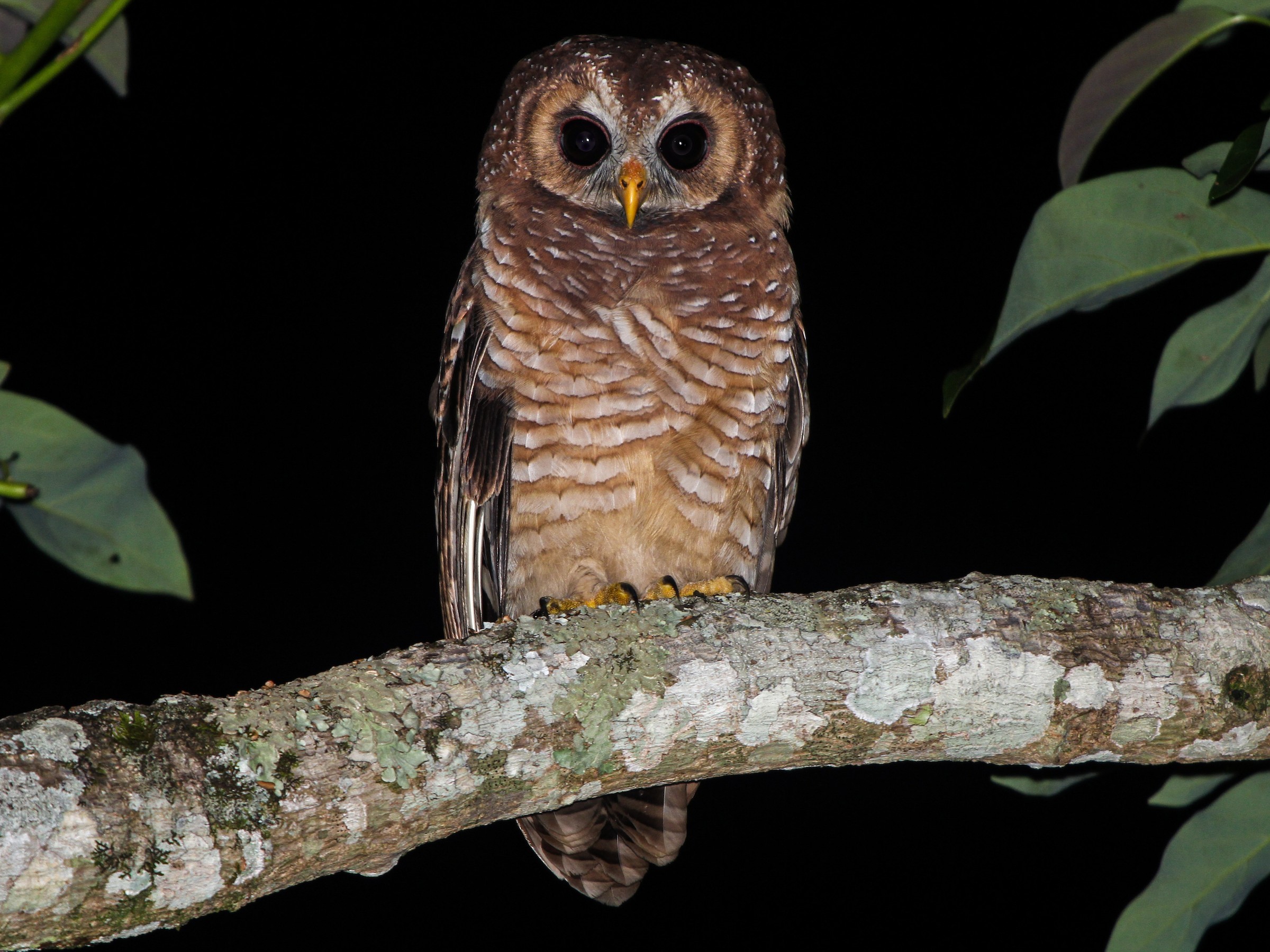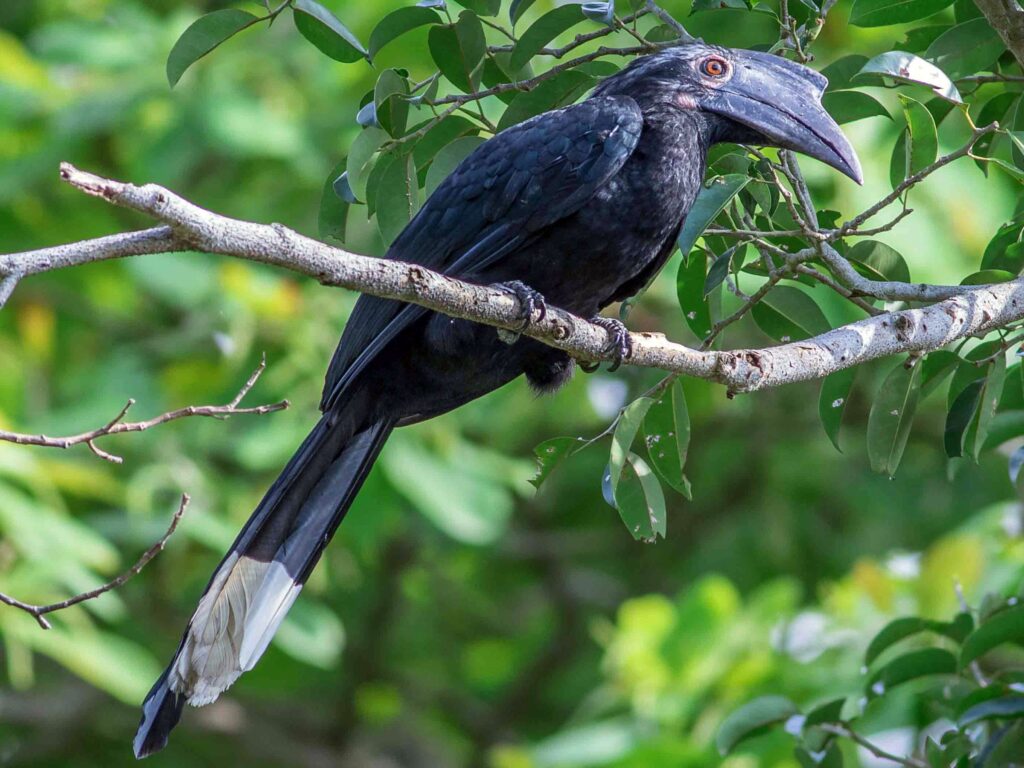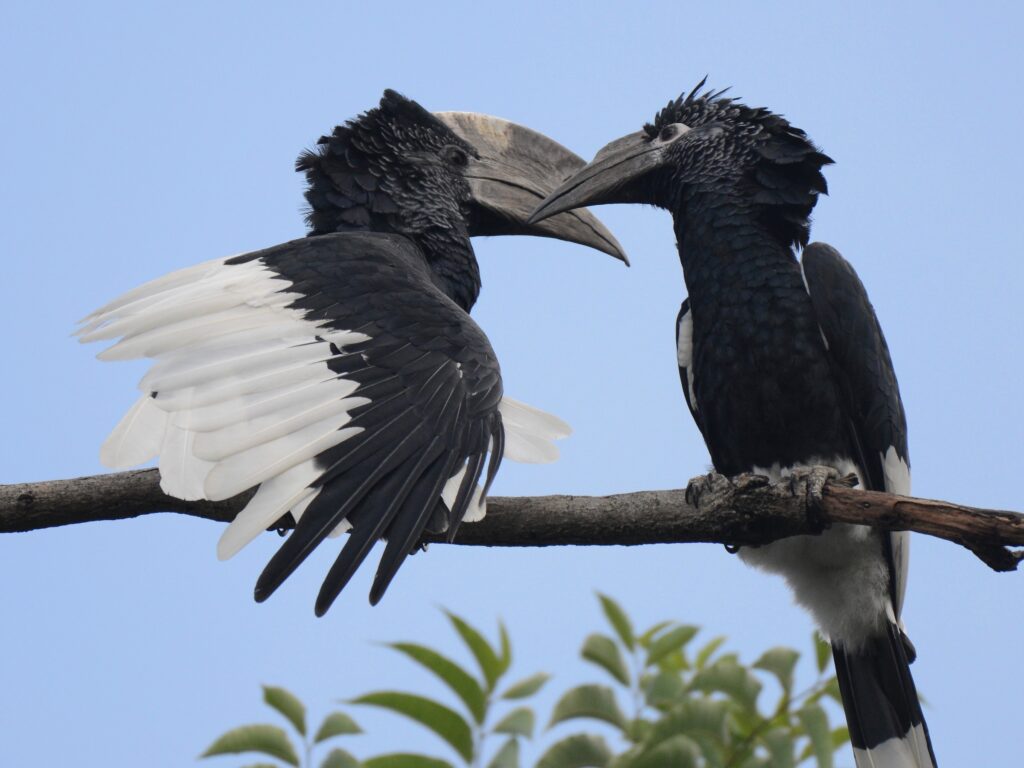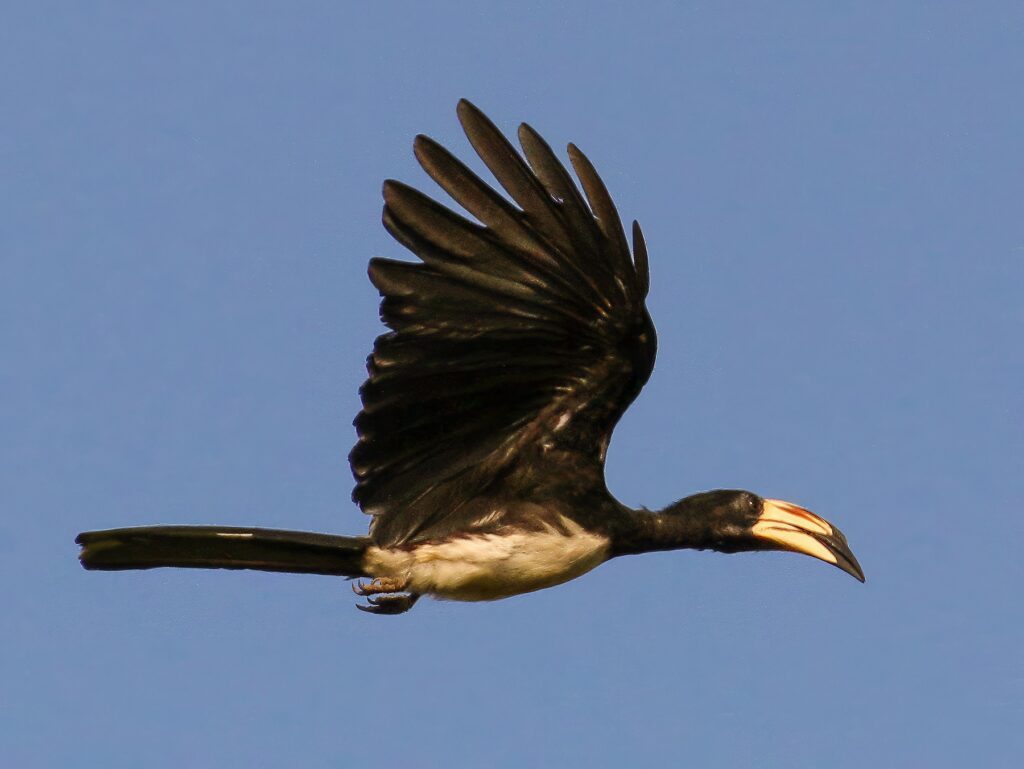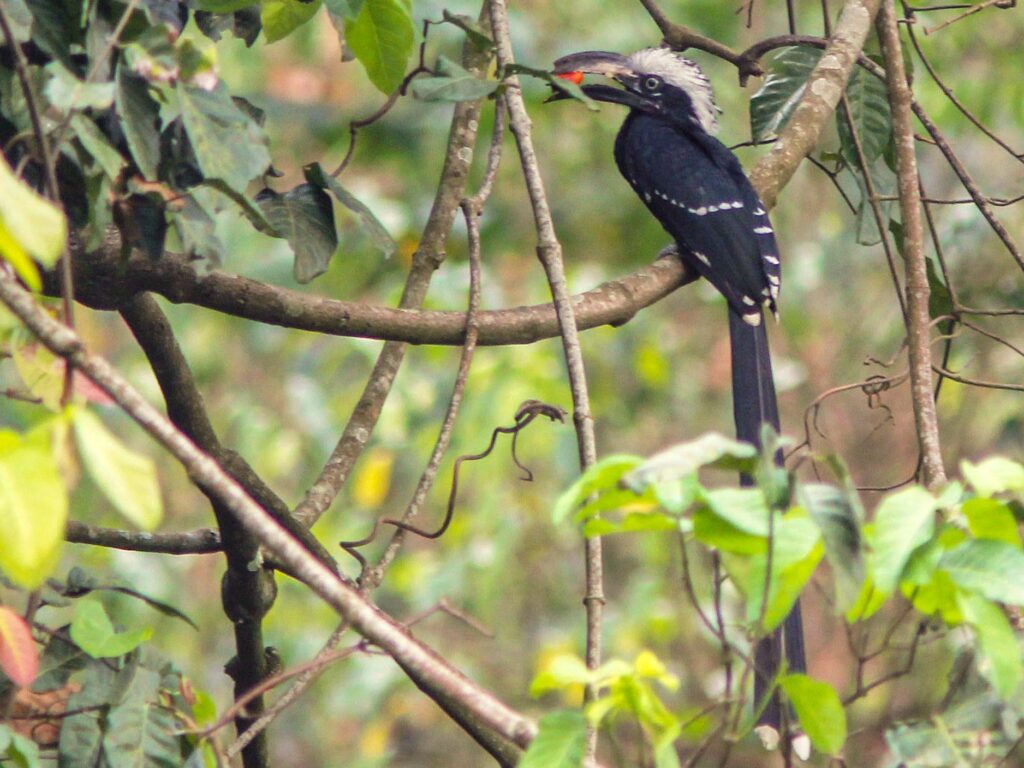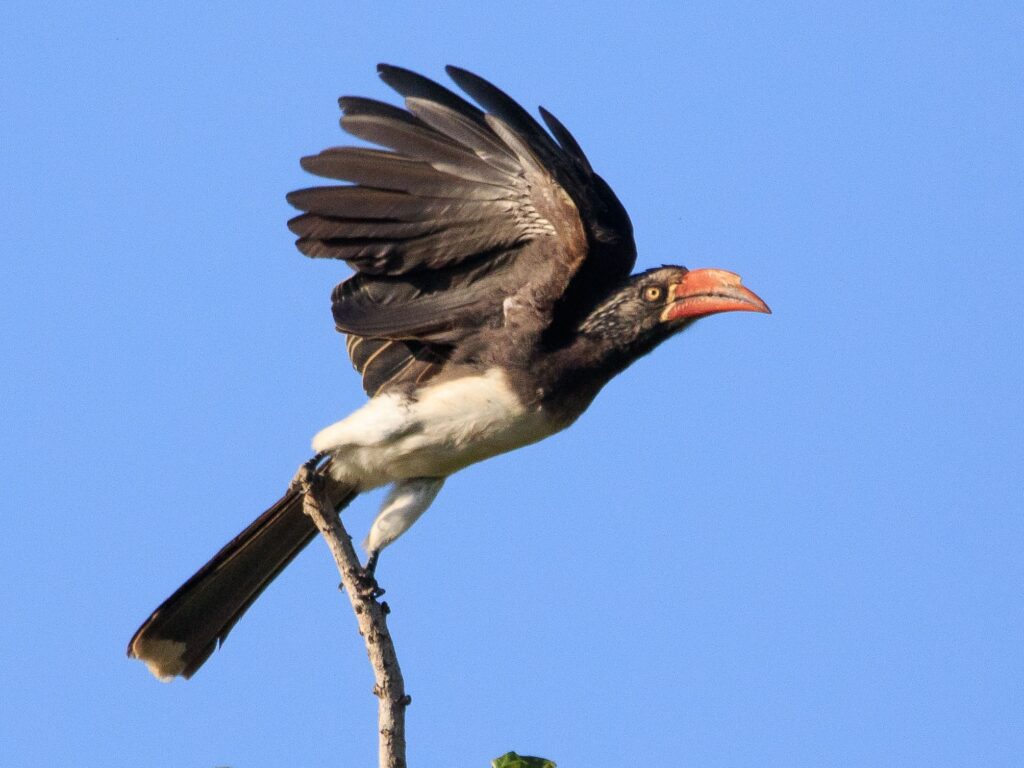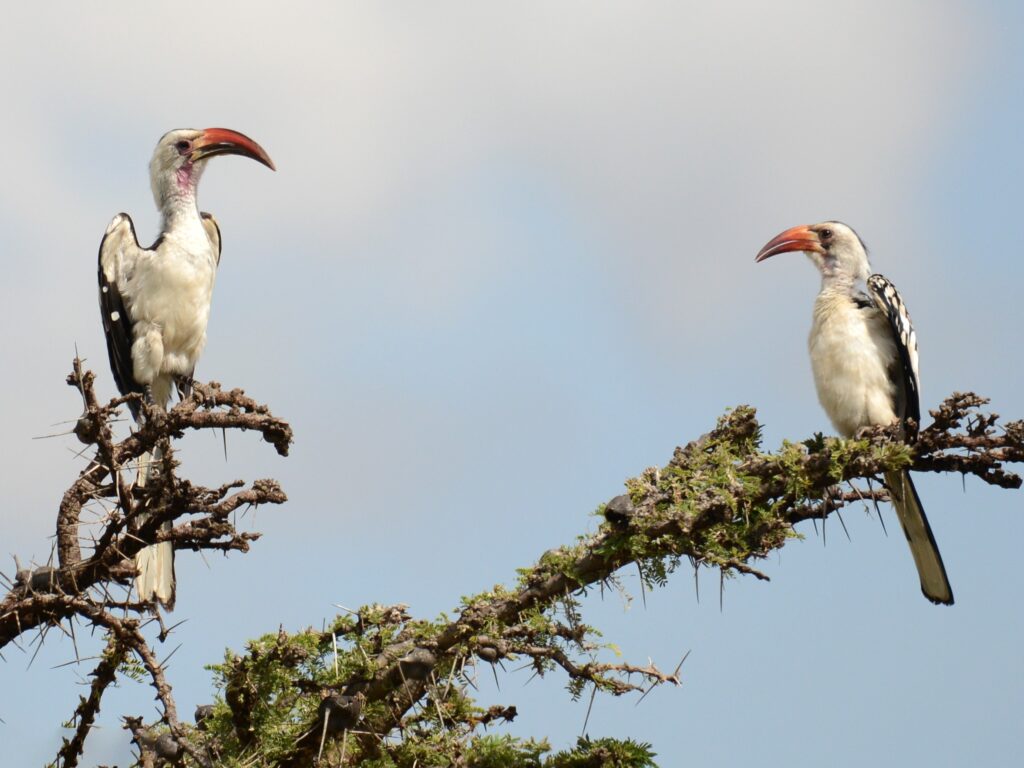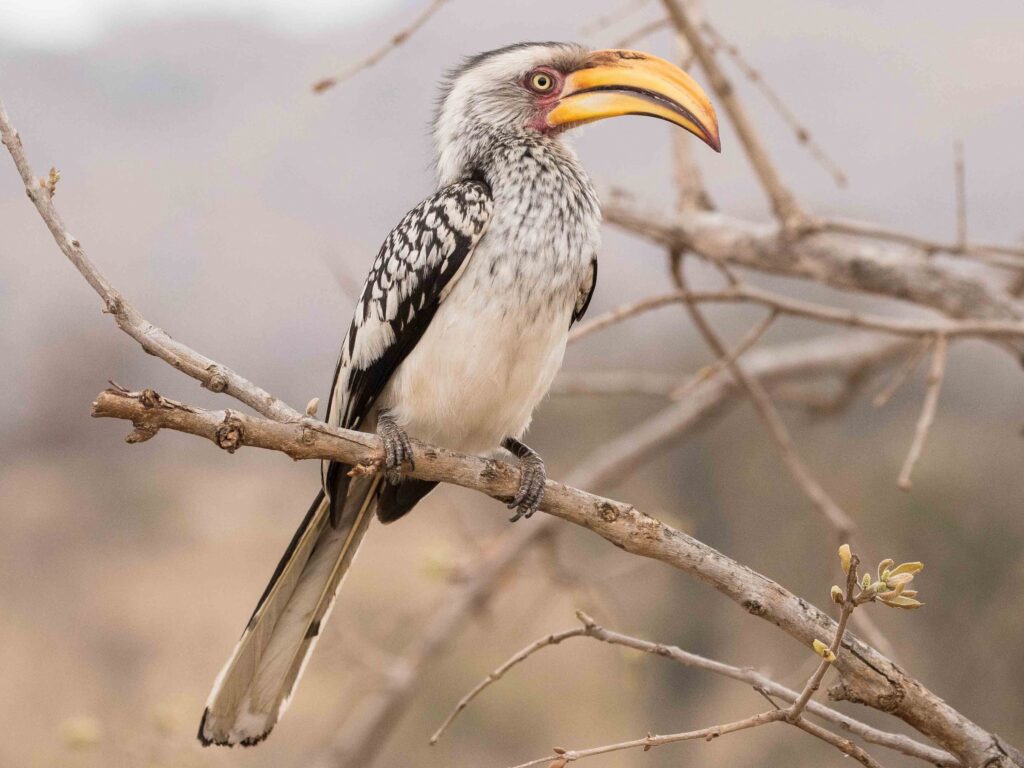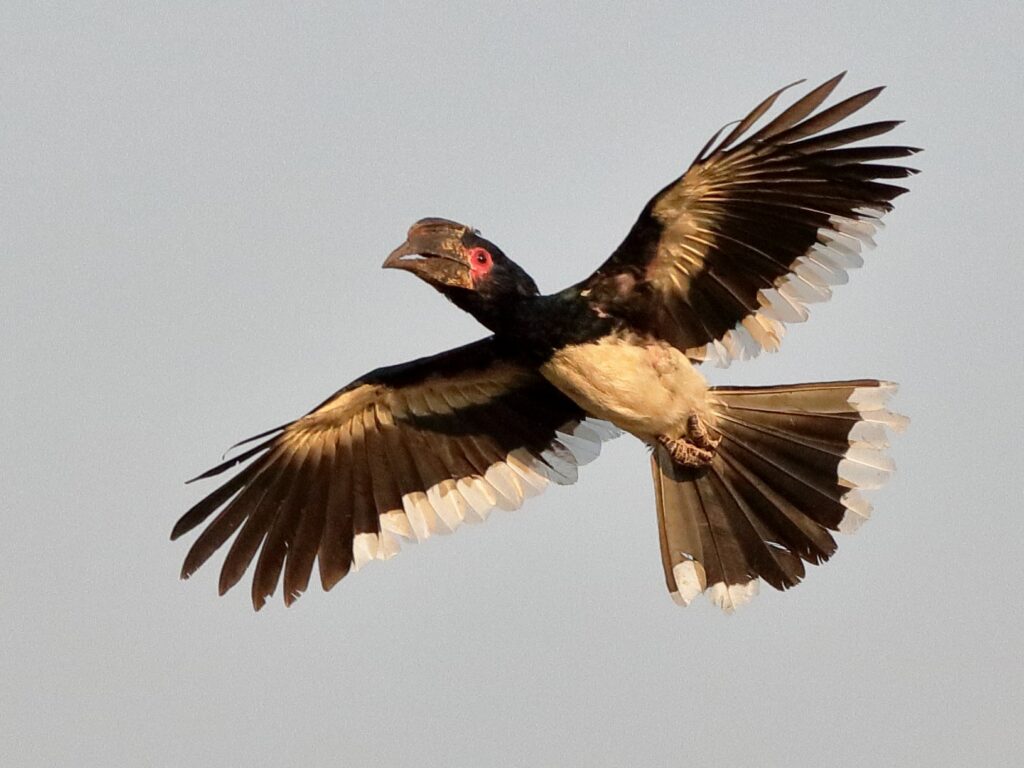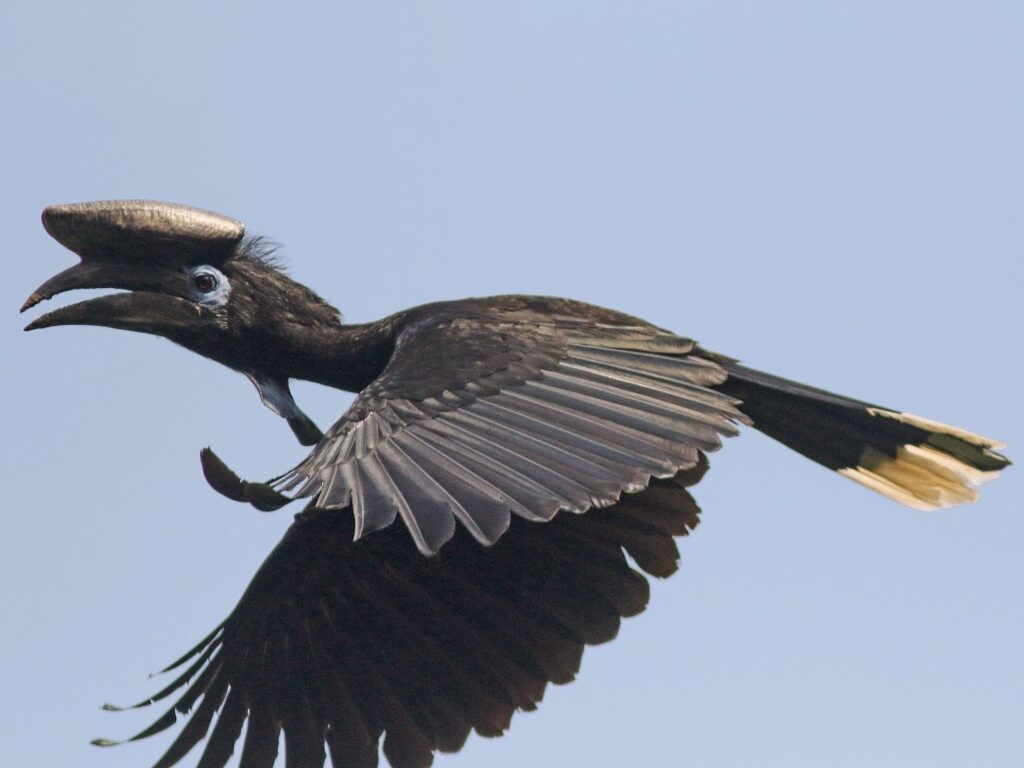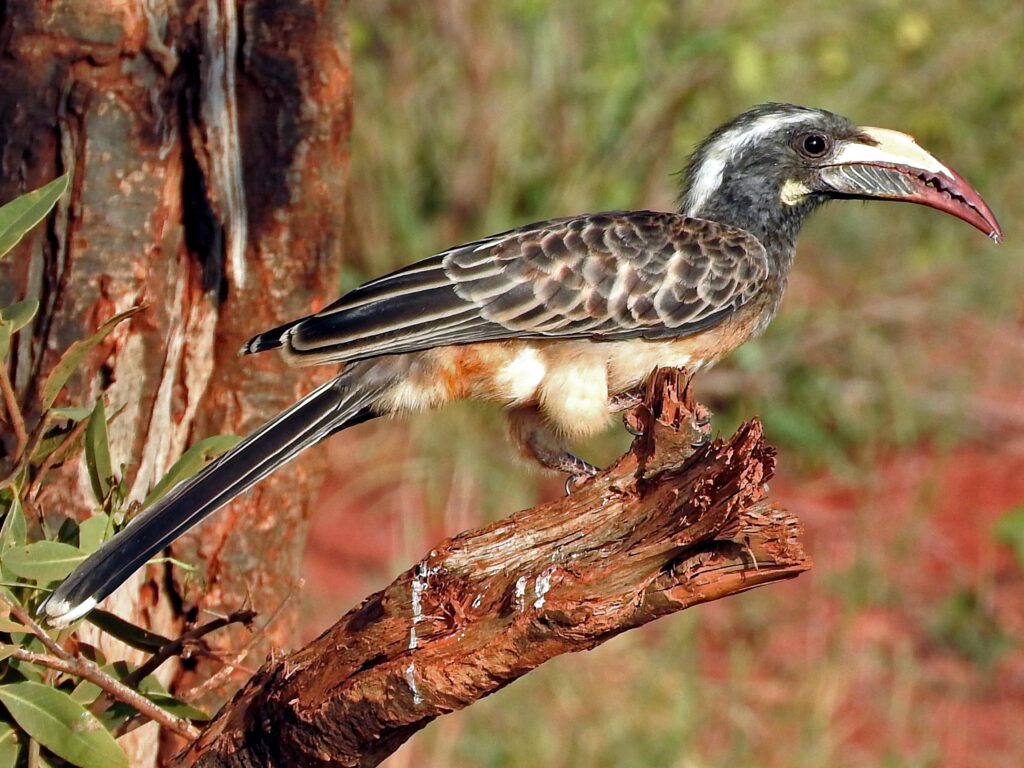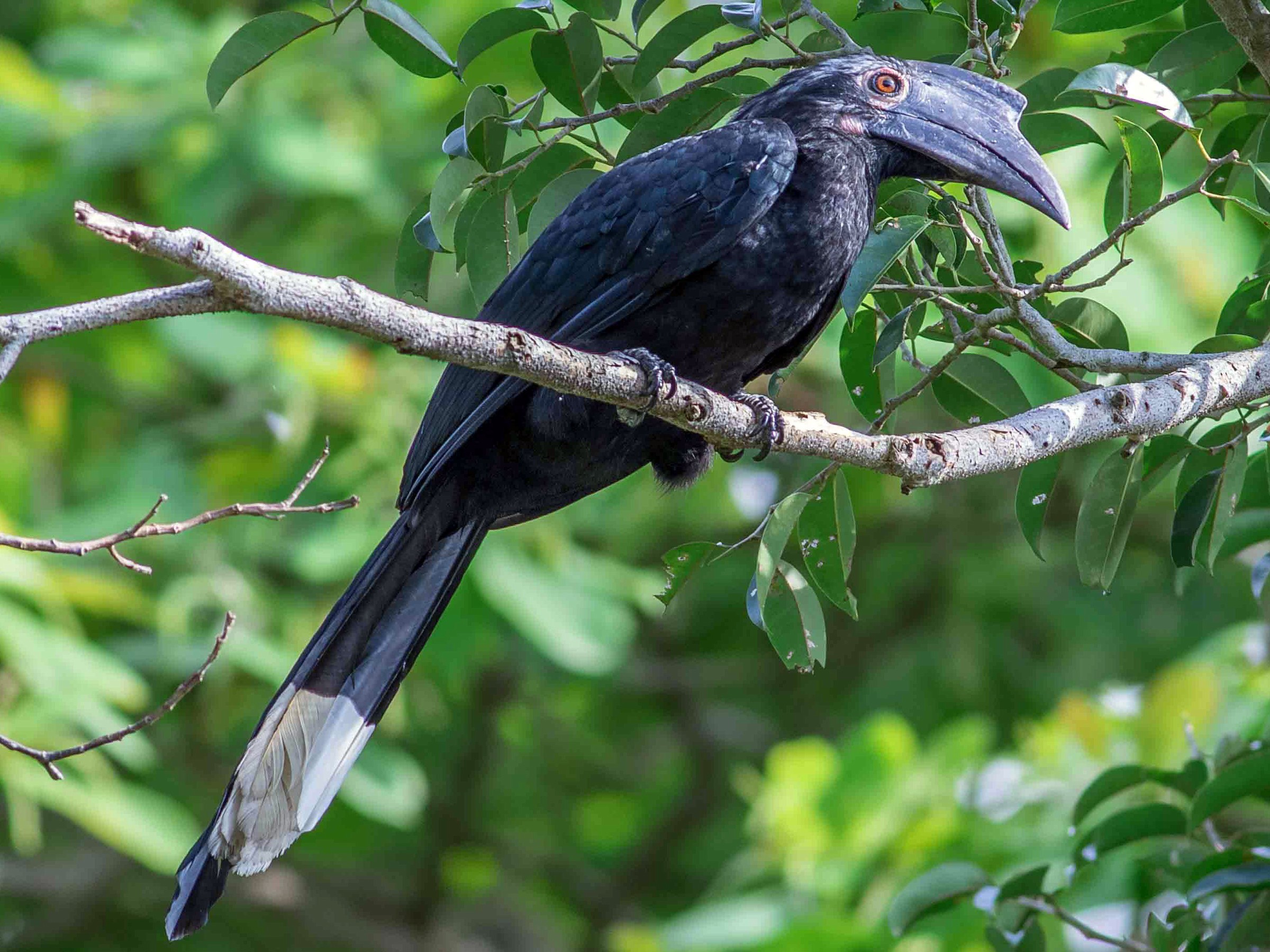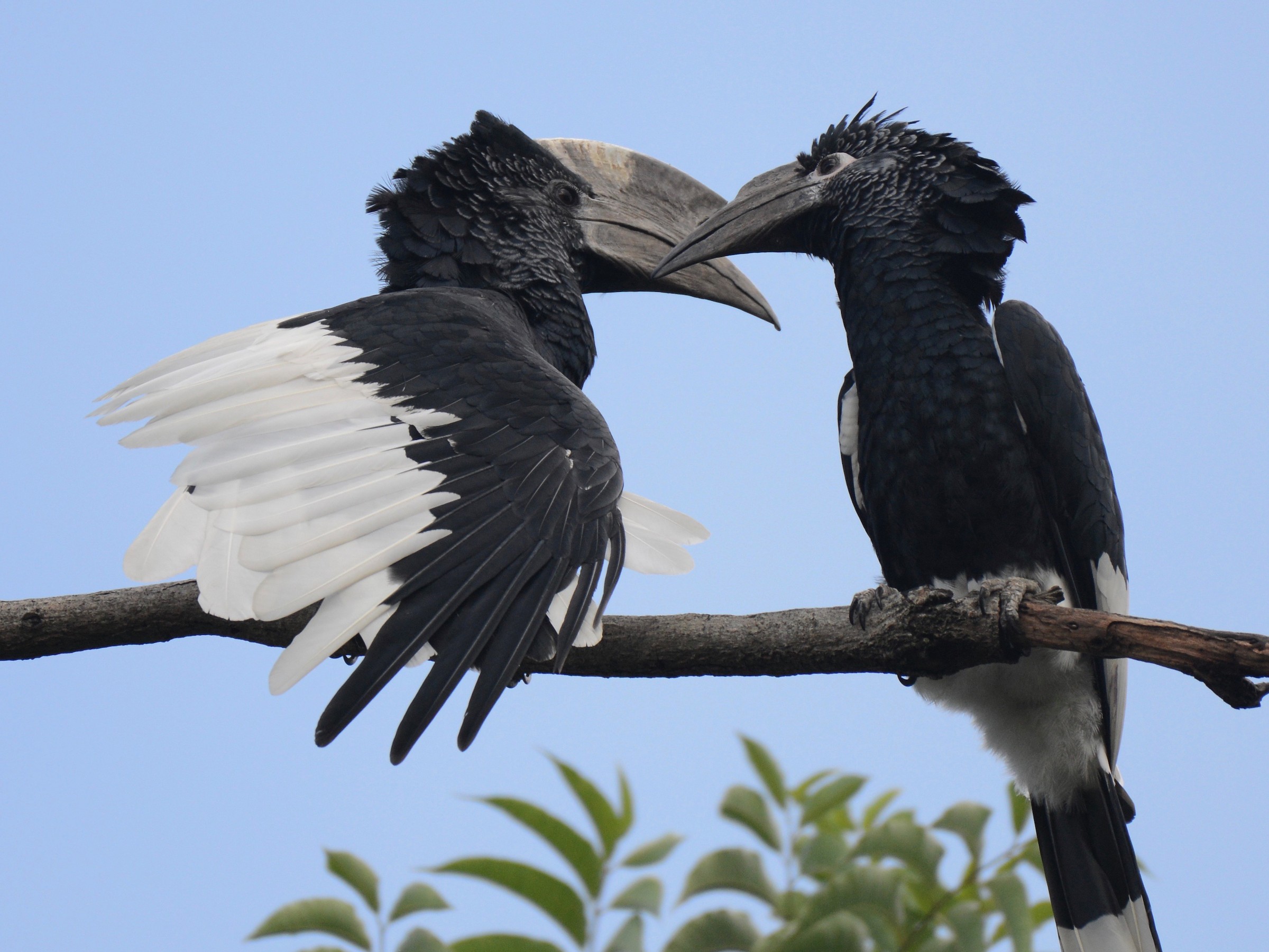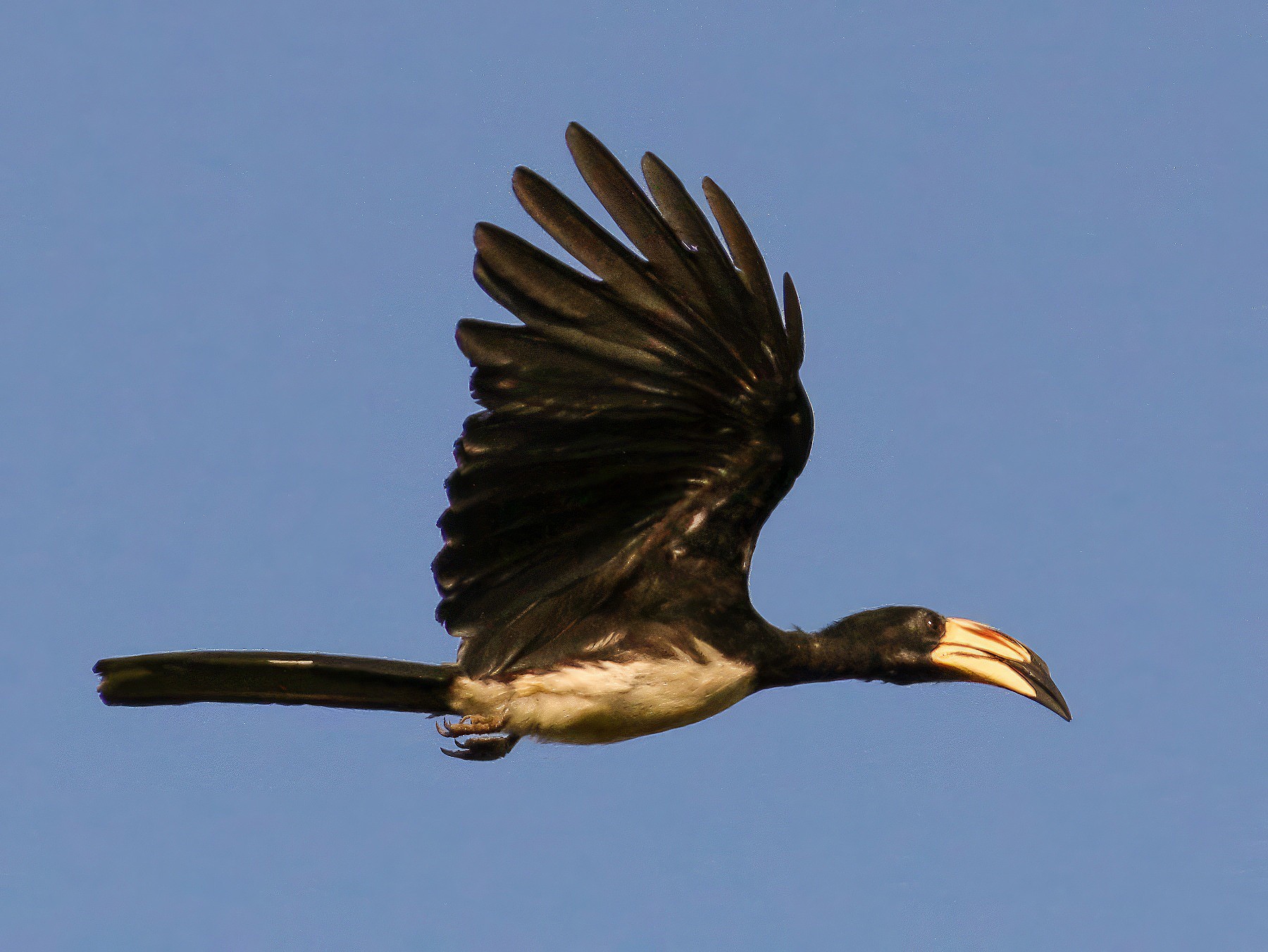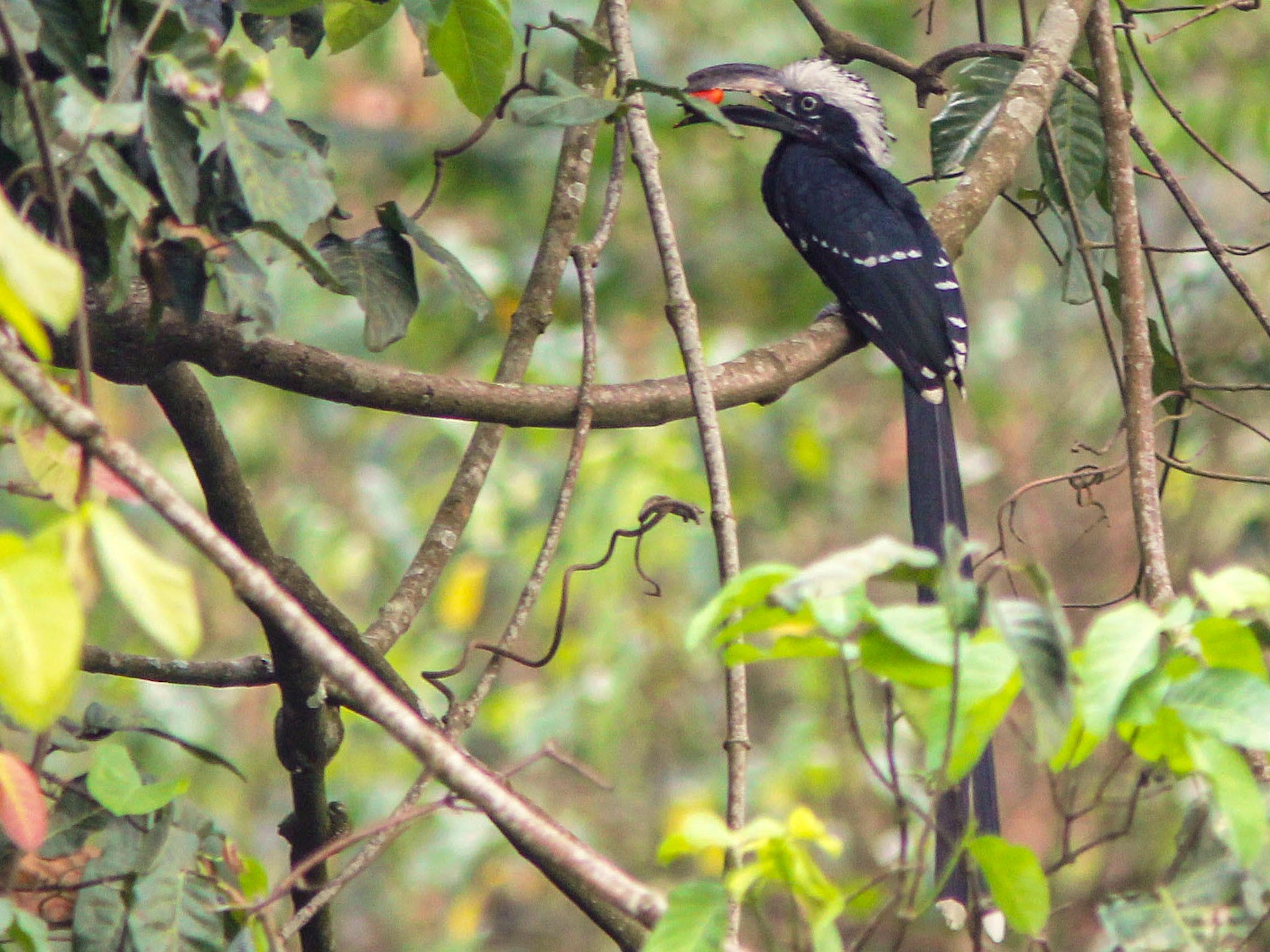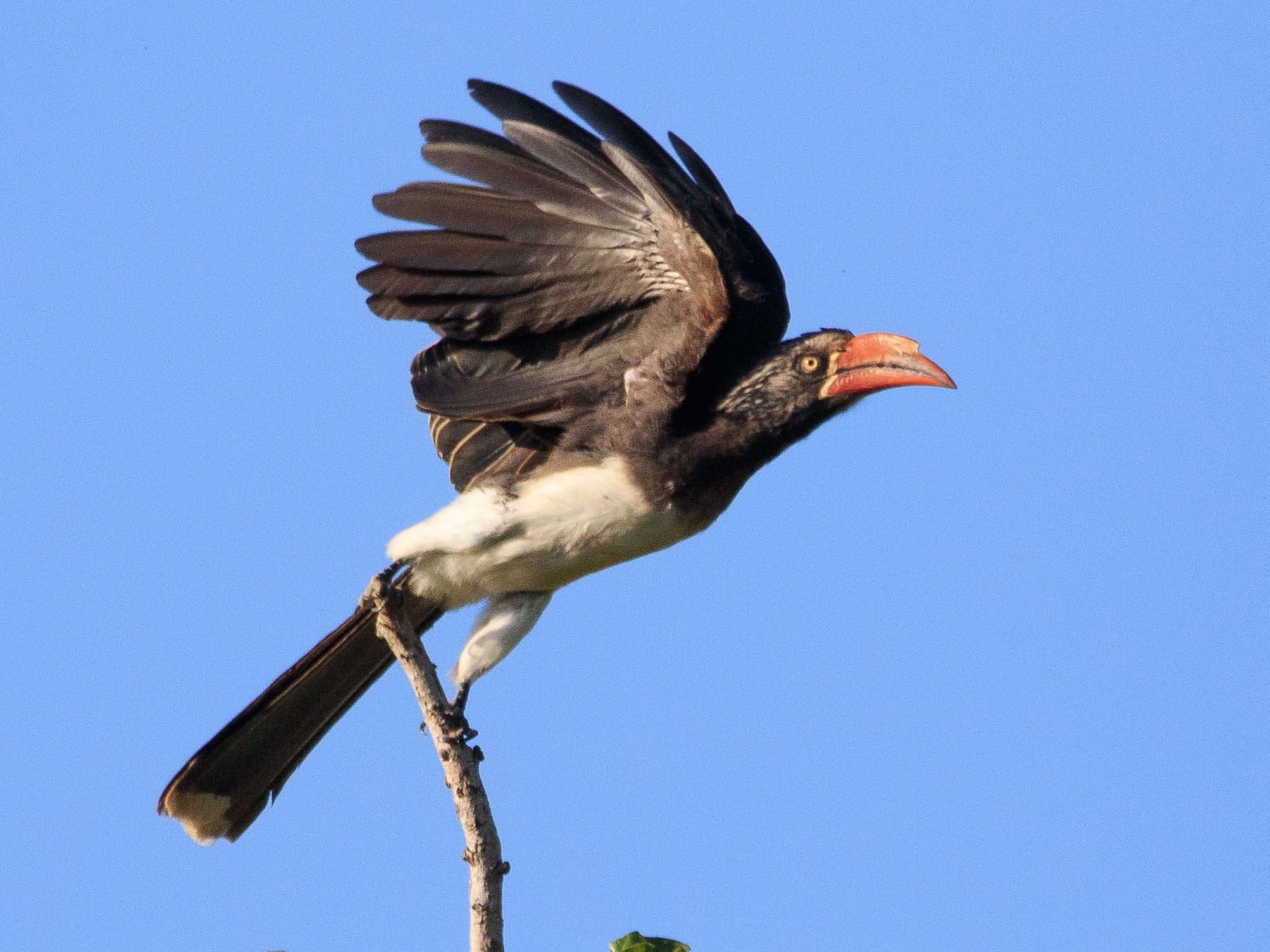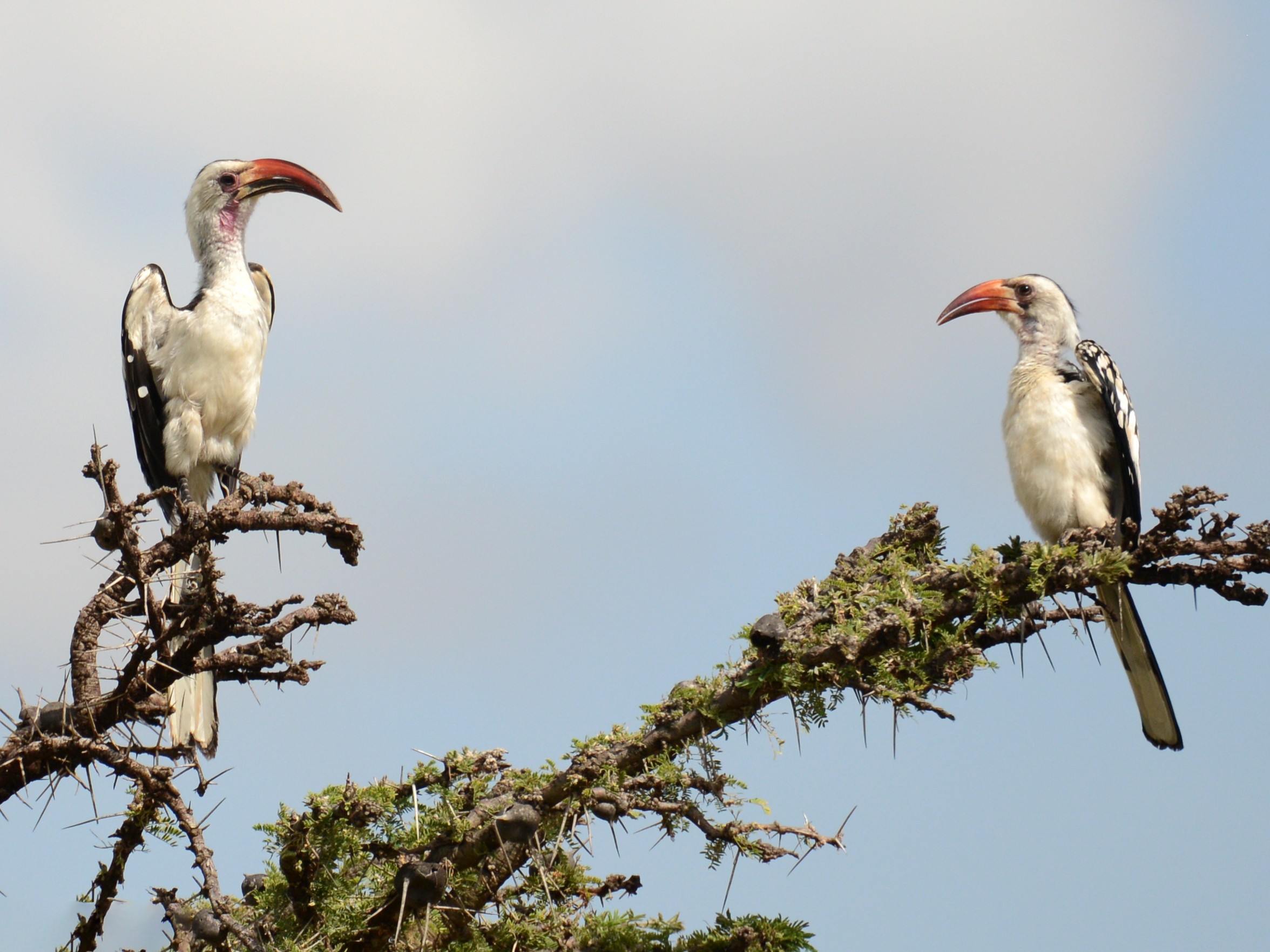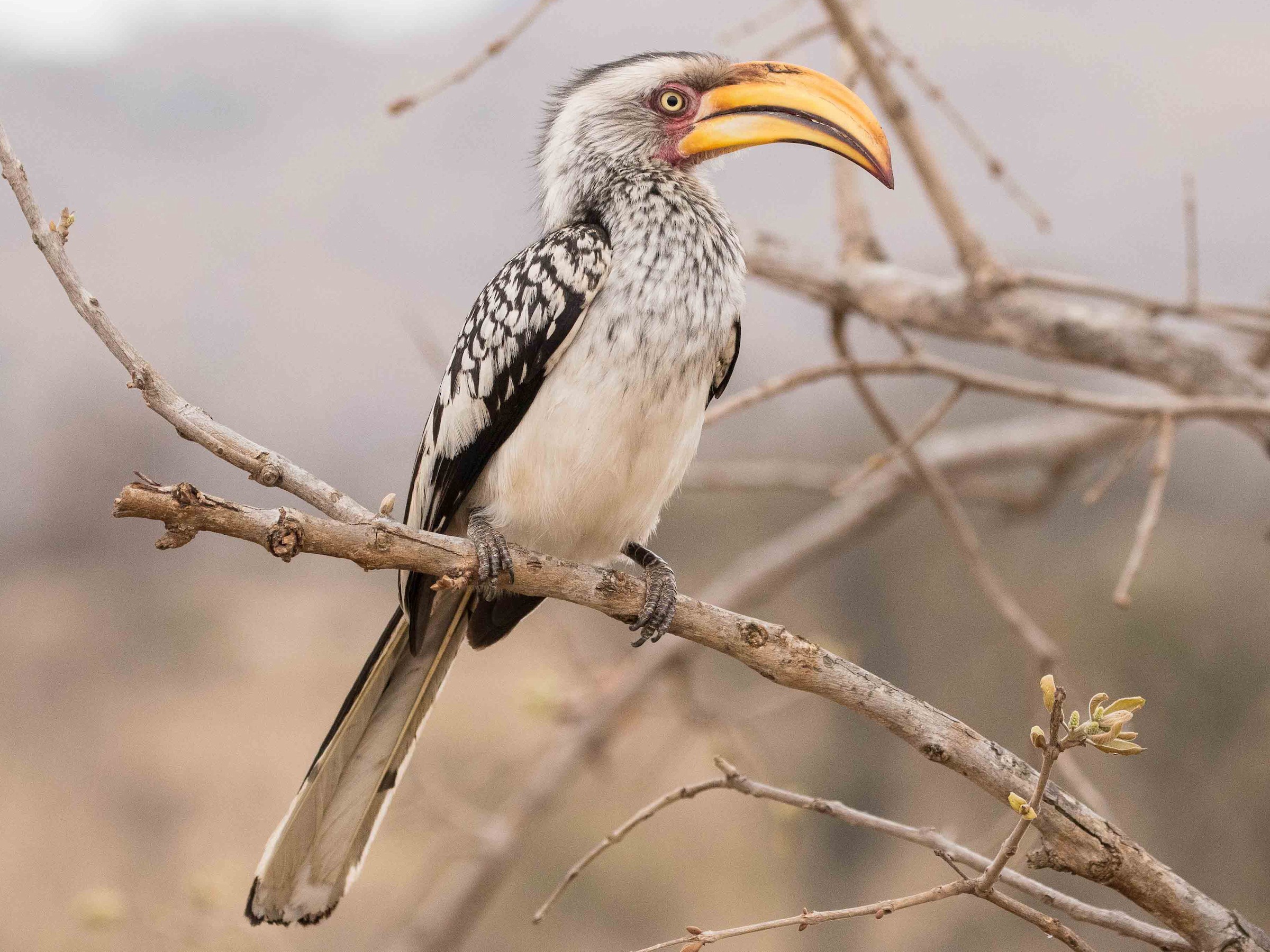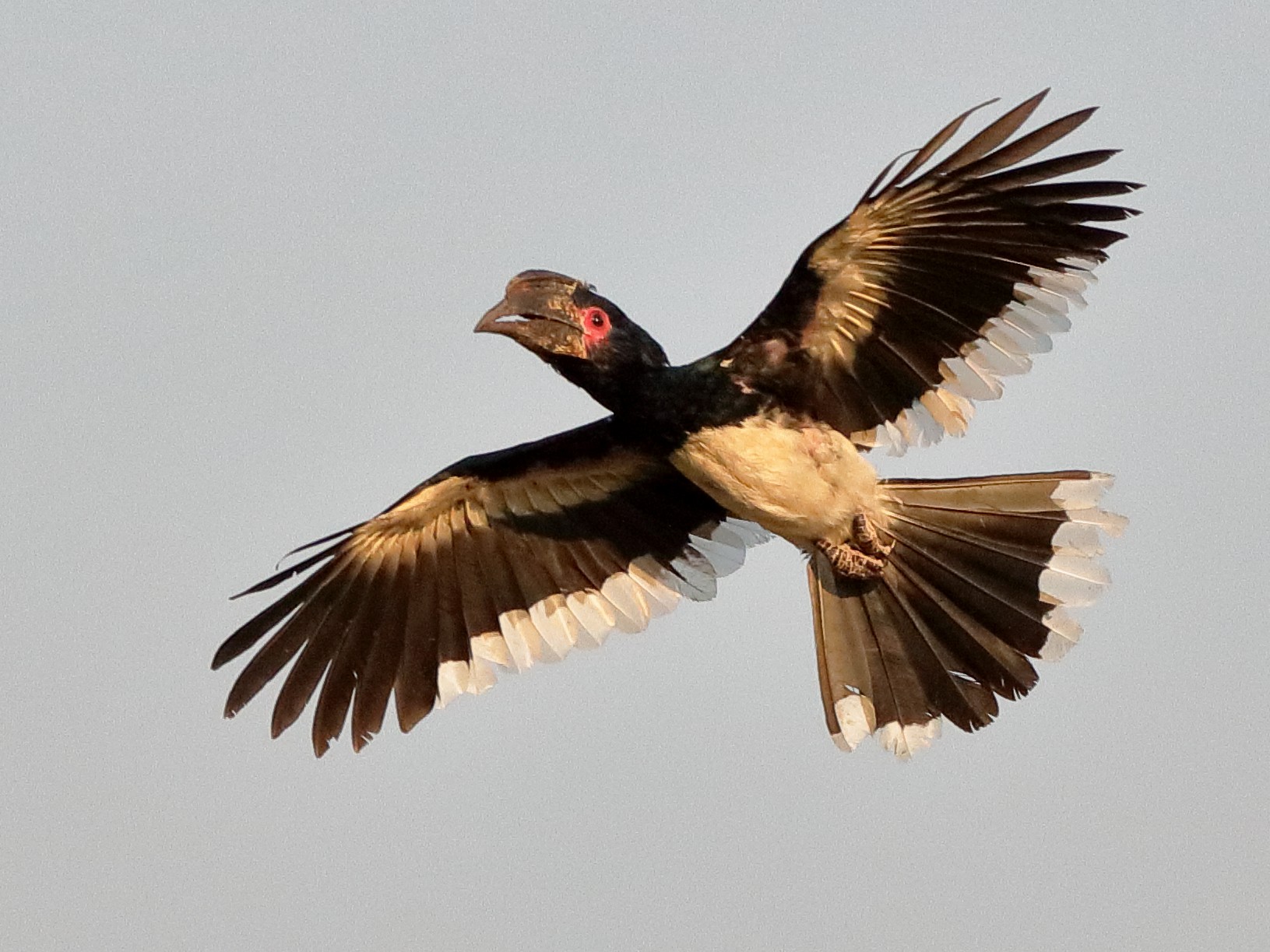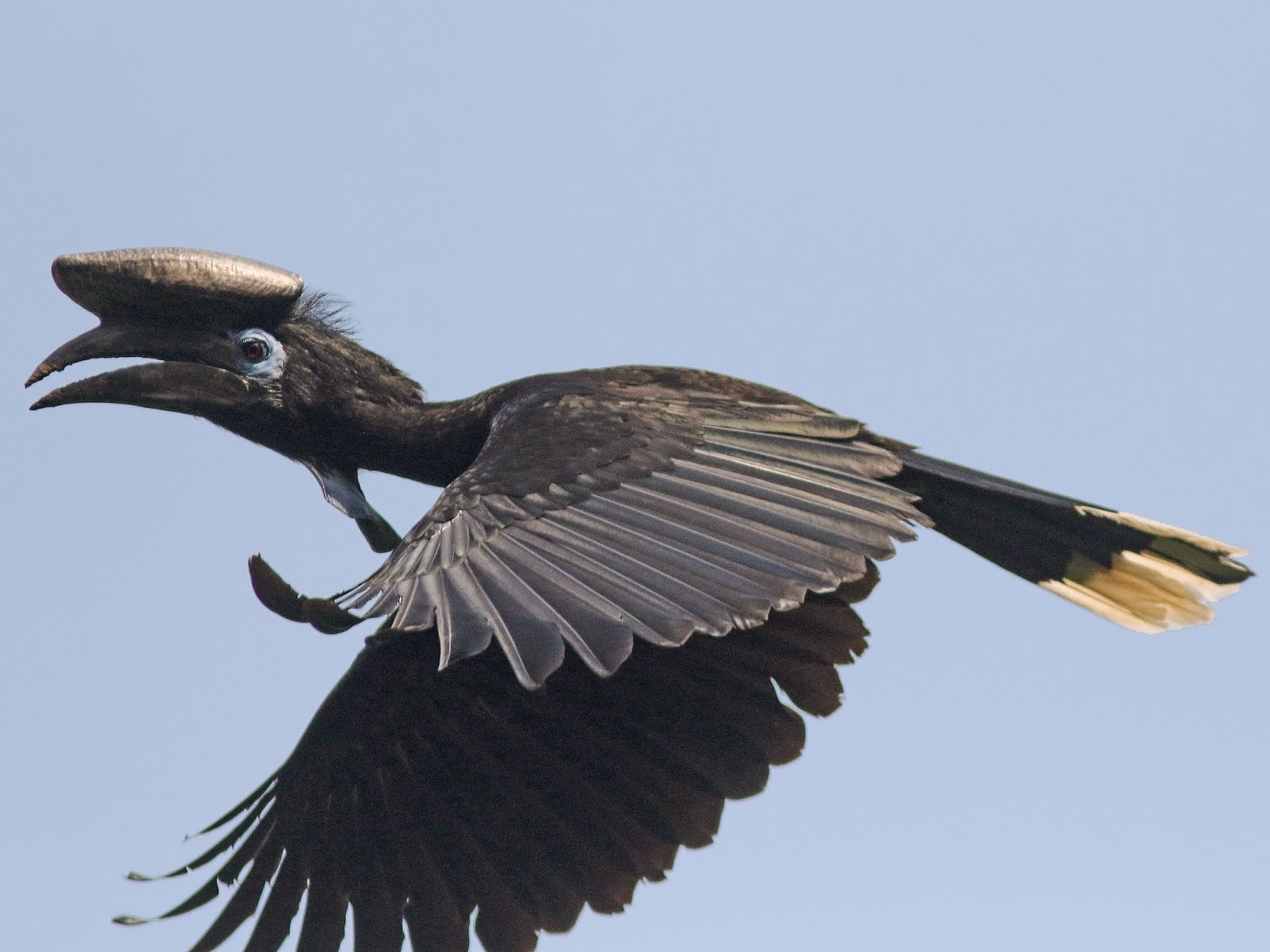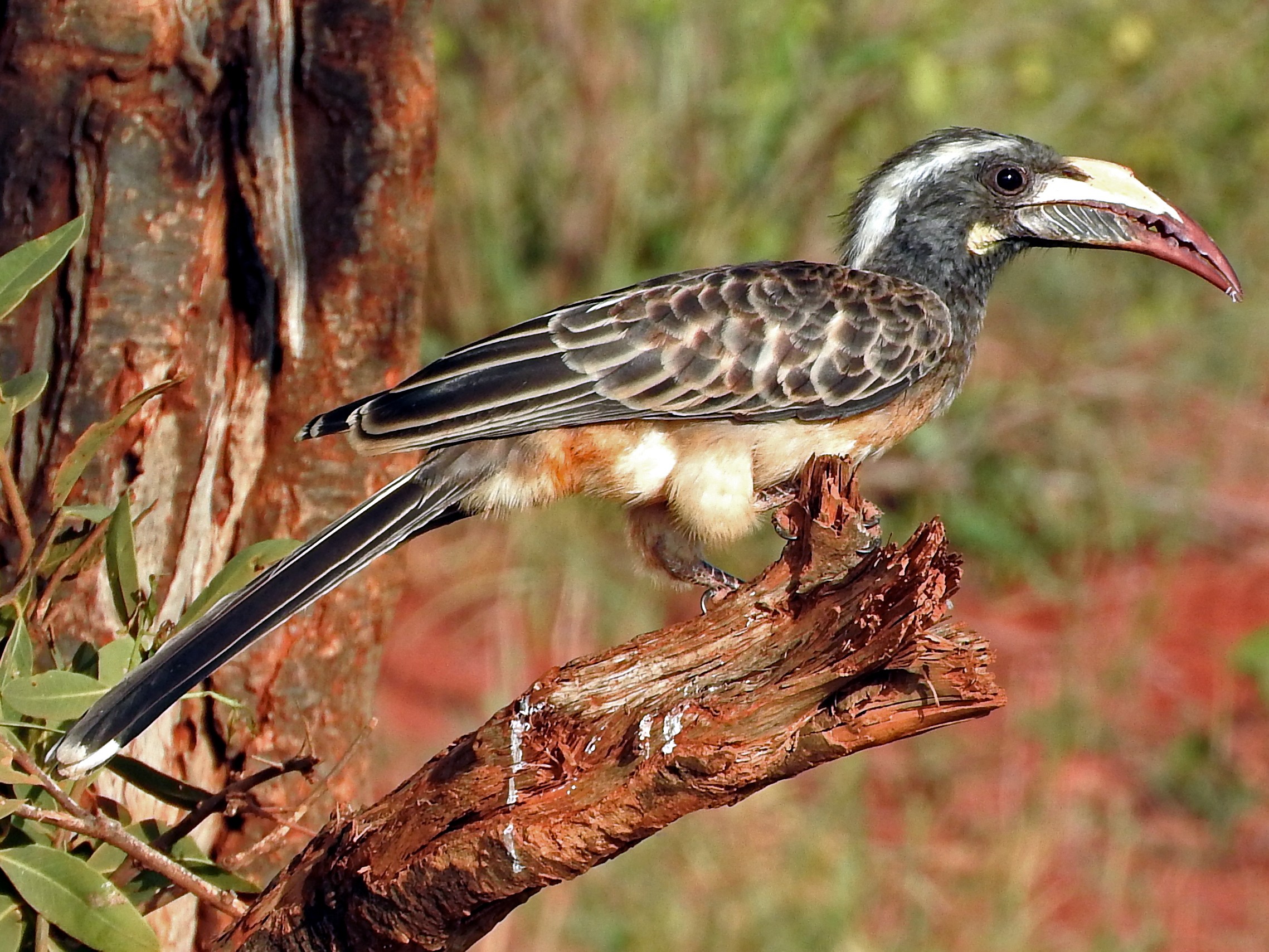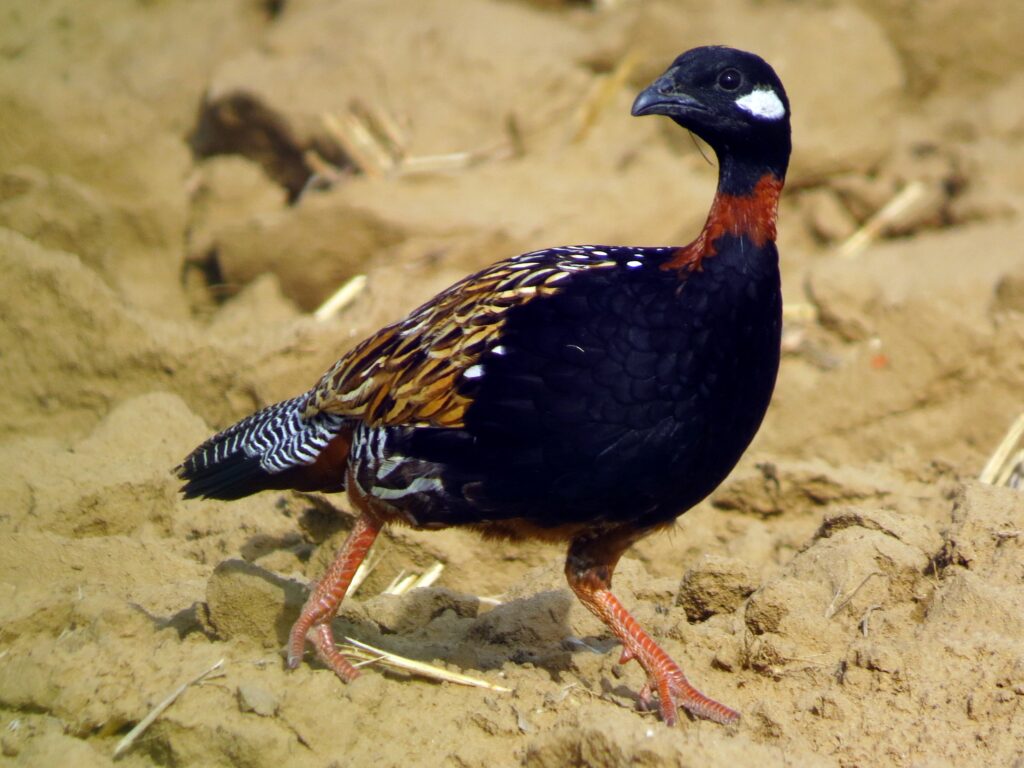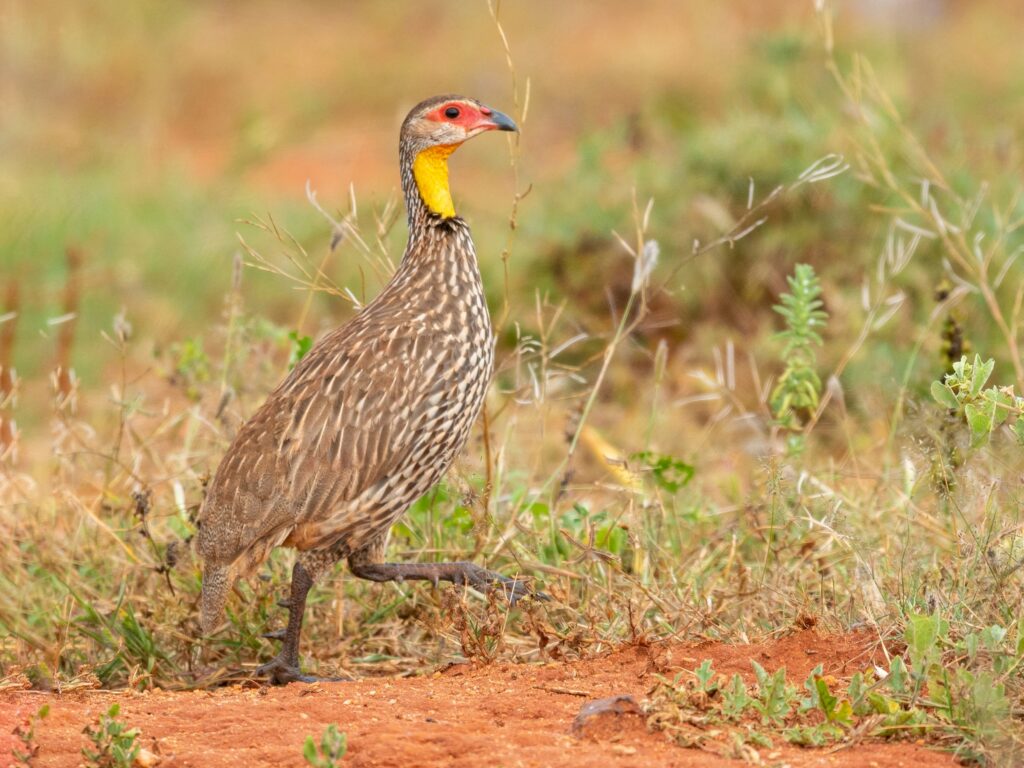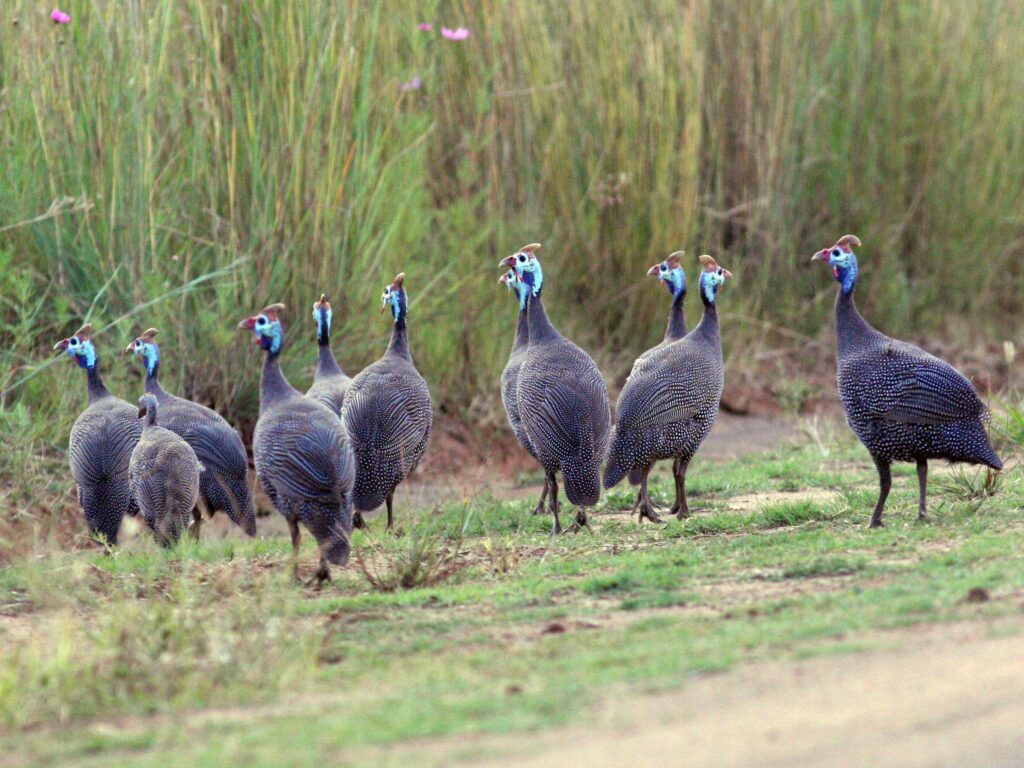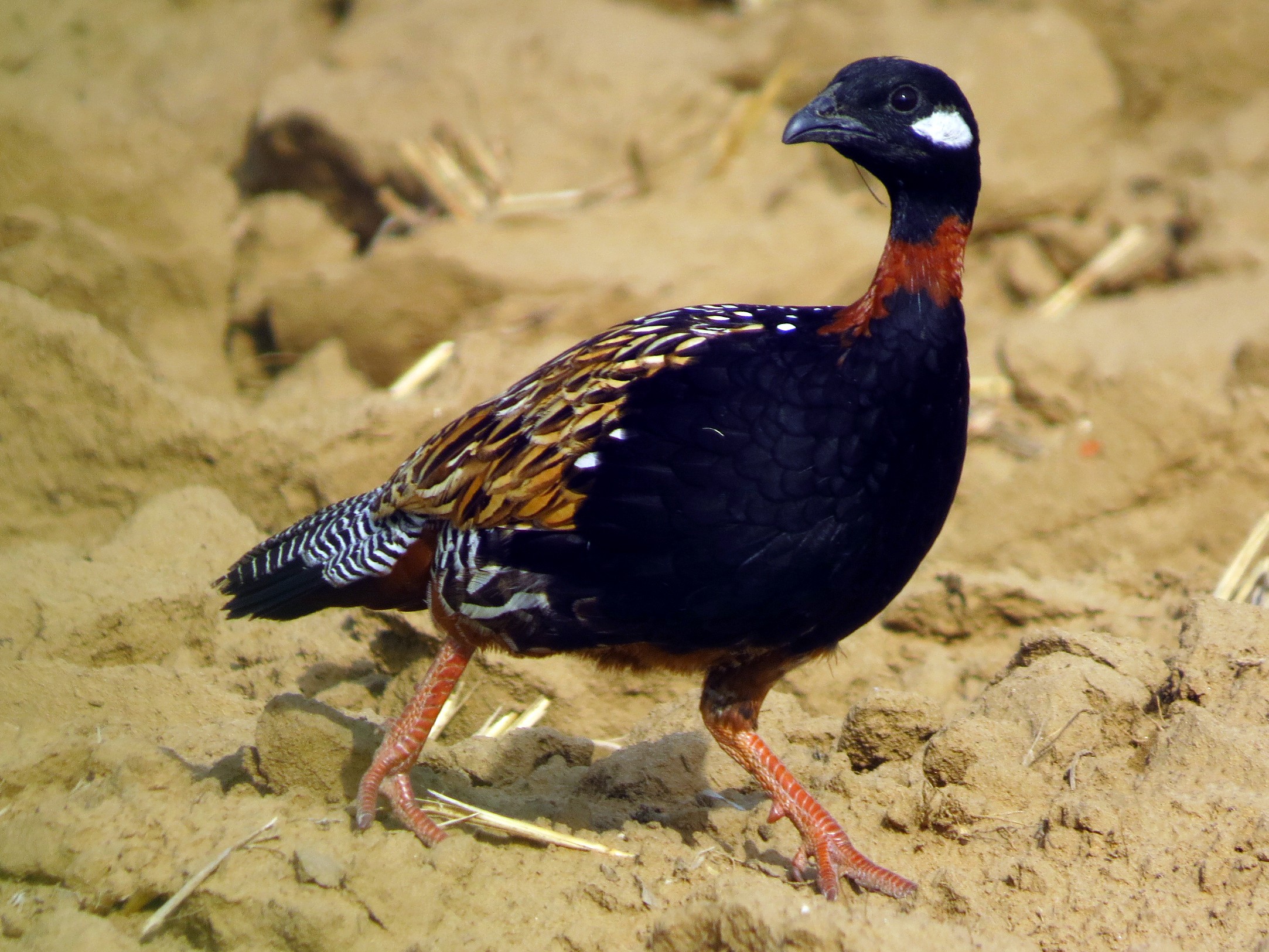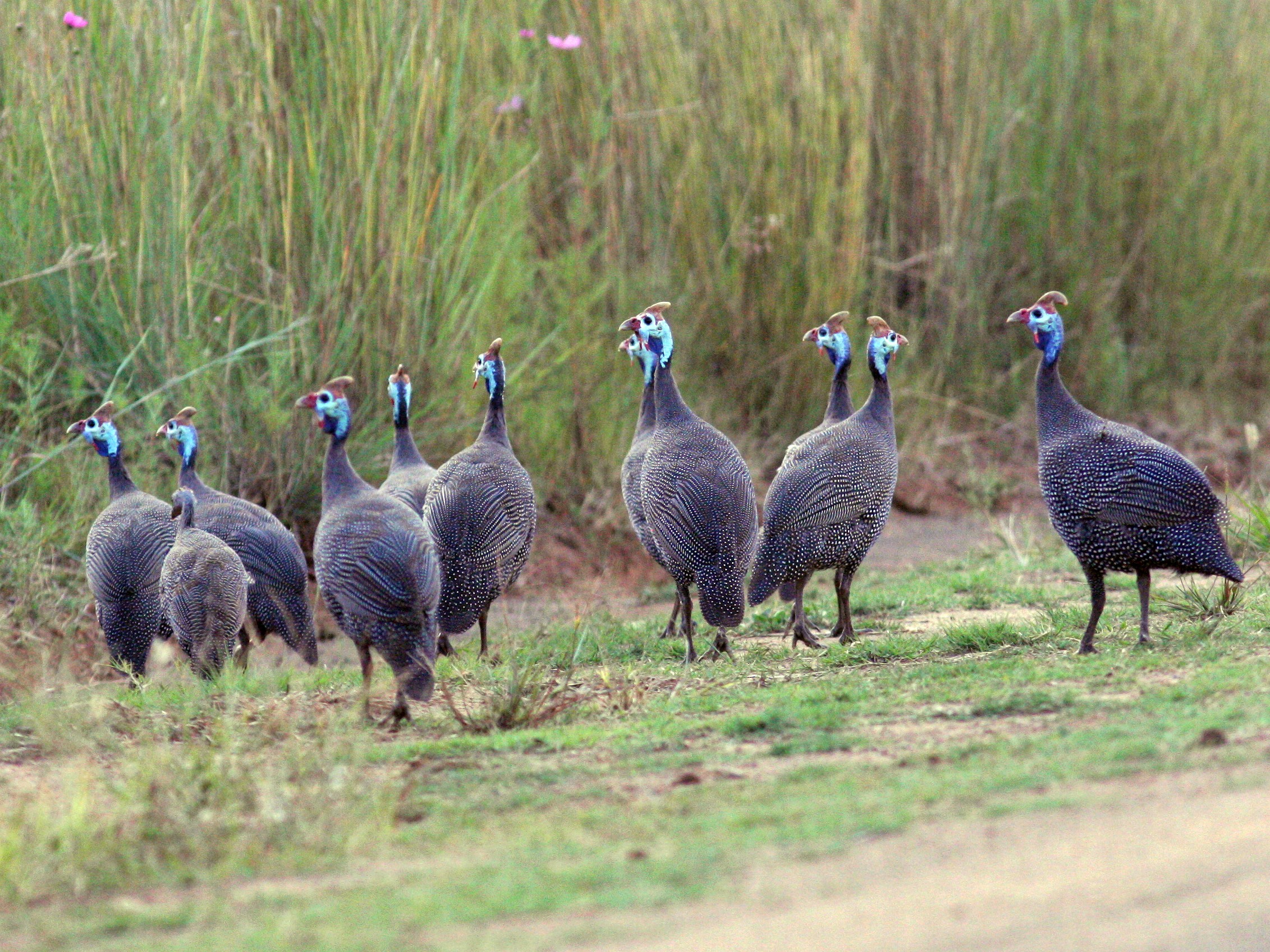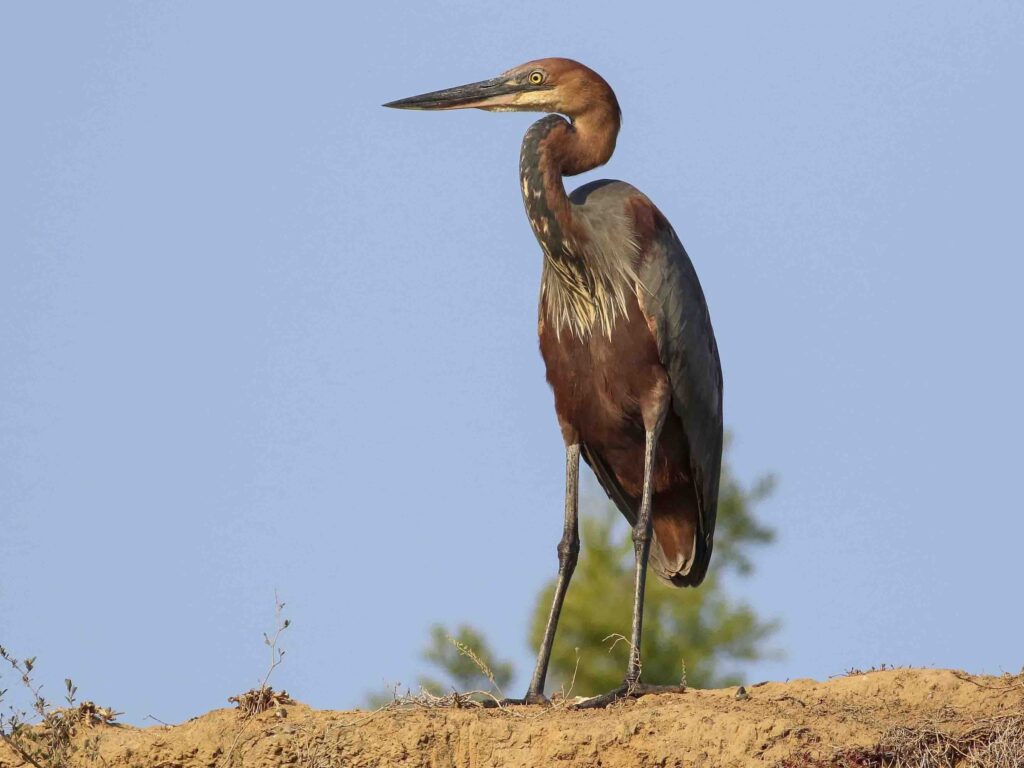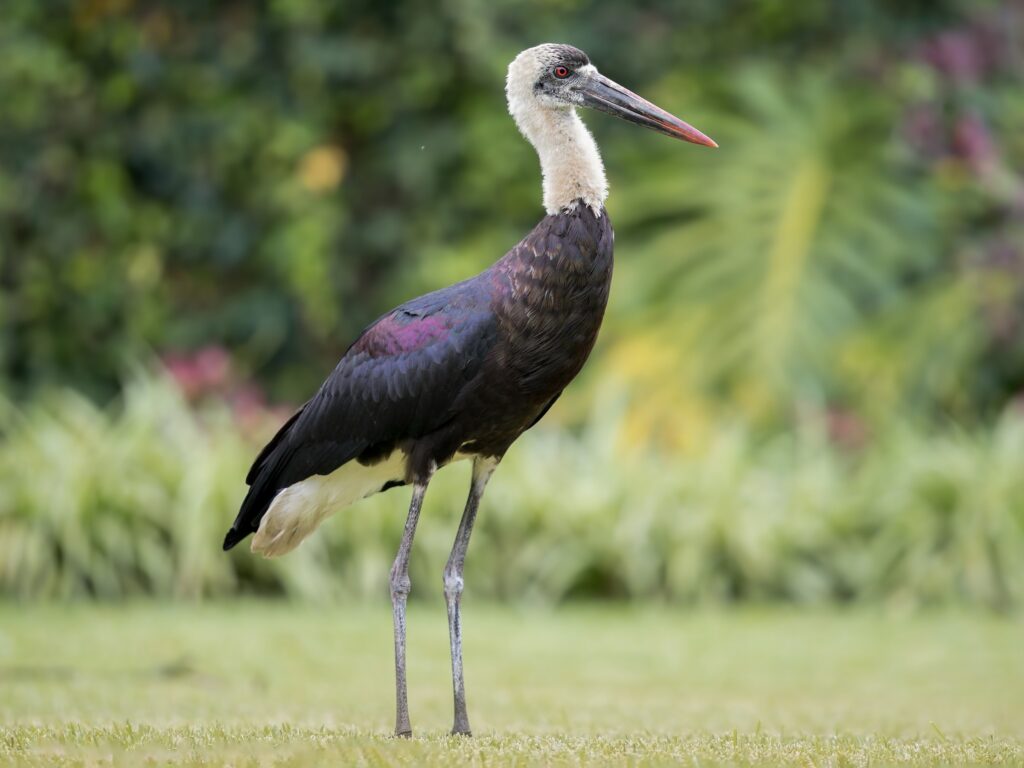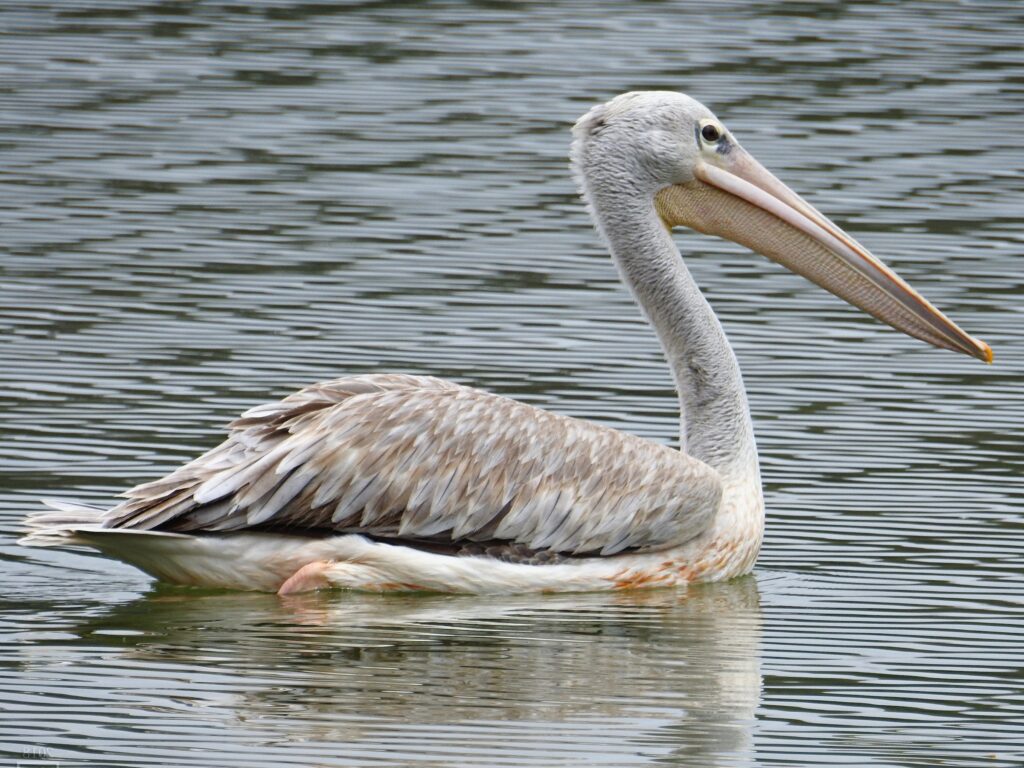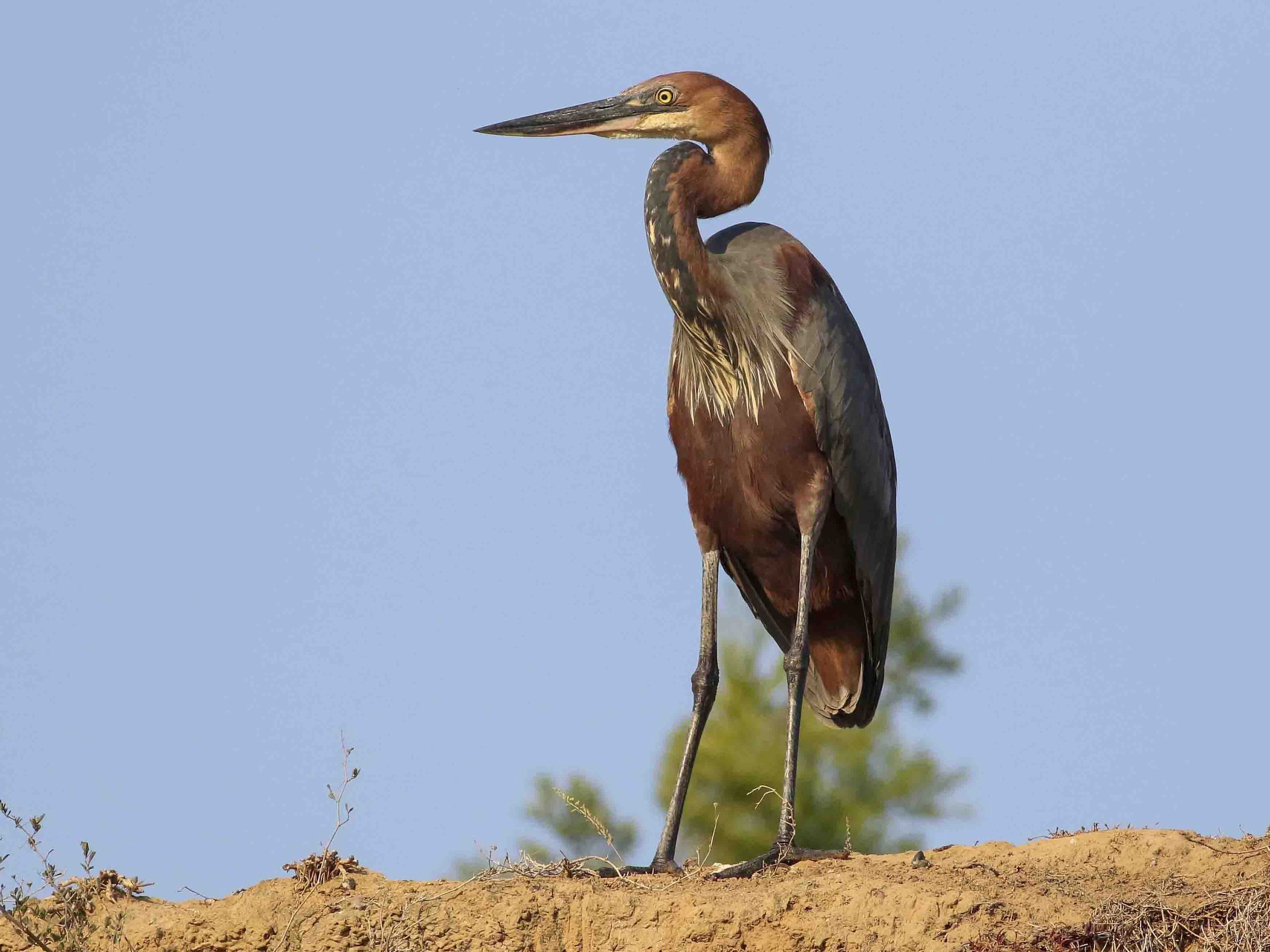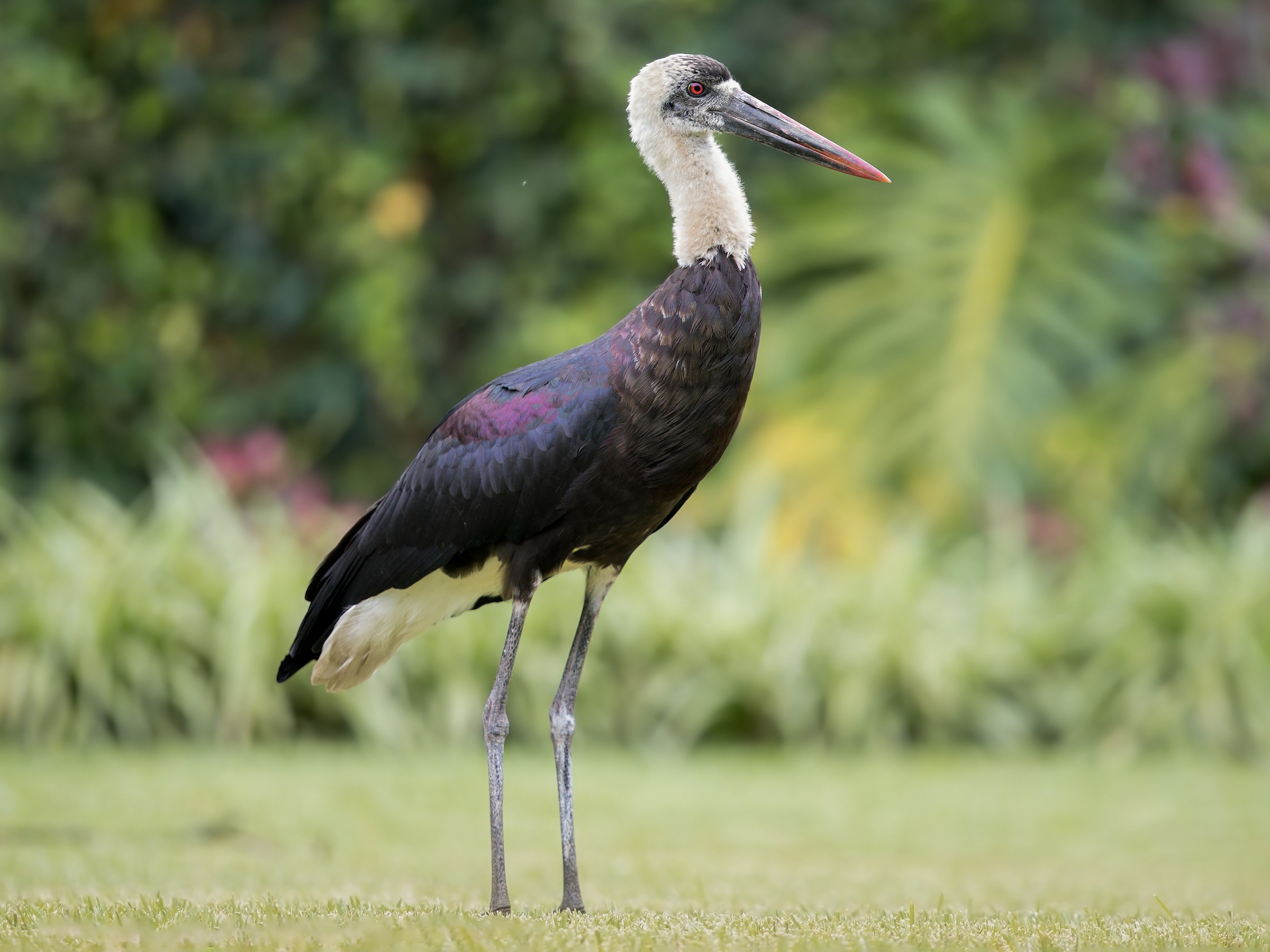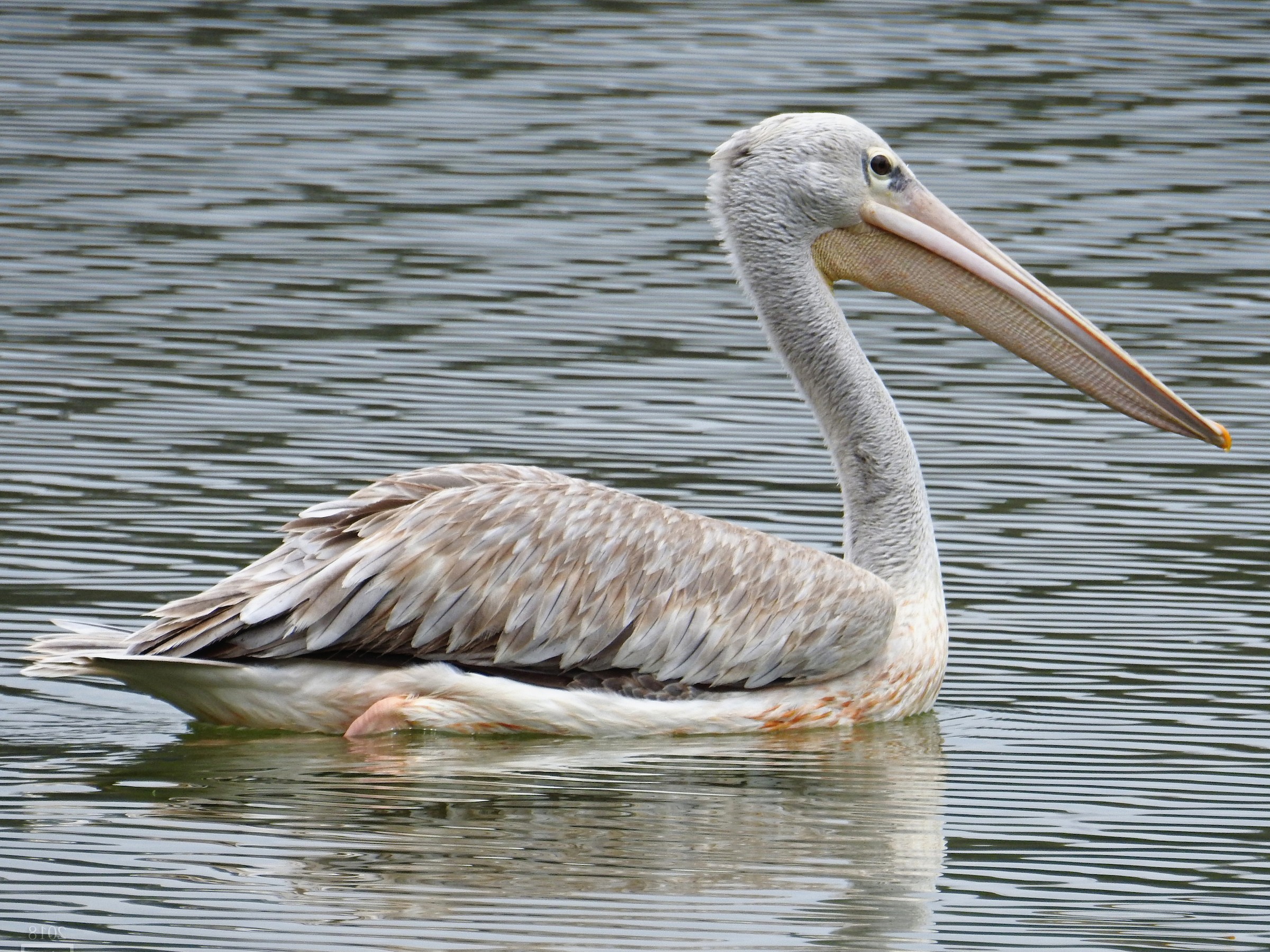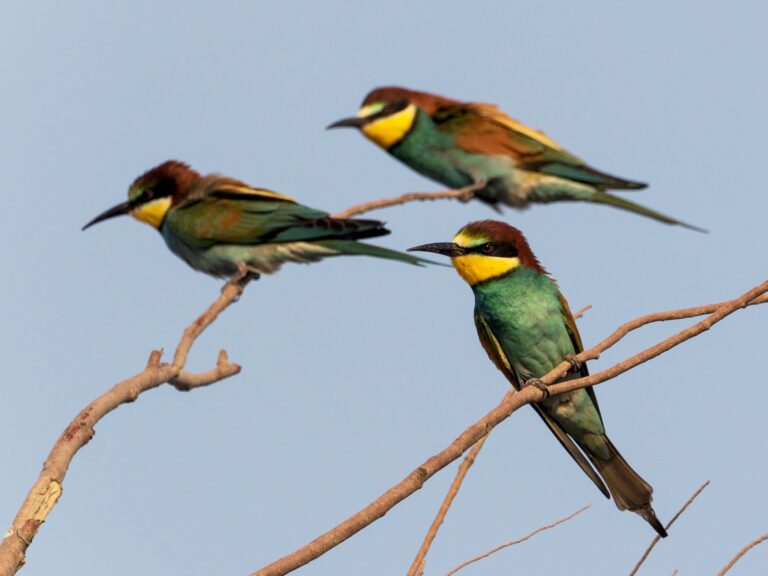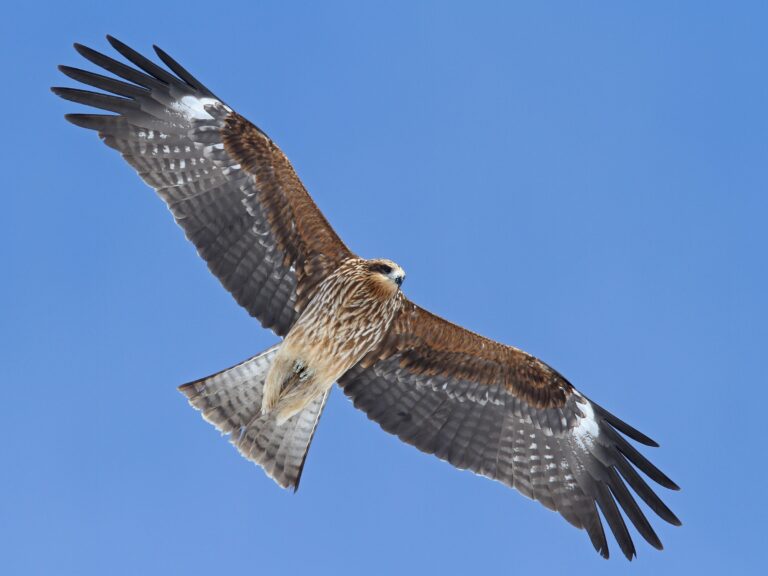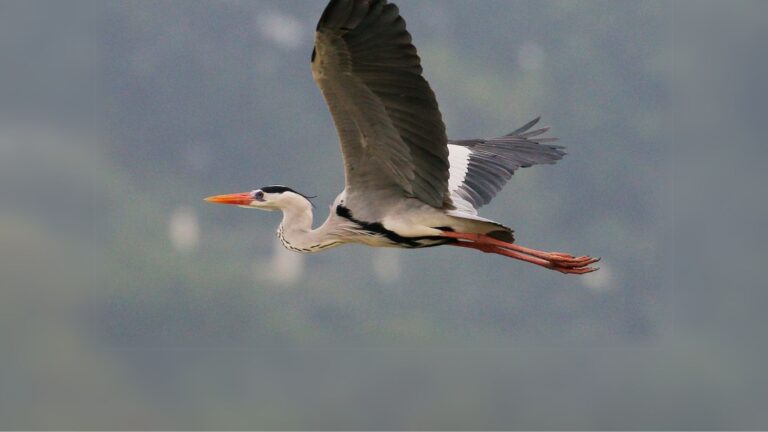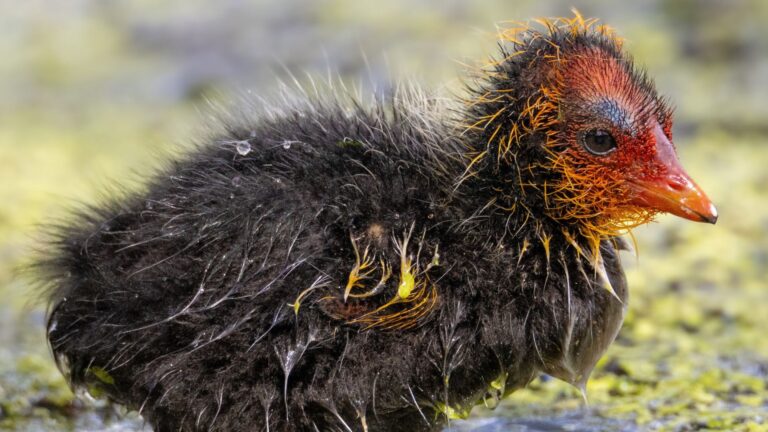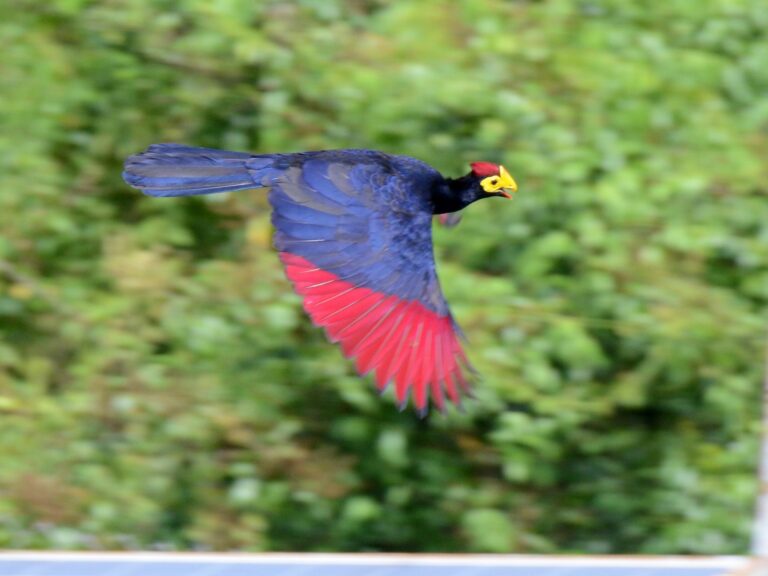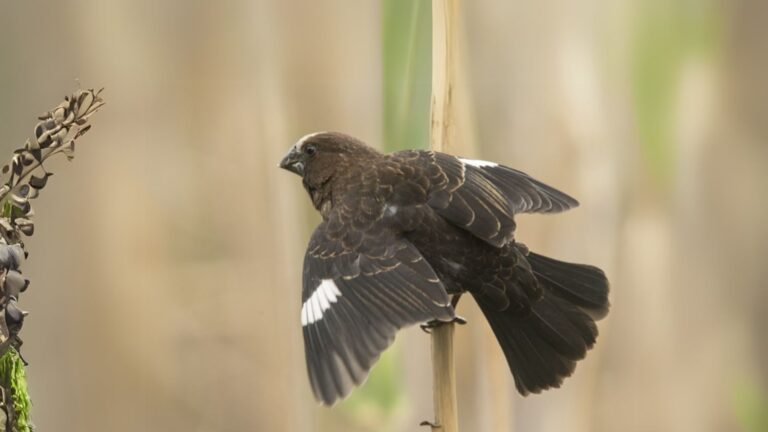African Birds: Discover the Most Stunning Species Across the Continent
Africa is home to an incredible diversity of bird species, from towering ostriches and flamboyant flamingos to the striking bee-eaters and impressive hornbills. This vast continent supports common and unique birds alike, boasting more than 2,300 species (sorry, we’re not going to list them all!) ranging from waterfowl to raptors to songbirds.
The varied landscapes—from deserts and wetlands to dense forests and open savannas—shape habitats for a remarkable array of African birds. Some bird-loving highlights are stately shoebill, those vivid sunbirds, and even Africa’s only penguin. Whether you’re on safari or just wandering a local park, you’ll likely catch some wild displays of color, behavior, and adaptation among the continent’s birdlife.
Diversity of African Bird Species
Notable Flightless Birds
Some of Africa’s most memorable birds can’t even fly. The ostrich, towering over 2.7 meters and sprinting at up to 70 km/h, rules the open savannah and arid plains. It relies on speed, not wings, to escape danger and sometimes to be the danger.
The kori bustard, often called Africa’s heaviest flying bird, actually spends most of its life grounded. It doesn’t fly unless it has to. Kori bustards munch on insects, seeds, and the occasional small vertebrate.
Colorful and Iconic Birds
Africa’s has no shortage of show-stopping avian life. The lilac-breasted roller flashes a wild mix of blue, purple, and green—no wonder it’s a favorite for photographers. Watch one during courtship, and you’ll see aerial acrobatics that put airshows to shame.
Fascinating violet-backed starlings whose coloration makes you wonder if they’re even real, stick together in social groups and pop up all over East Africa. Flamingos, especially the lesser flamingo, crowd soda lakes in flocks so huge they look almost unreal and the great cacophany of sound can be deafening. Their pink comes straight from their carotenoid-rich diet.
Then there are the cranes: the grey crowned crane with its golden headdress, and the blue crane, South Africa’s national bird. Both haunt wetlands and grasslands, adding a little extra elegance to the scenery. Each species brings something special to the ecosystem—and, if you ask me, to the beauty as well.
Raptors and Birds of Prey
African raptors come in all shapes and sizes. The African fish eagle, with its bold white head and sturdy build, patrols lakes and rivers, snatching fish with sharp talons and laser-sharp eyes.
The secretary bird, with those long legs and feathery crest, stalks the savanna on foot, hunting snakes and small mammals. Vultures—some now endangered—clean up after everyone else, eating carrion and keeping disease in check.
Owls, from the tiny African scops owl to much bigger species, each carve out their own niche. Raptors keep things balanced by culling rodents, fish, reptiles, and more, all across Africa’s patchwork of habitats (Wildlife ACT).
Habitats and Distribution
African birds carve out lives in all sorts of places—savannas, wetlands, forests, you name it. The climate, food, and landscape shape who lives where, from Kenya’s endless plains to the lush waterways of southern Africa.
Savannas and Grasslands
In the open grasslands and savannas of Tanzania and Kenya, you’ll run into icons like the secretary bird and kori bustard. The endangered Secretary birds stride through tall grass hunting for snakes and larger insects. Kori bustards, some of Africa’s heftiest fliers, show off their best moves in these wide-open spaces.
Big flocks and smaller groups both thrive here. The Masai ostrich, for example, sticks to small groups. Birds use scattered acacias for nests and shade, while the open ground lets ground-dwellers forage with few obstacles.
As the seasons shift, birds go where the food is, sometimes crossing borders or traveling far to track resources (Migratory Birds). They’re built to handle both wet and dry spells, adapting as they go.
Wetlands and Waterways
Wetlands and rivers, especially in southern Africa, support birds that depend on water. Flamingos gather in jaw-dropping numbers on Rift Valley soda lakes, while grey crowned cranes nest in marshes and snack on insects and small critters.
African oystercatchers thrive along South Africa’s Atlantic coast, and the Egyptian goose is a common sight on waterways, usually in pairs or family groups. These watery habitats are rich but fragile—water levels and pollution can change everything fast.
Many birds need the wetlands for breeding, feeding, or migration stopovers. If these places disappear, so do the birds that can’t just move elsewhere. There’s more on habitat associations among African birds here.
Woodlands and Forests
Woodlands and forests—think miombo or fynbos—host a whole different crowd. The cape sugarbird, for instance, sticks close to certain plants, sipping nectar and catching insects.
The Southern ground hornbills roam open wooded savannas, usually in small family groups that defend big territories. In the thick canopy, smaller songbirds blend in, almost invisible unless you know what to look for.
The dominant trees shape these habitats—acacias in the east, hardwoods down south. Woodlands give birds a refuge from predators and a steady food supply, even when the seasons flip. For more on who lives where, check out Birds of East Africa: Their Habitat, Status, and Distribution.
Unique Adaptations of African Birds
From deserts to rainforests, African birds have to get creative to survive. Specialized behaviors and oddball adaptations help them find food, raise their chicks, and stake out territory in some pretty tough environments.
Feeding Strategies
Feeding habits? There’s no one-size-fits-all. The African Bee-eater pulls off mid-air stunts to snatch bees and grasshoppers, relying on sharp eyes and quick moves.
Starlings and oxpeckers team up with big mammals, picking off ticks and parasites. Both sides win—the birds get food, the animals get a little relief.
Seed-eaters like weavers use strong, conical bills to crack tough seeds. Some desert birds have to get clever—regulating their body temperature or sticking to the shade to save water while they hunt. These little tricks let birds make the most of whatever food’s around (Desert Birds’ Adaptations).
Nesting and Breeding Habits
Nesting is another area where African birds get inventive. Many defend their nests fiercely, and pairs often work together to build elaborate nests from grass, twigs, and feathers. Weavers, in particular, create intricate hanging nests to keep predators at bay.
Some birds pick cliff faces or tree hollows, while others go underground. Social species might nest in big colonies, using sheer numbers to scare off threats. Breeding usually lines up with food booms, so chicks get plenty to eat when they need it most. The variety in nesting is honestly pretty stunning (African Birds of Prey).
Social Behavior and Group Structures
African birds show off all sorts of social behaviors, from massive flocks to fiercely guarded territories. Group size, structure, and breeding habits change wildly by species, shaping how birds survive and adapt.
Gregarious and Solitary Birds
Some, like the Vulturine Guineafowl, live in surprisingly complex groups. These birds have stable memberships and even form multilevel associations—pretty wild for a bird. Research found that they can build multilevel societies, which is rare in the bird world.
Others stick to smaller groups for safety or hunting. Weaverbirds and starlings sometimes flock in the thousands, while raptors and owls mostly go it alone, meeting up only to breed or raise chicks.
Living in groups has perks—cooperative feeding, safety in numbers, and better defense. Some species even shift their group size depending on what’s happening in their environment. The range from tiny flocks to massive gatherings really shows how flexible and inventive African birds can be.
Territoriality and Pairing
Territorial behavior plays a big role for many African birds. Hornbills, sunbirds, and bee-eaters, for example, will fiercely defend their chosen patch—whether for feeding or nesting. By holding onto these territories, they get first dibs on resources and keep competition at bay.
Pair bonds tend to form, especially as the breeding season approaches. Plenty of species stick with one partner, sharing tasks like nest building, incubation, and raising chicks. Fish eagles and African grey parrots are classic examples—they usually pair up for the long haul.
When it comes to defending territory, you’ll see all sorts of displays, calls, and sometimes real scraps to chase off rivals. Pairs often work together, which helps them raise chicks and keep their turf secure. It’s a system that mixes resource protection with teamwork—pretty effective, really.
Important Bird Families in Africa
Africa’s birdlife is wildly diverse, with families that have adapted to every kind of habitat you can imagine. Some groups really stand out—whether for their looks, what they do for the environment, or just the stories people tell about them.
Hornbills and Allies
Hornbills are hard to miss across sub-Saharan Africa. Their big, curved bills—sometimes topped with a casque—make them instantly recognizable. The Southern Ground Hornbill, for instance, is often spotted striding through the savanna, hunting for insects or small animals.
Most hornbills aren’t picky eaters. They’ll go for fruit, insects, or little critters, and their eating habits help spread seeds around, which is great for the ecosystem. Nesting is a whole production: the female gets sealed inside a tree cavity, with just a slit left open so the male can feed her.
Some of the things that make hornbills unique:
- Big, sturdy bills
- Social behavior and noisy calls
- Striking plumage—lots of black, white, and sometimes red
Galliformes and Game Birds
Galliformes include helmeted guineafowl, spurfowl, and francolins. These birds stick close to the ground and favor open spaces—grasslands, savannas, and the edges of woodlands. The helmeted guineafowl, with its blue bald head and helmet, is especially easy to spot.
Game birds in Africa have to be tough and quick—they’re a key food source for predators. The yellow-necked spurfowl and various francolins are common sights. With strong legs, they scratch the ground for seeds, insects, and tubers.
Some features you’ll notice in African Galliformes:
| Common Name | Distinctive Features | Habitat |
|---|---|---|
| Helmeted Guineafowl | Featherless blue head, spotted plumage | Open grassland, farmland |
| Yellow-necked Spurfowl | Yellow throat patch, barred underparts | Savanna, scrub |
| Francolins | Brown streaked plumage, robust build | Varied, ground-dwelling |
Want more details on these species? The Kruger Park African Bird Guide is worth a look.
Cranes and Waterbirds
Cranes and other waterbirds tend to stick to wetlands and floodplains. The grey crowned crane, with its golden spiky crown and graceful dancing, grabs attention wherever it goes.
Grey crowned cranes usually move around in pairs or small family groups. They eat just about anything—seeds, insects, and little vertebrates they find in grass or shallow water. These birds really need undisturbed wetlands for both feeding and nesting, so habitat loss is a real threat.
Herons, storks, and pelicans also play important parts in these watery habitats. Seeing species like the grey crowned crane often signals a healthy wetland. For more on where these birds live and what they mean for the environment, check out the State of Africa’s Birds report.
Photography and Observation
Photographing and watching African birds isn’t just about luck—you’ve got to know where to look and how to catch those moments. Travelers and bird lovers can get so much more out of their trips by picking the right spots and brushing up on camera basics.
Popular Bird Watching Destinations
Kenya, Tanzania, and South Africa are top picks for birdwatching in Africa. Kenya’s Maasai Mara and Lake Nakuru are packed with species—flamingos, hornbills, raptors, you name it.
In Tanzania, the Serengeti and Ngorongoro Crater attract folks hoping to see everything from storks to secretary birds. South Africa’s Kruger National Park and KwaZulu-Natal wetlands are loaded with birds and pretty easy to get around, whether you’re driving yourself or joining a tour.
Thanks to the range of ecosystems, you can spot iconic birds in both open savannahs and lush wetlands. If you’re after variety, safaris and national parks usually have expert guides and viewing platforms that make it easier to find rare or local species.
Many parks even set up hides and lookouts so you can watch birds without disturbing them—definitely a bonus for photographers and patient observers alike.
